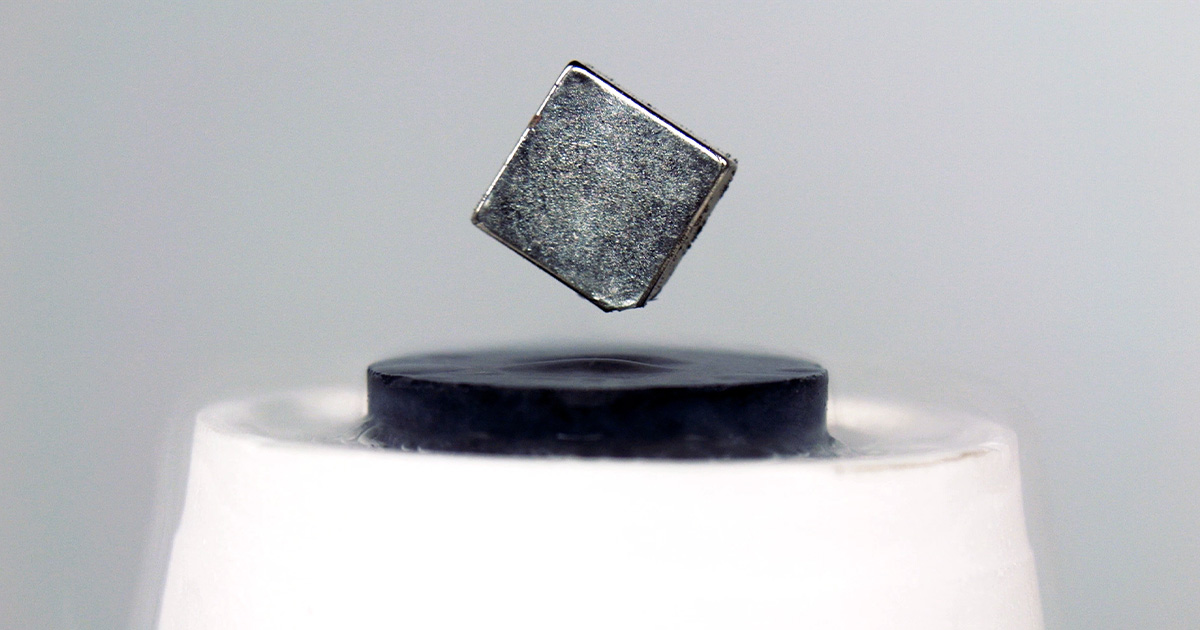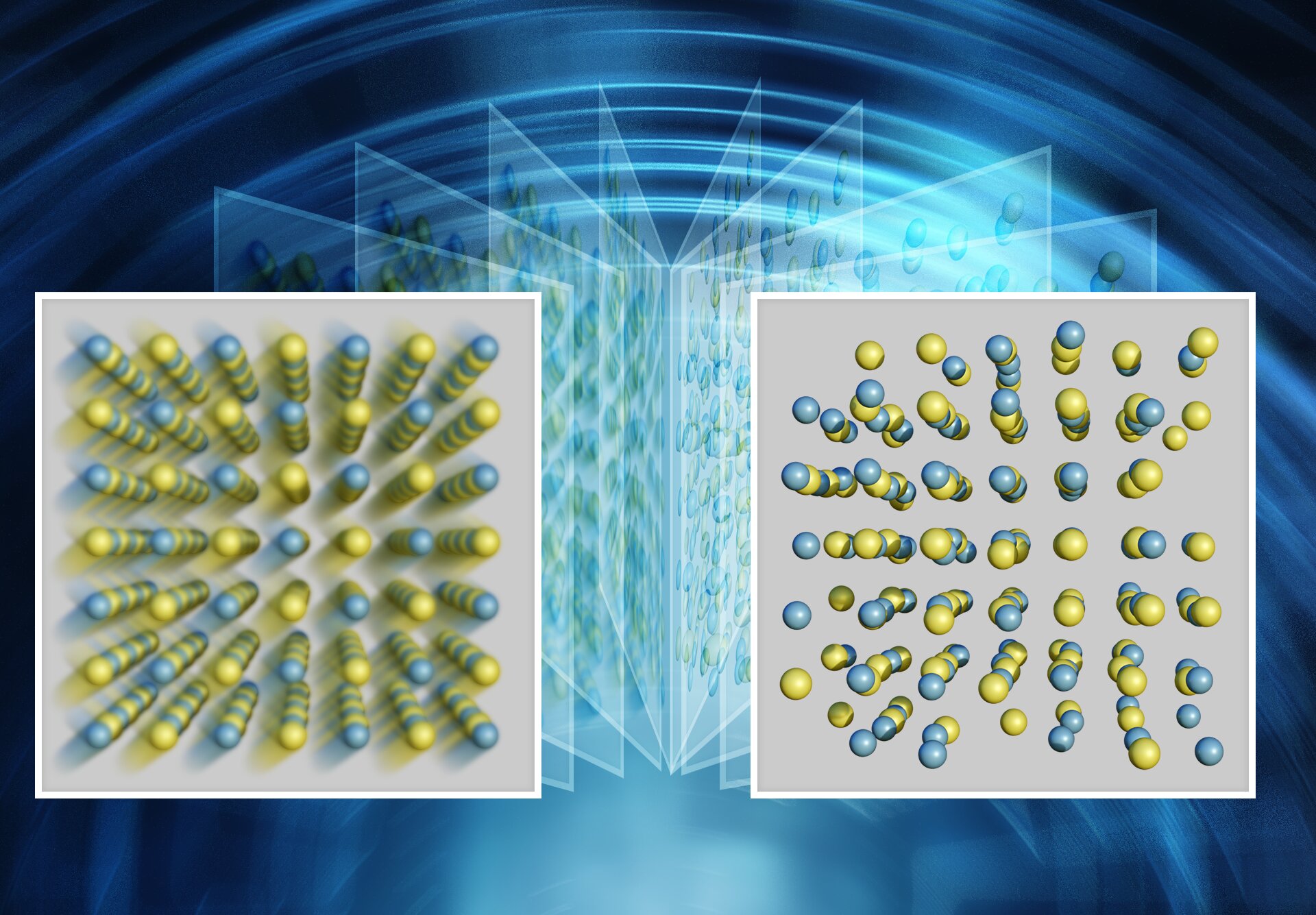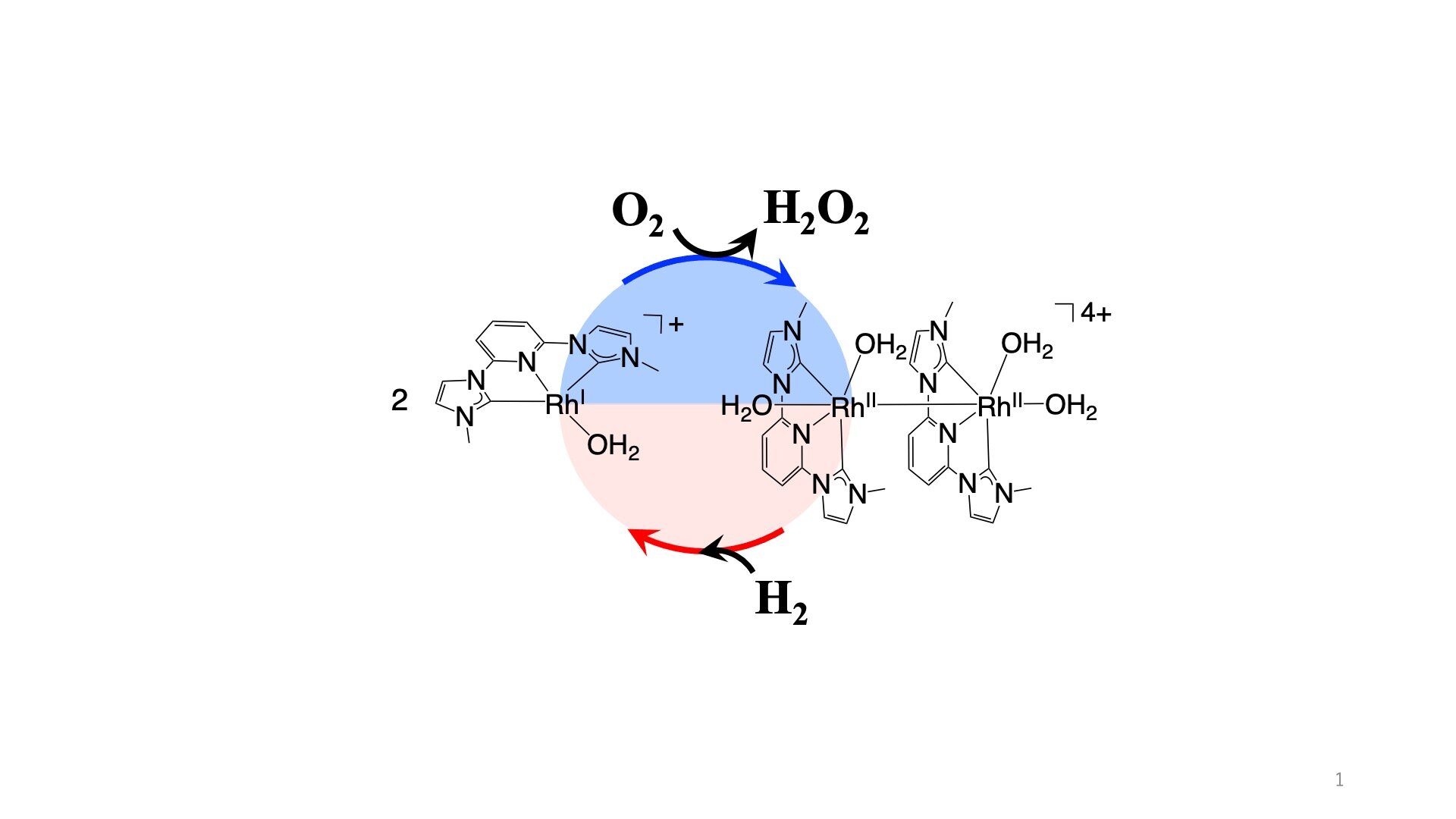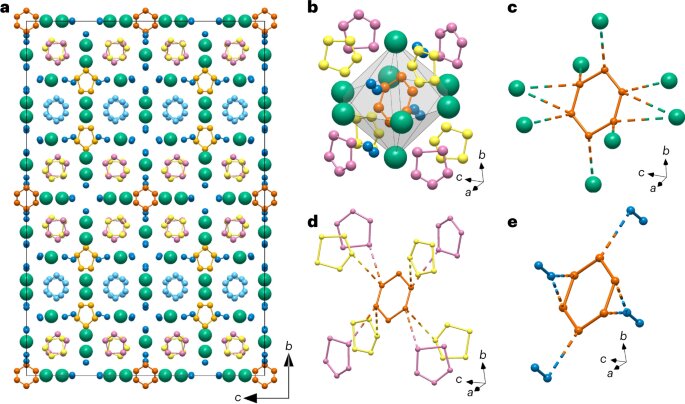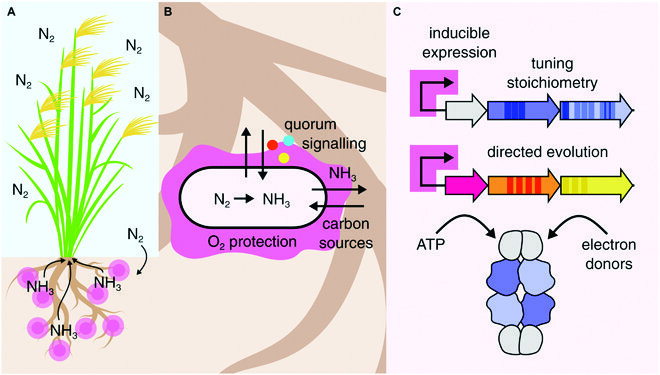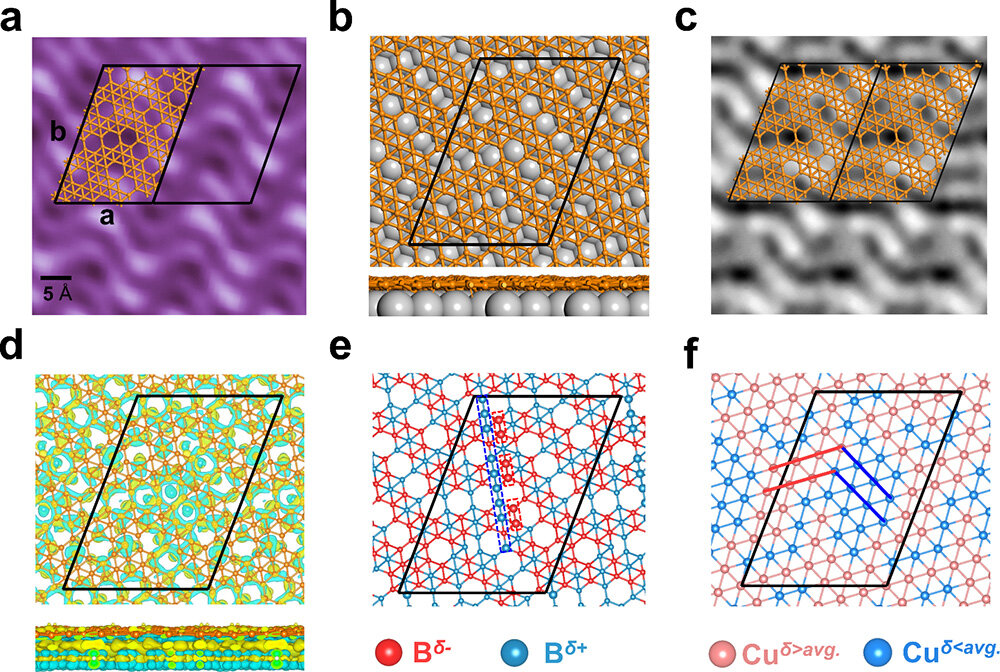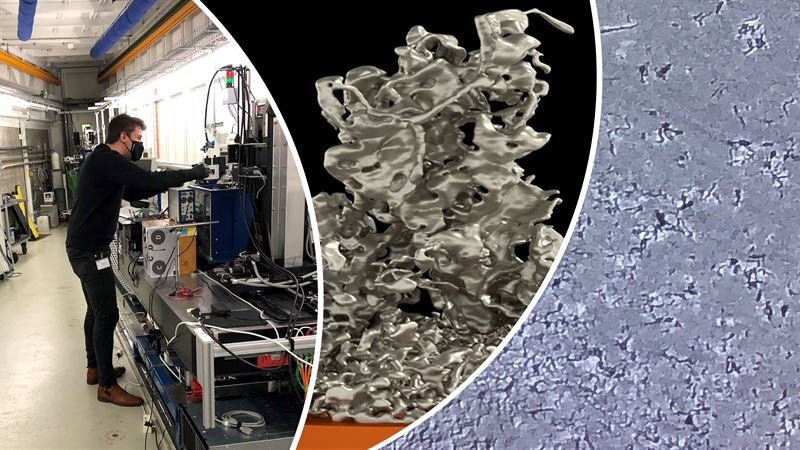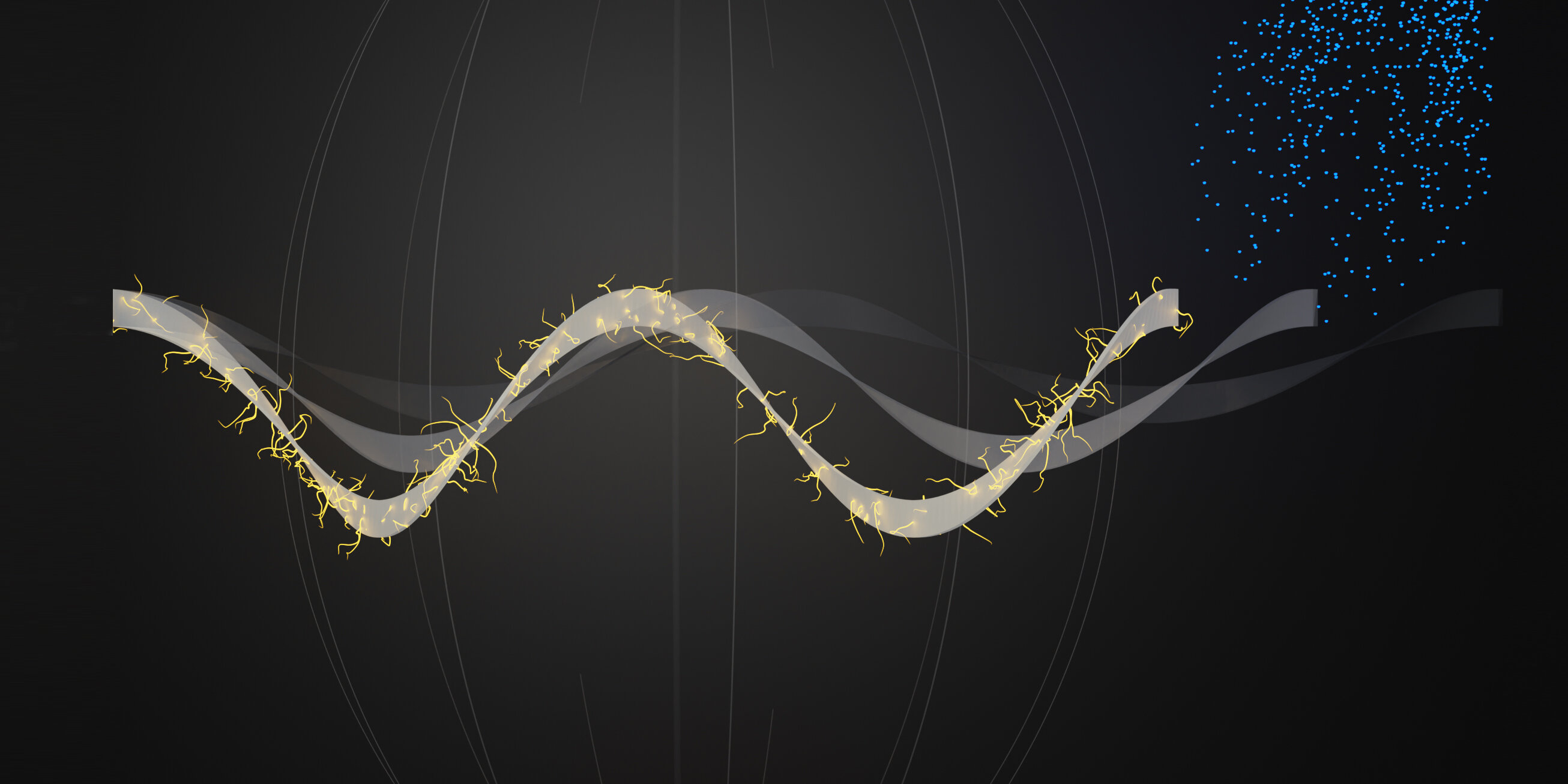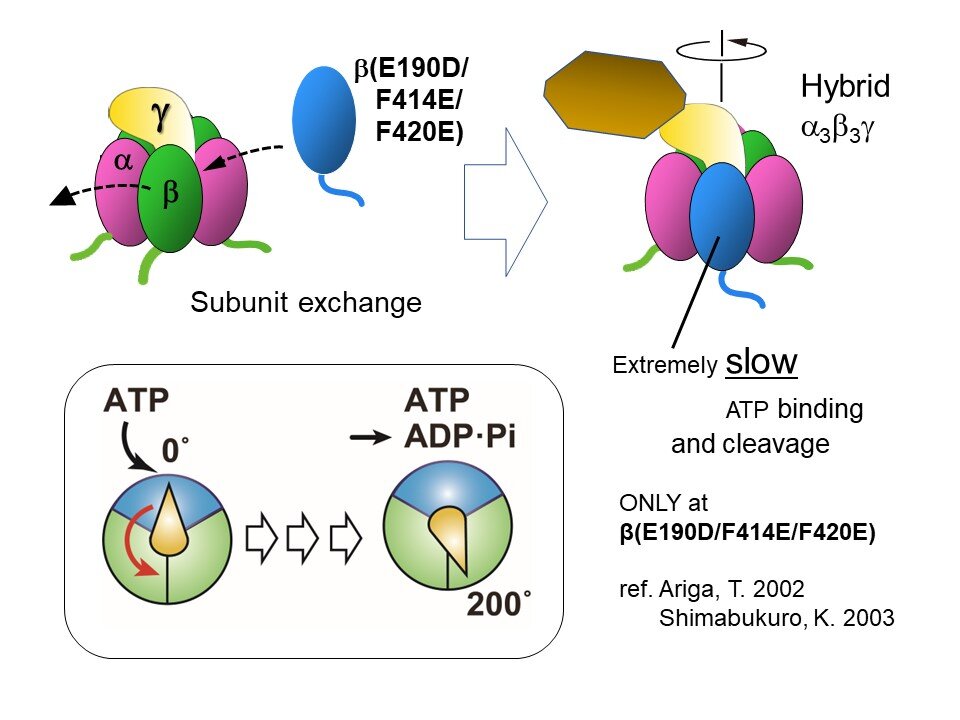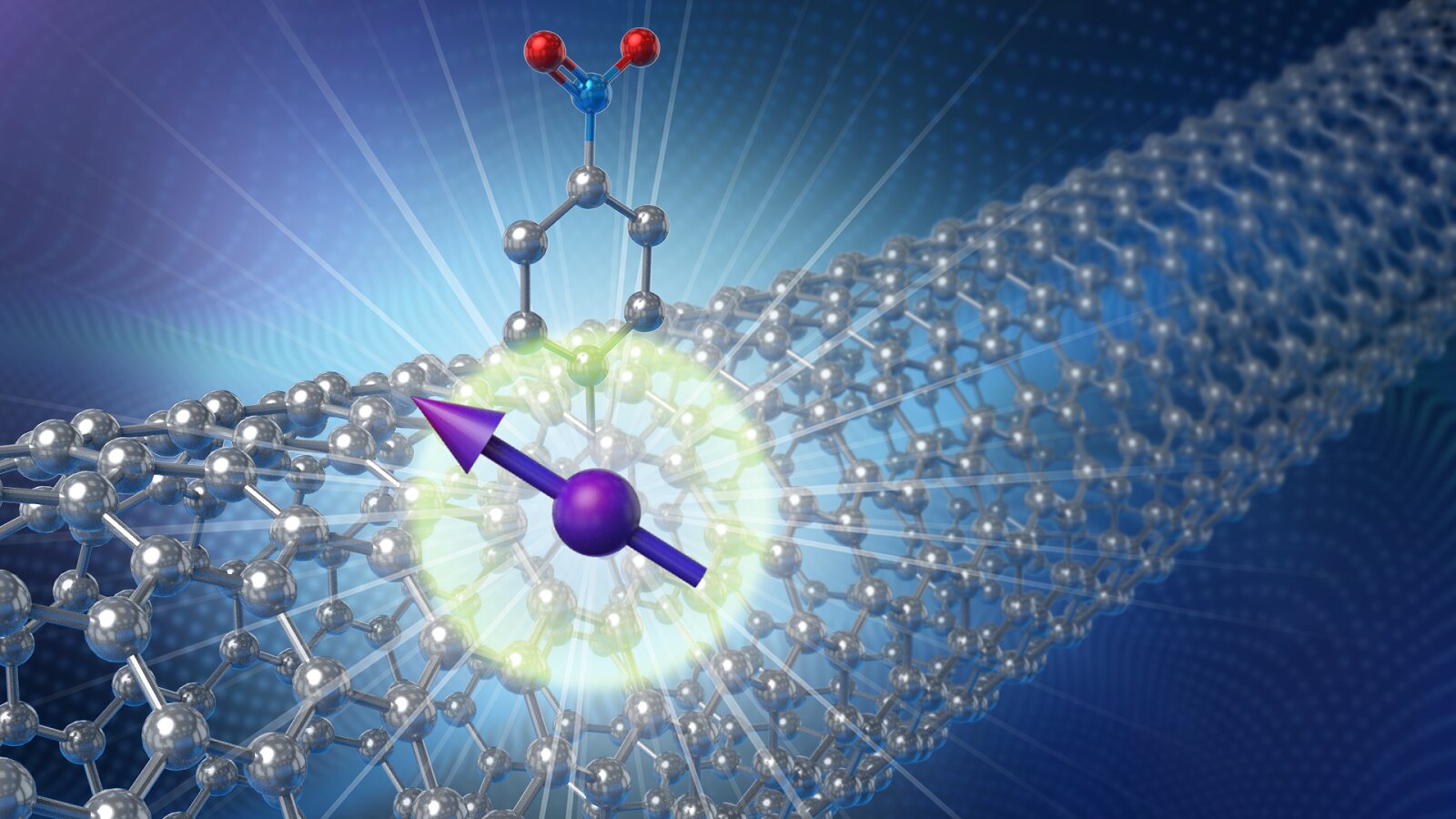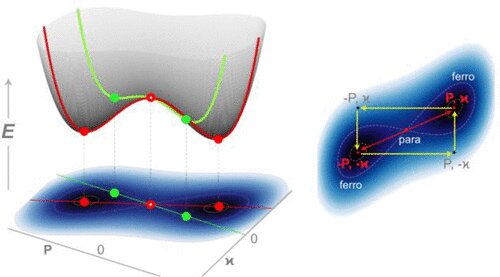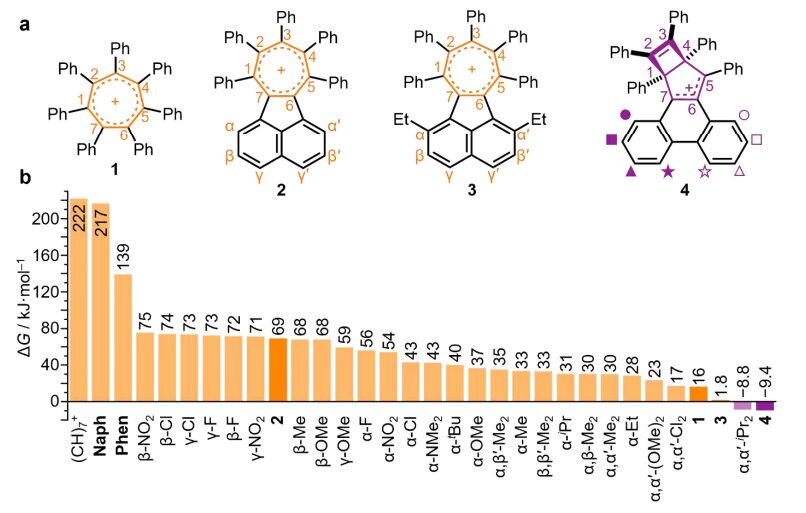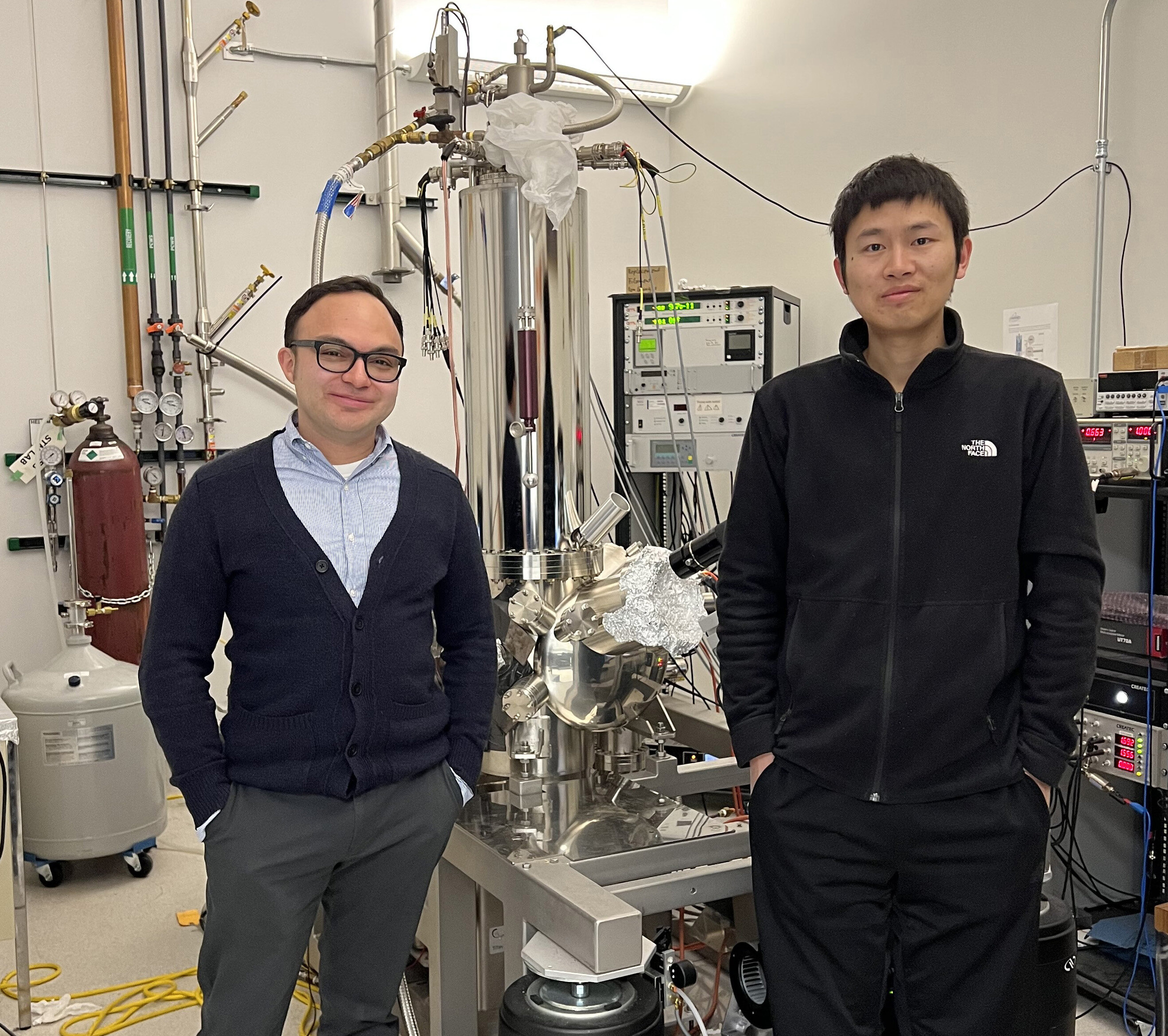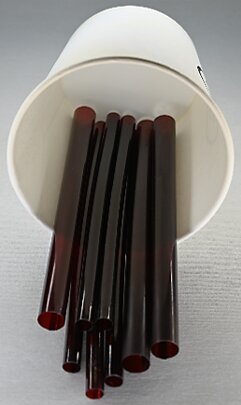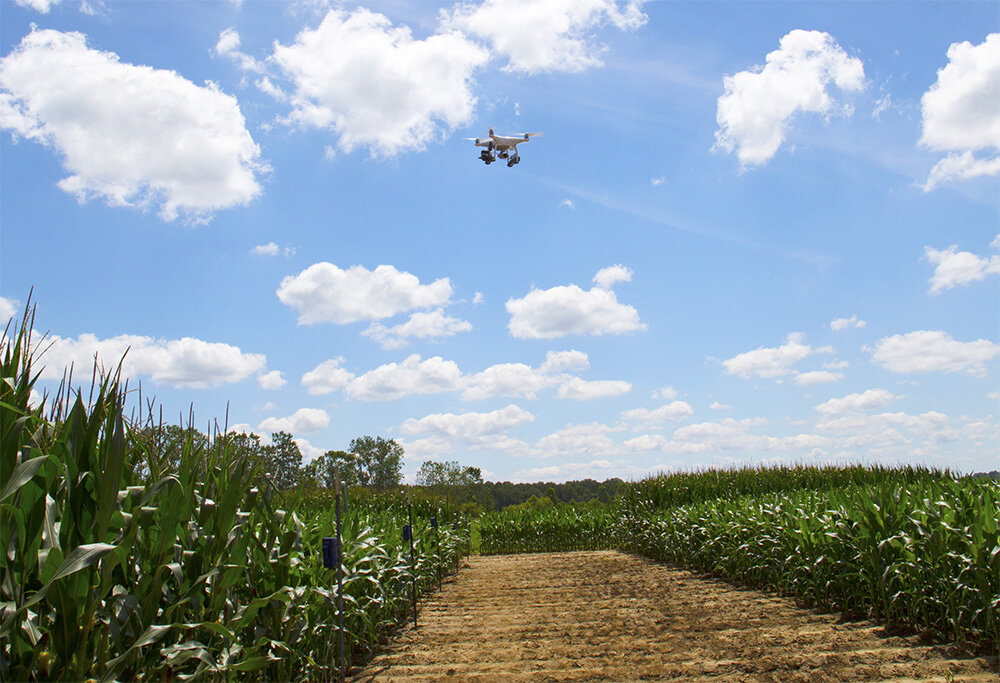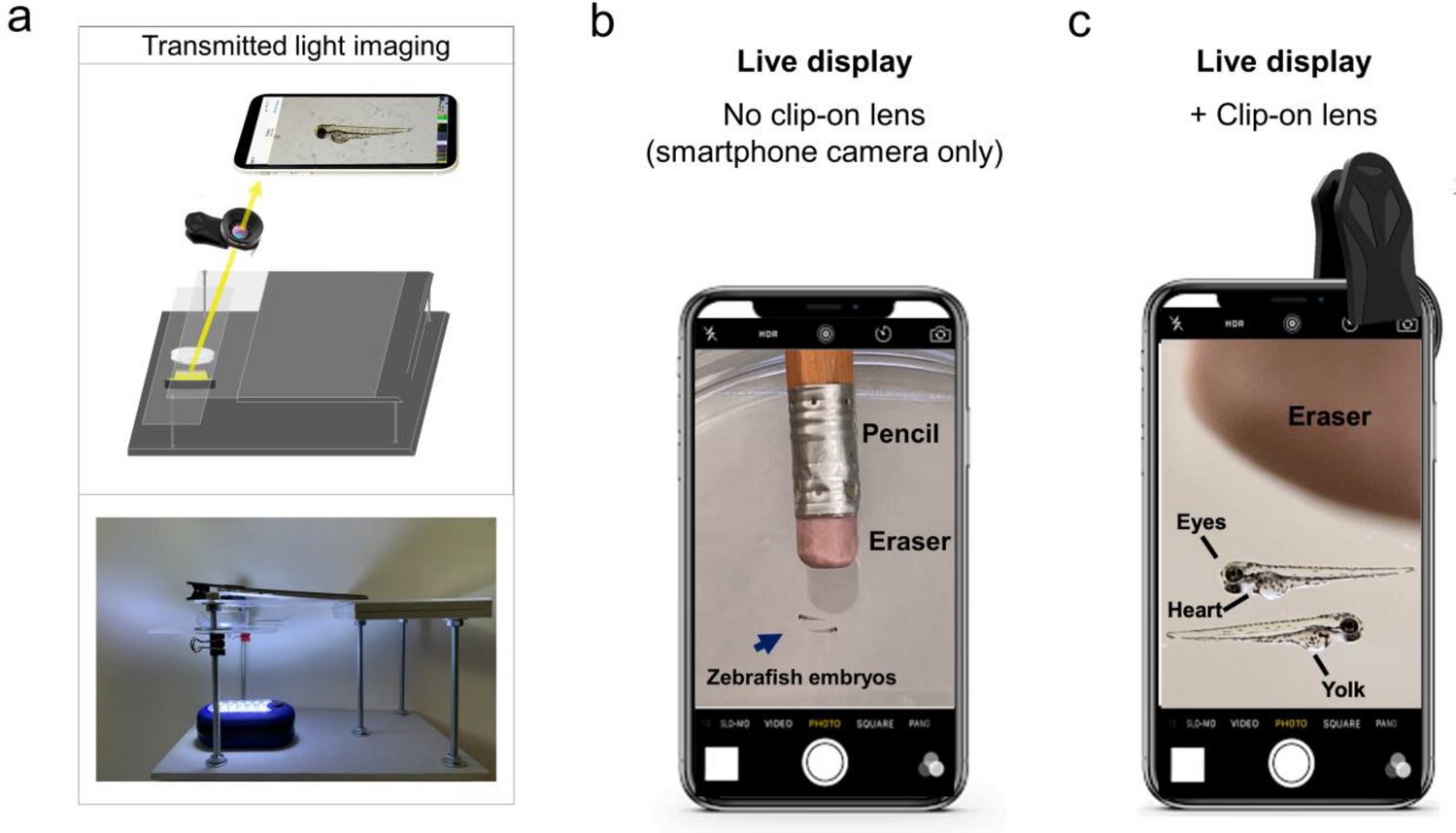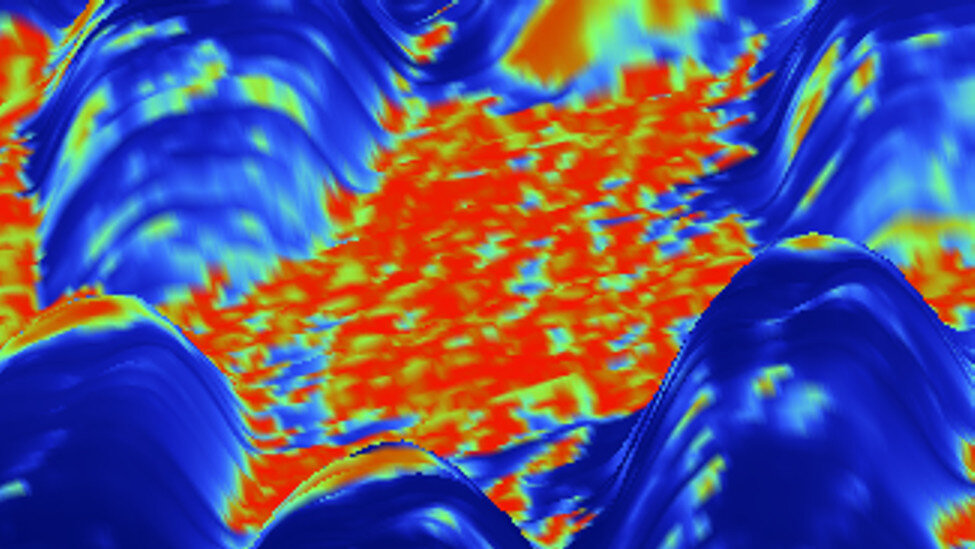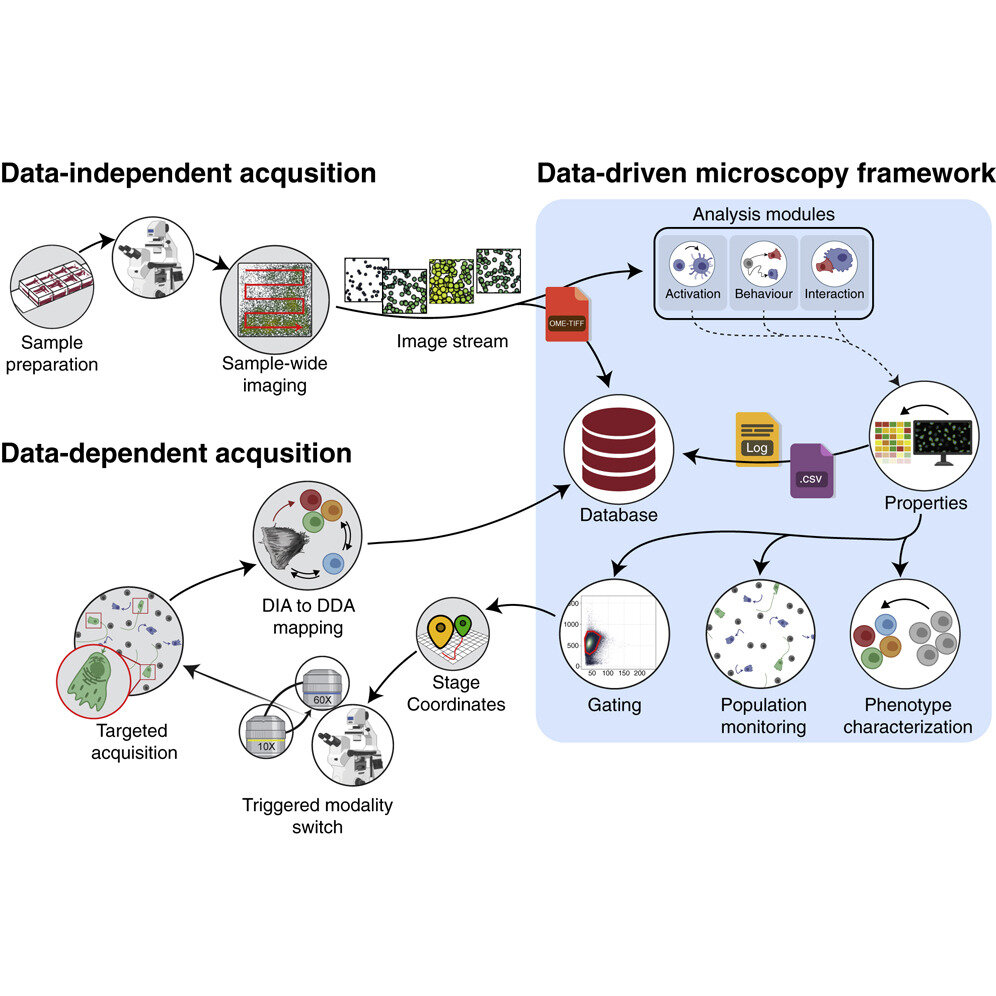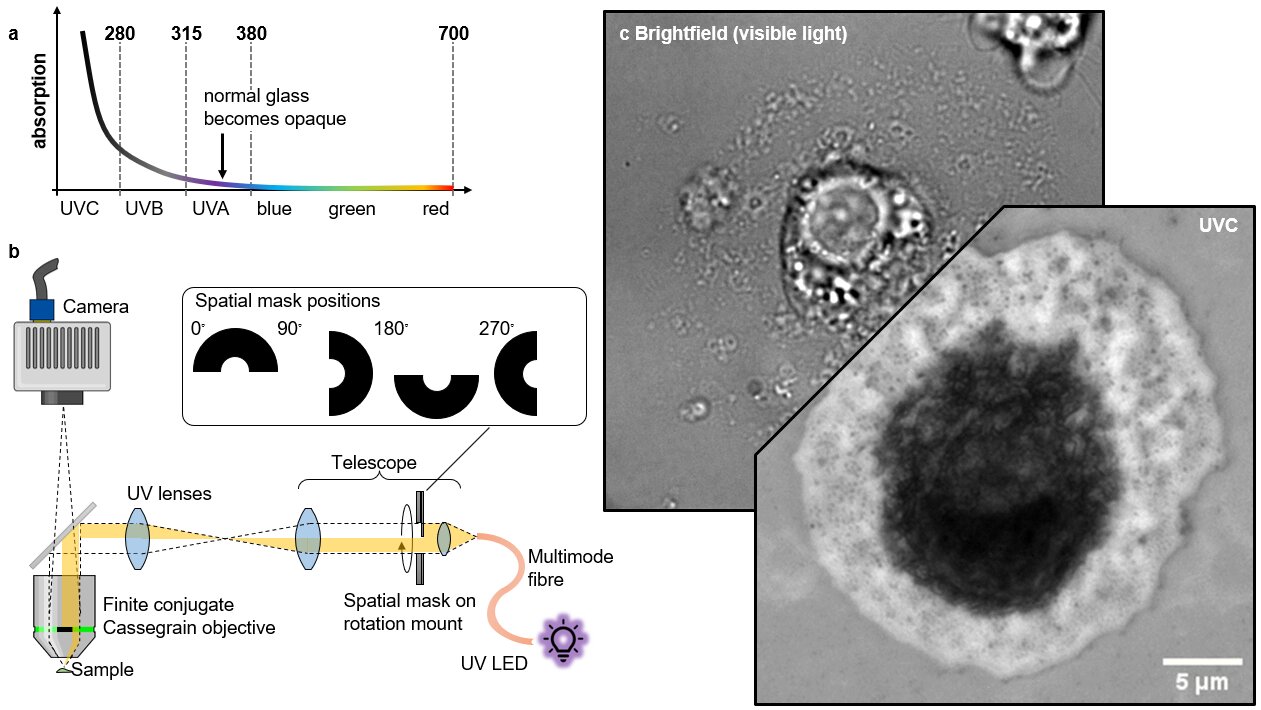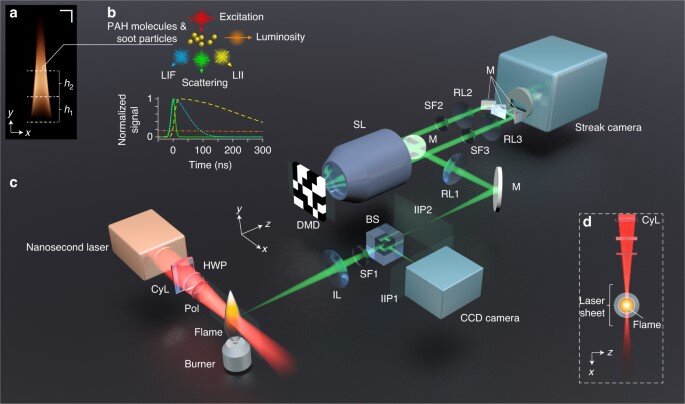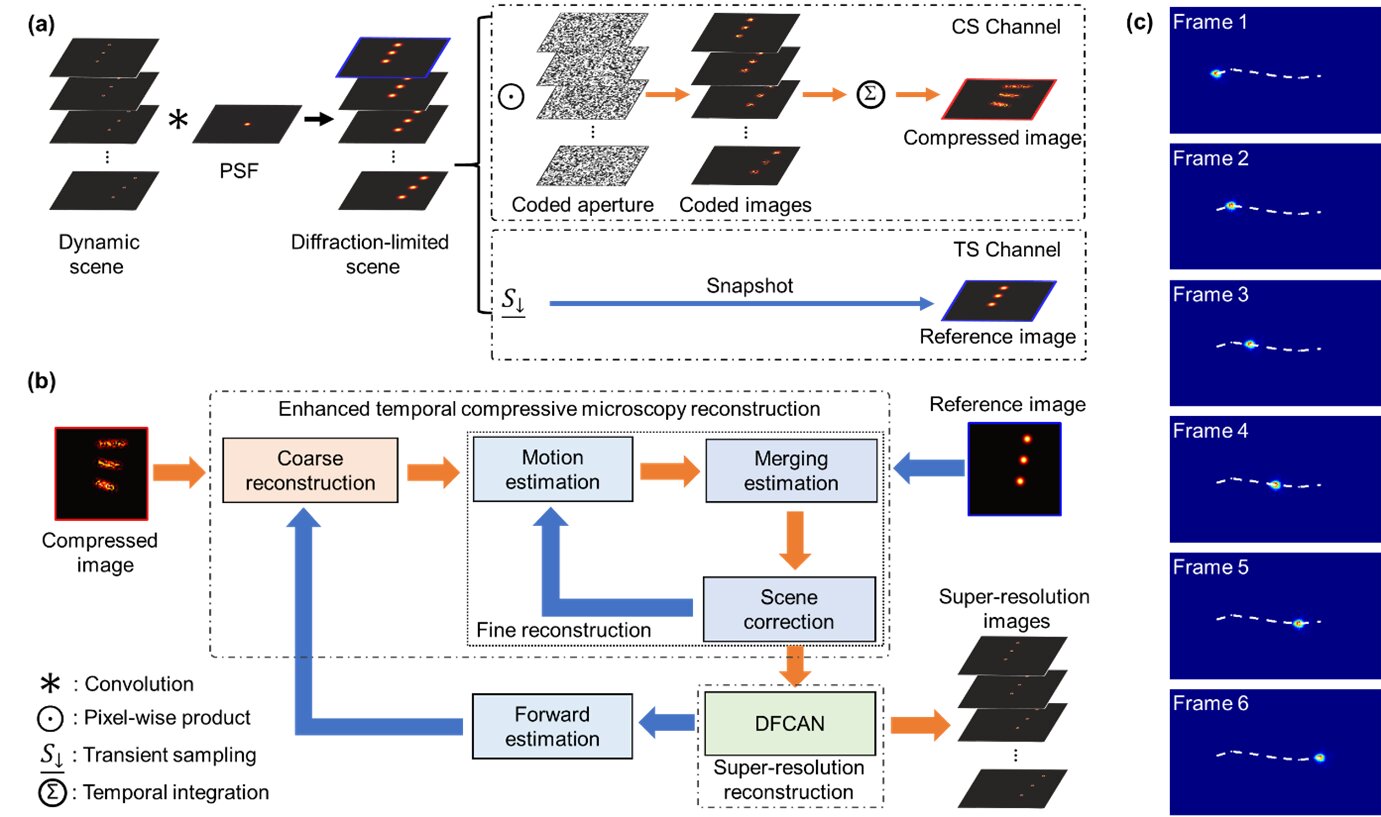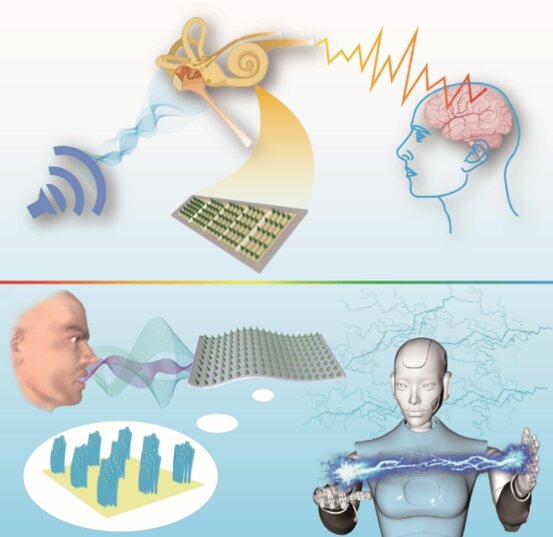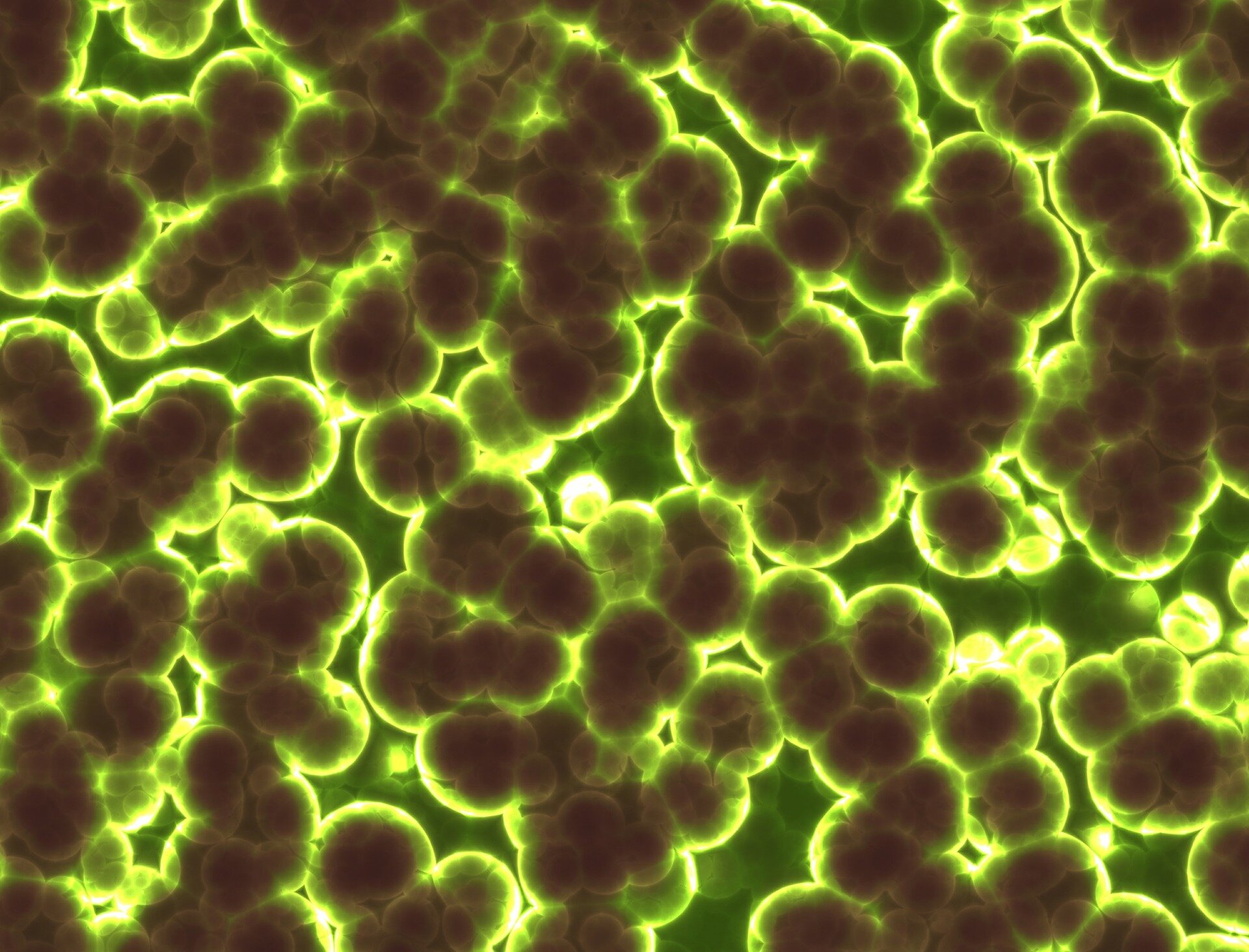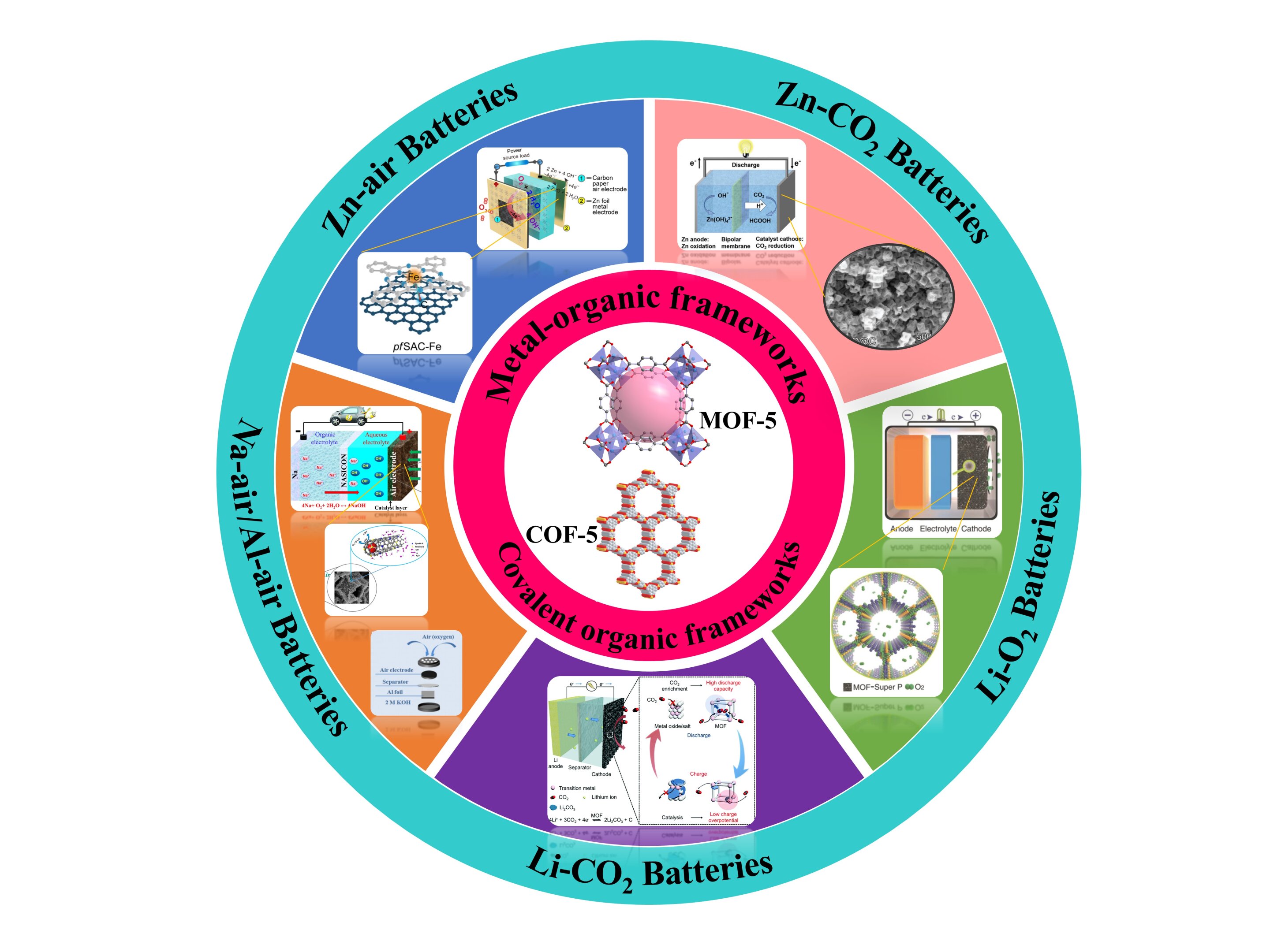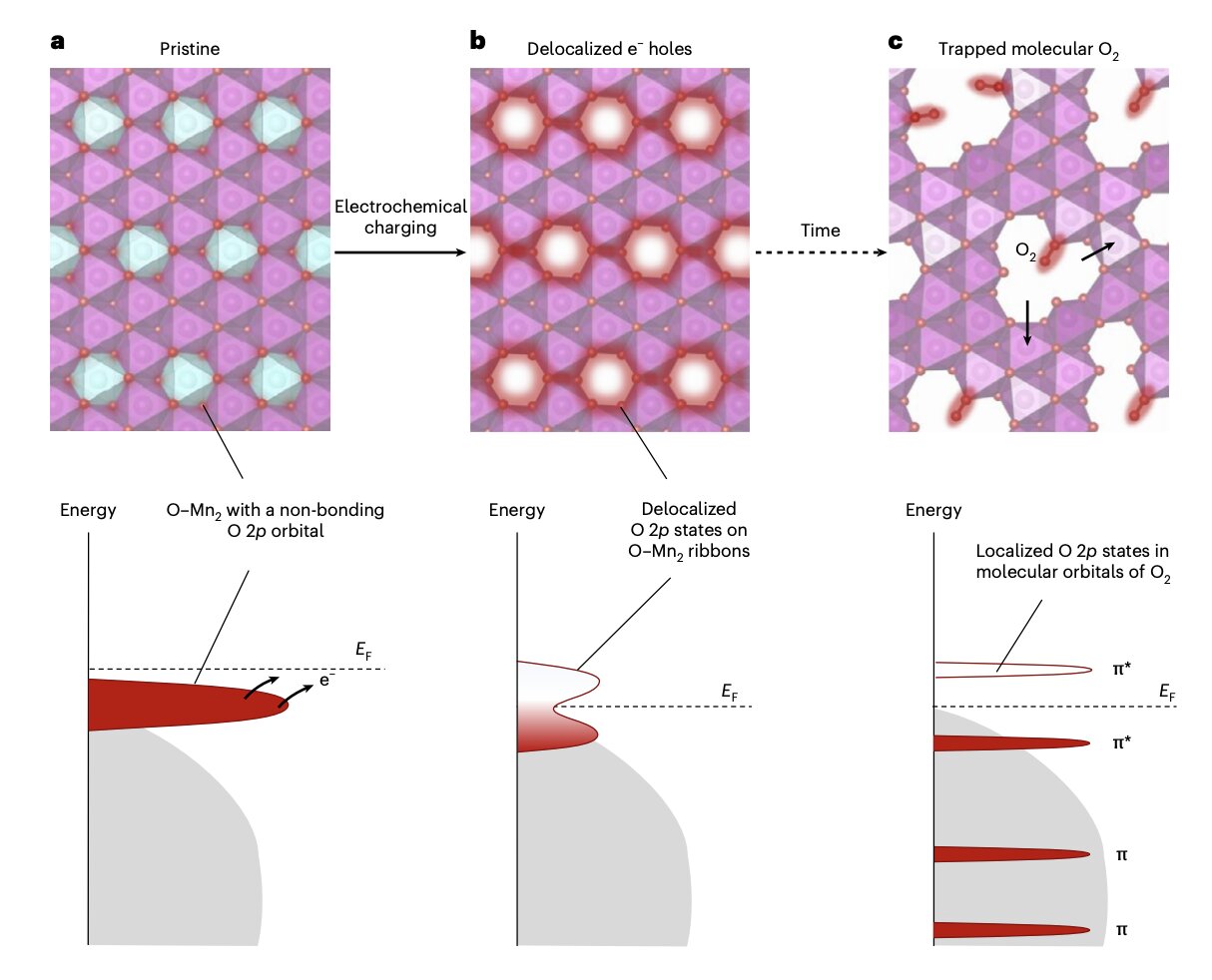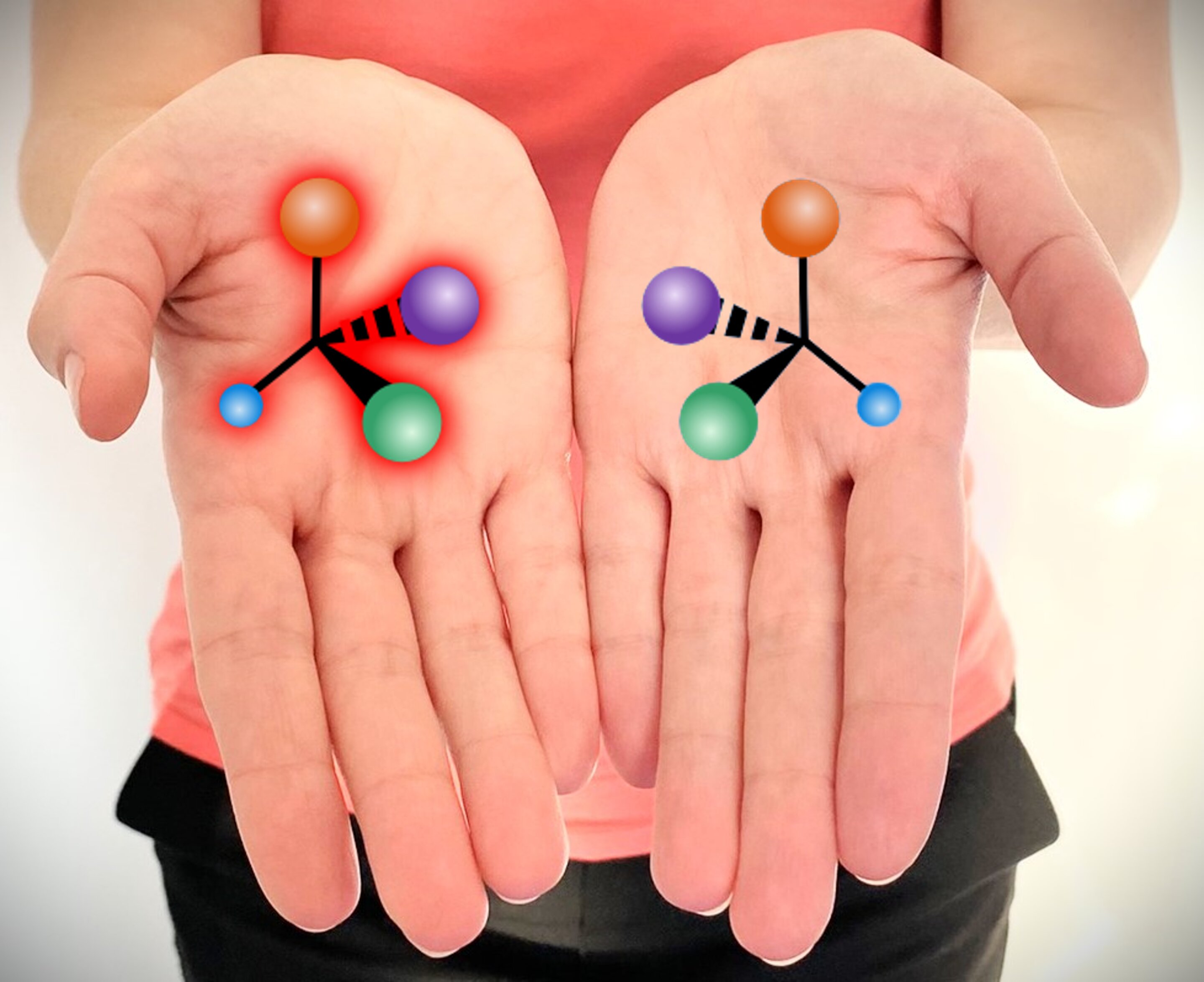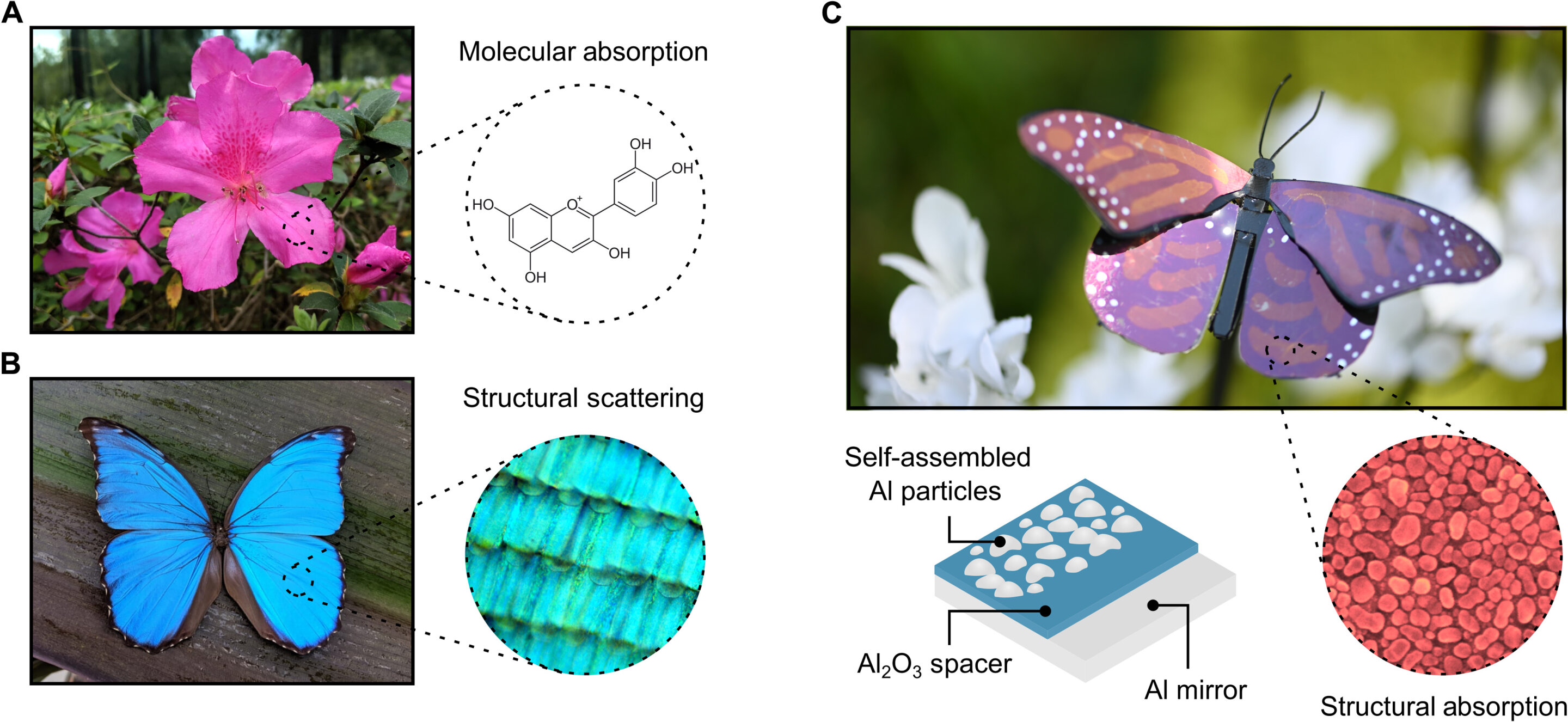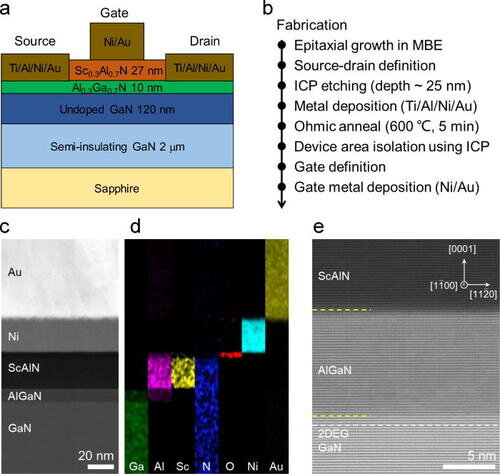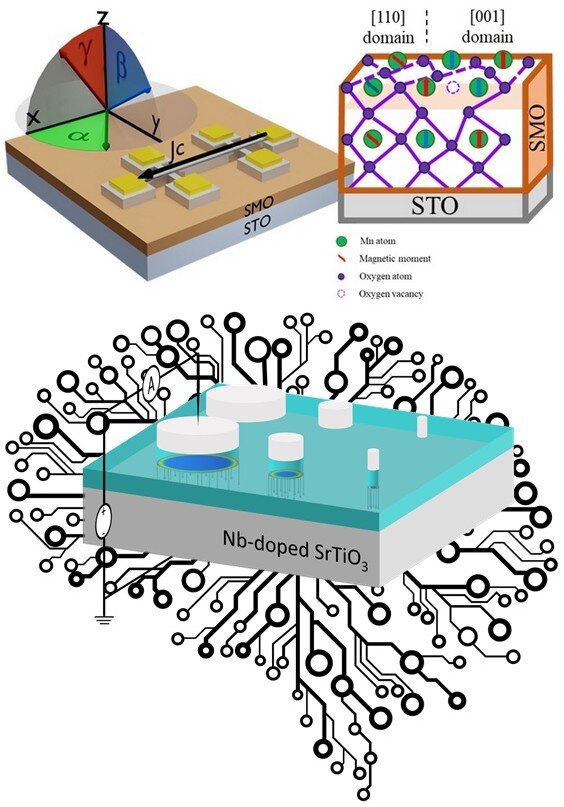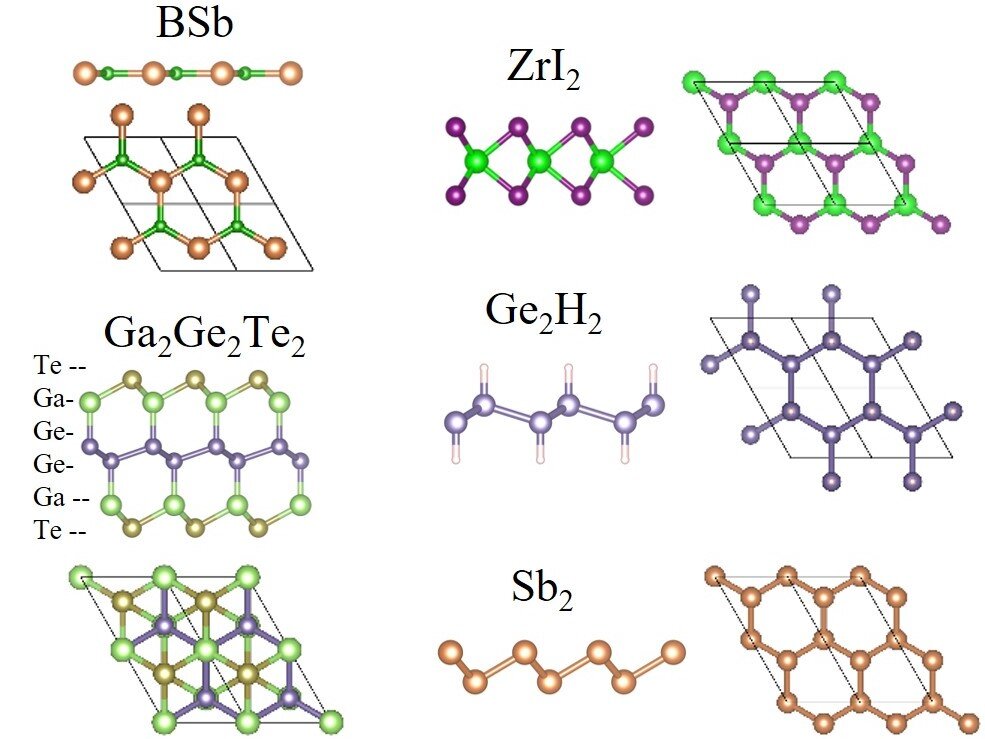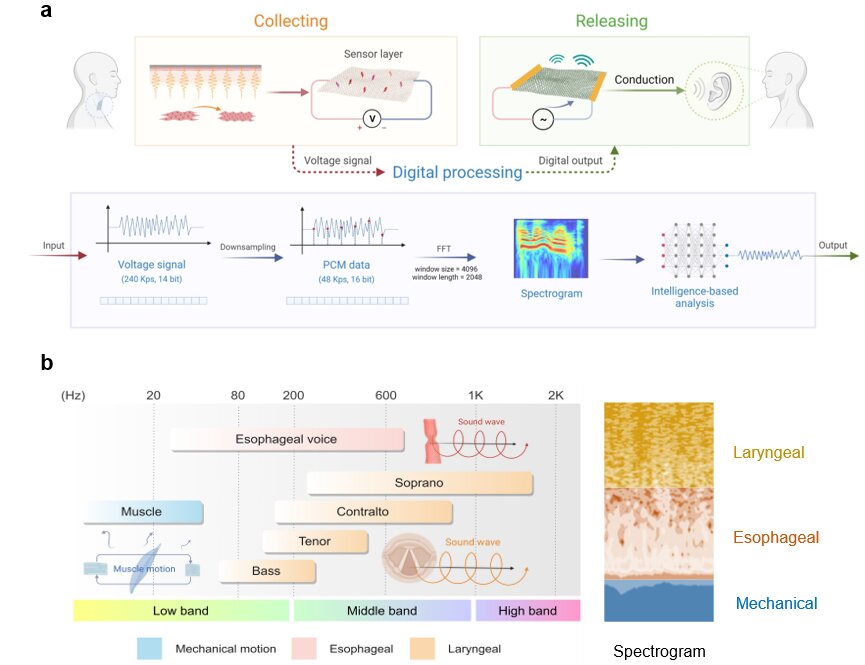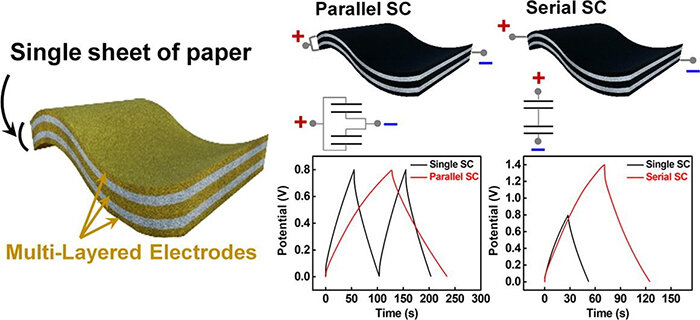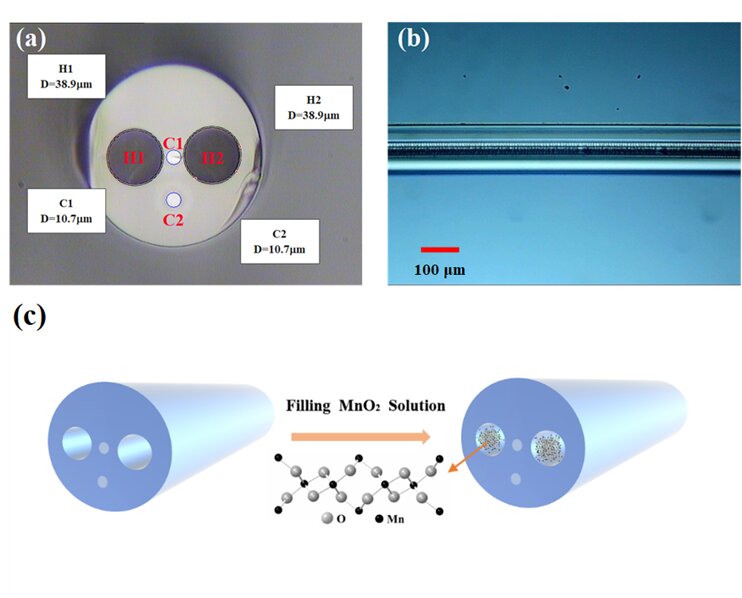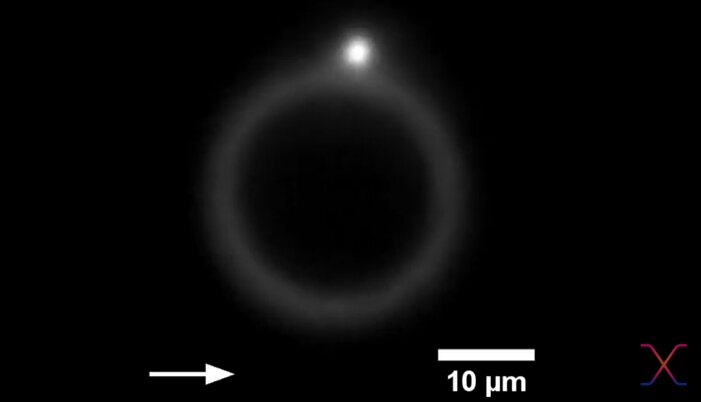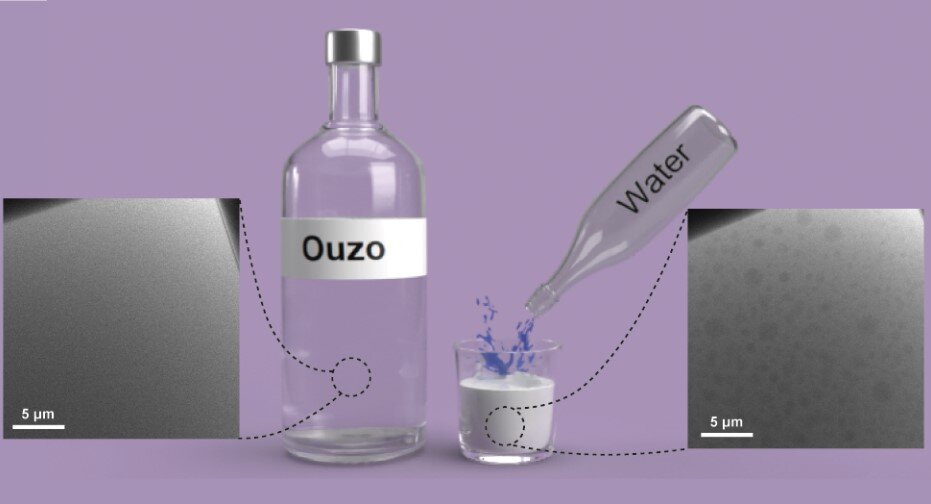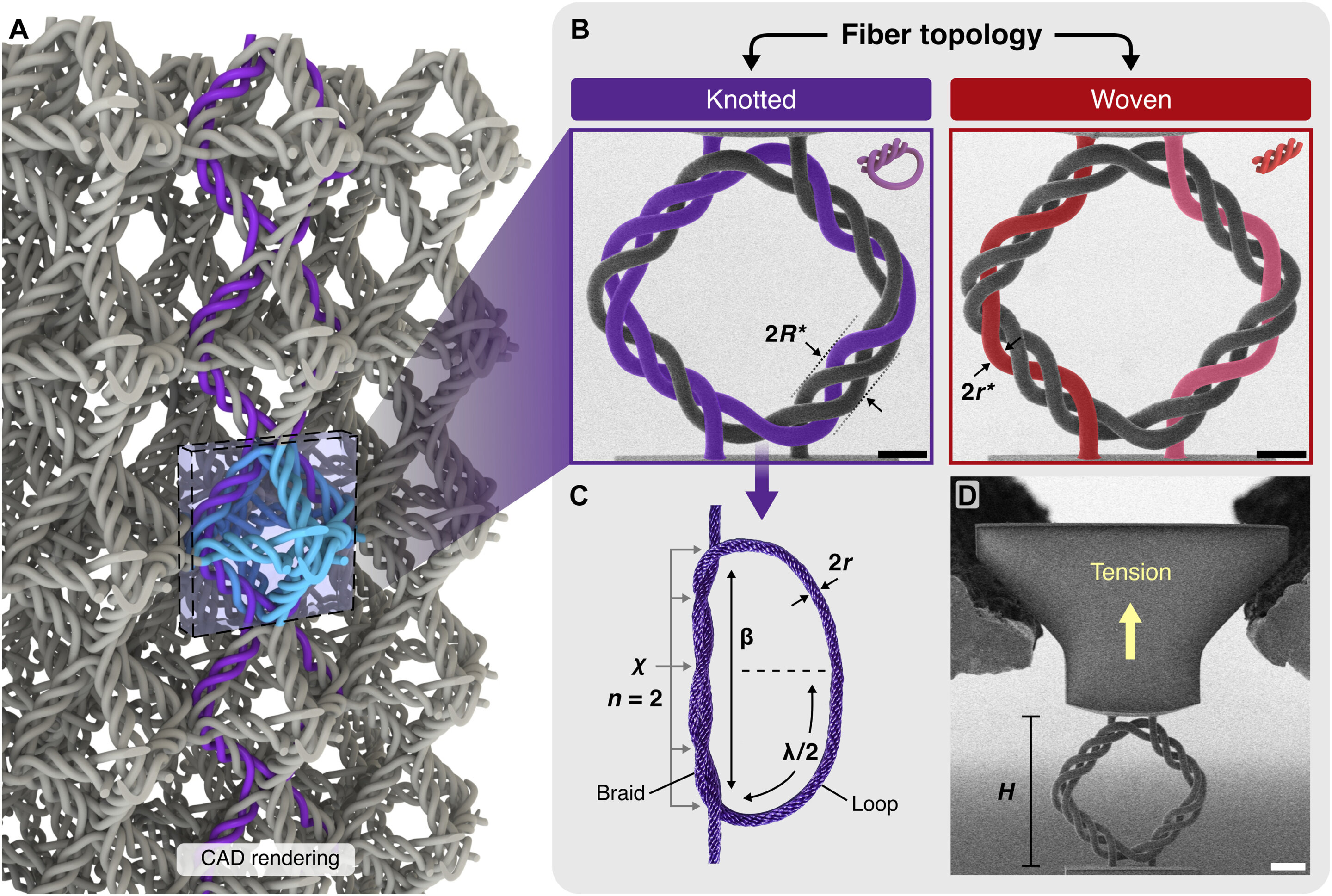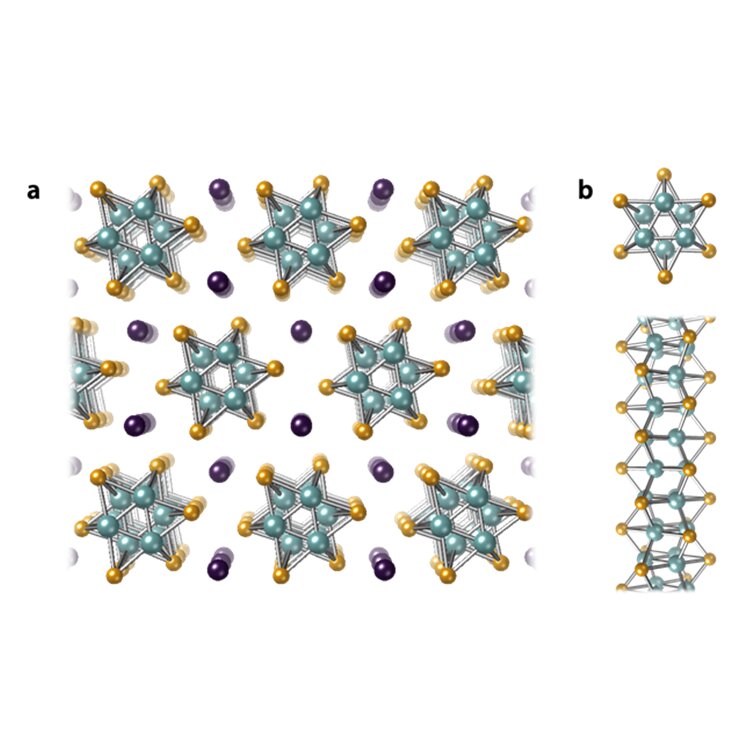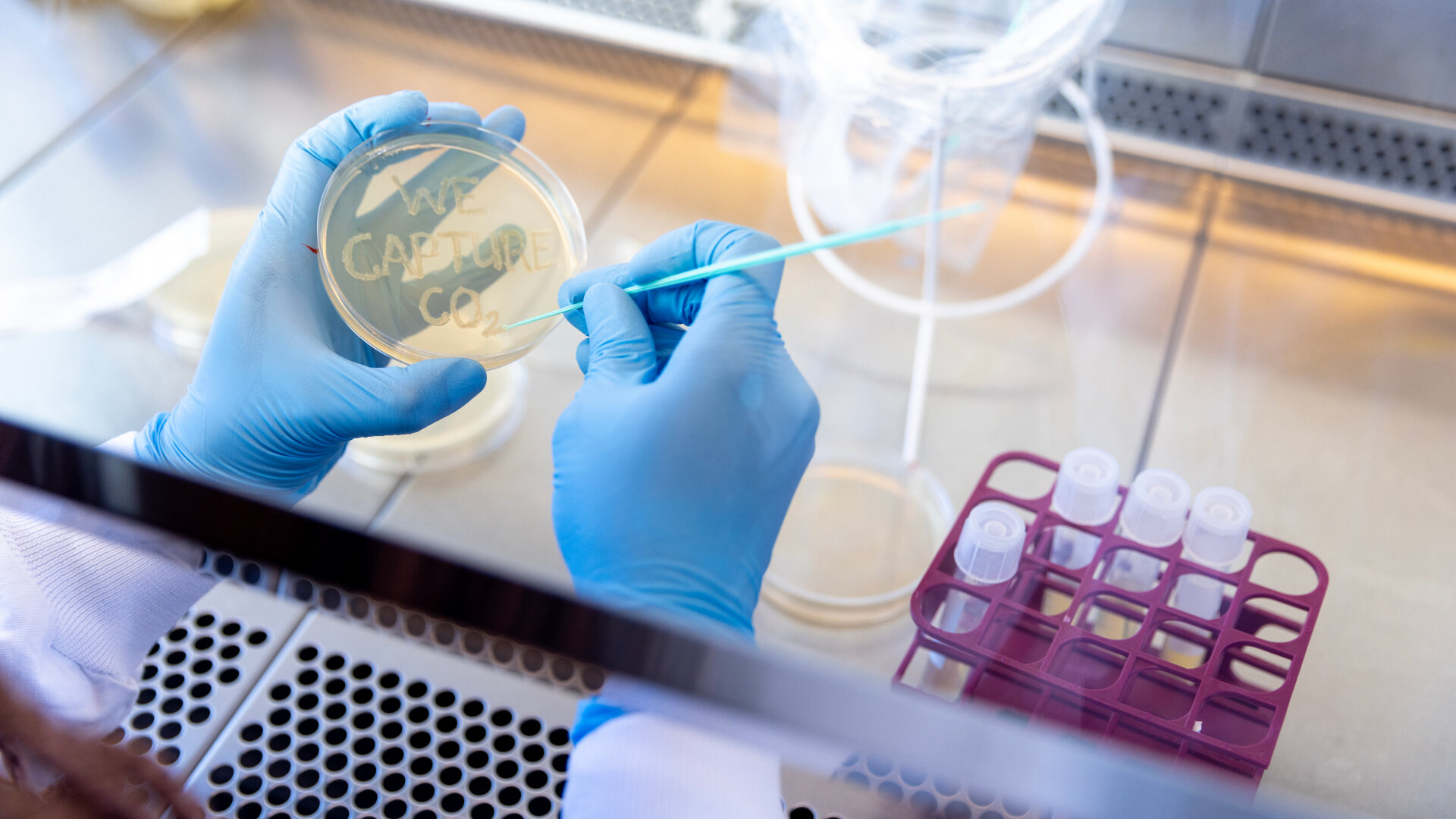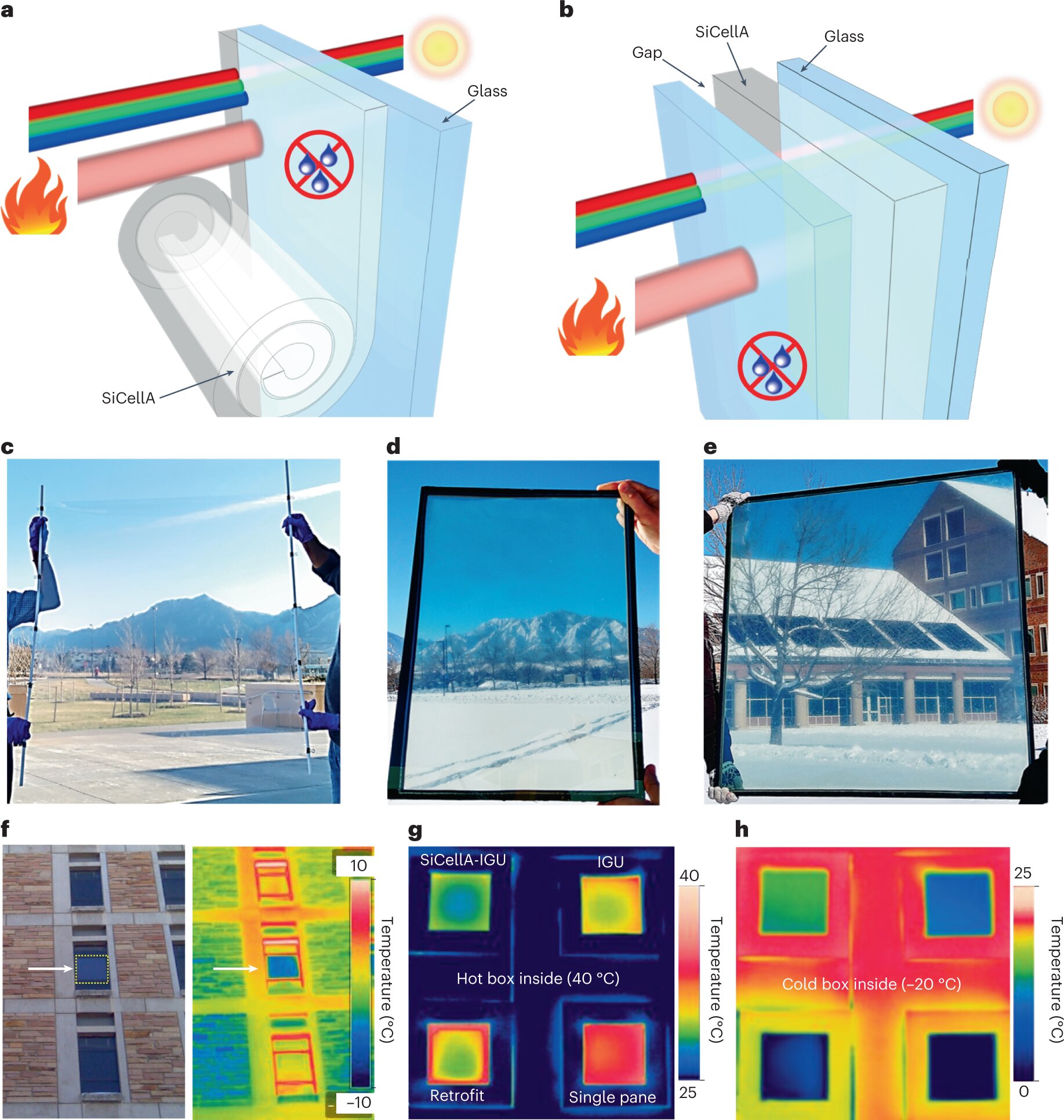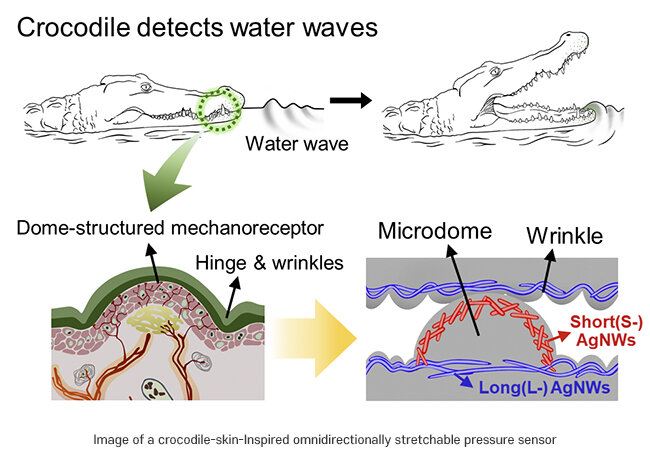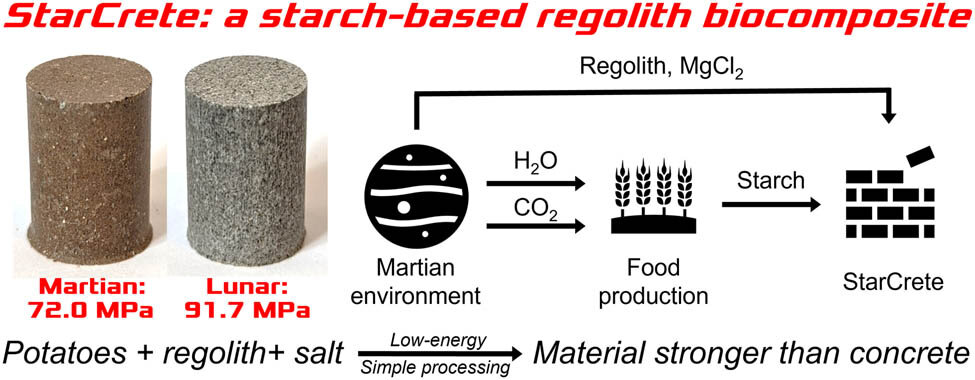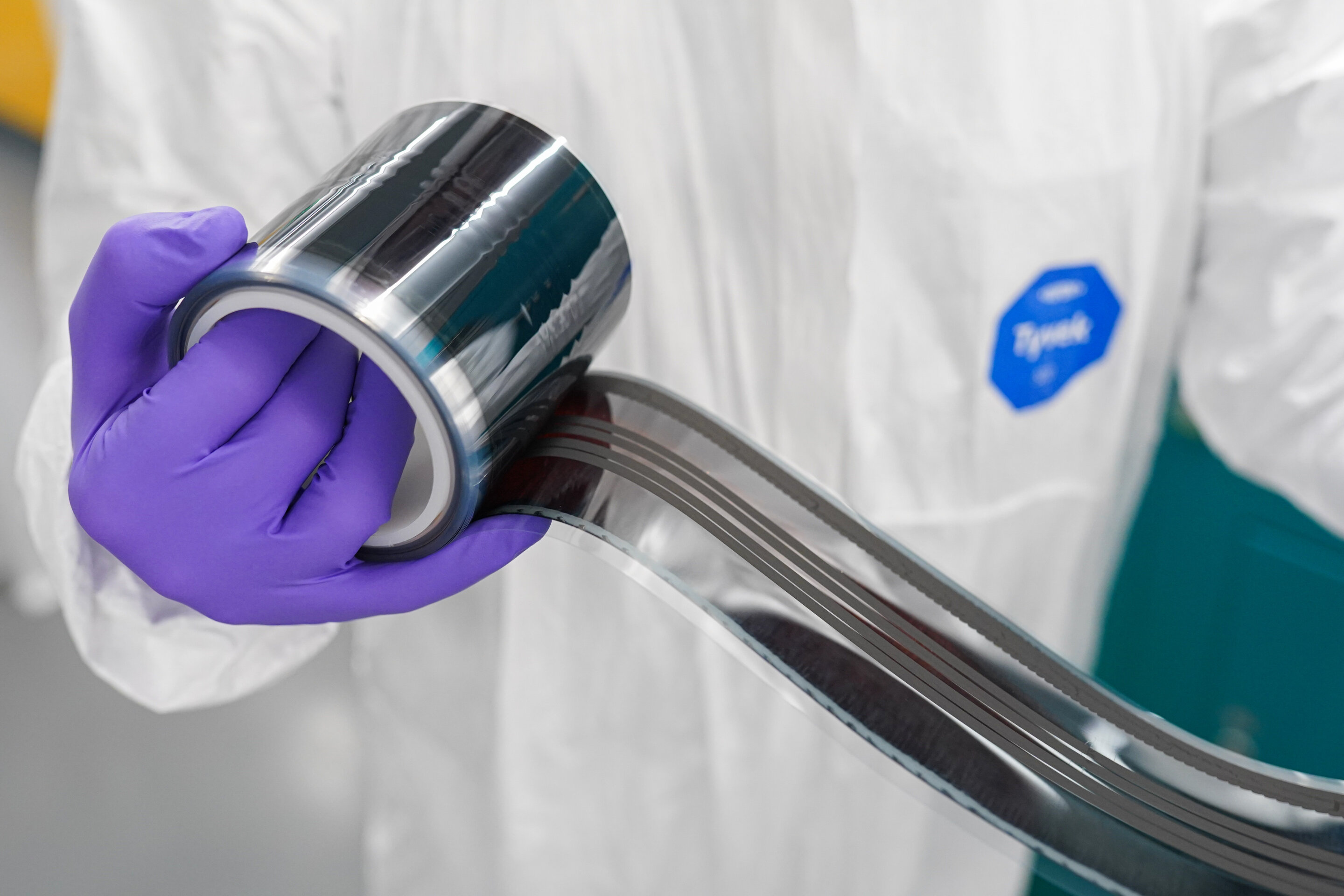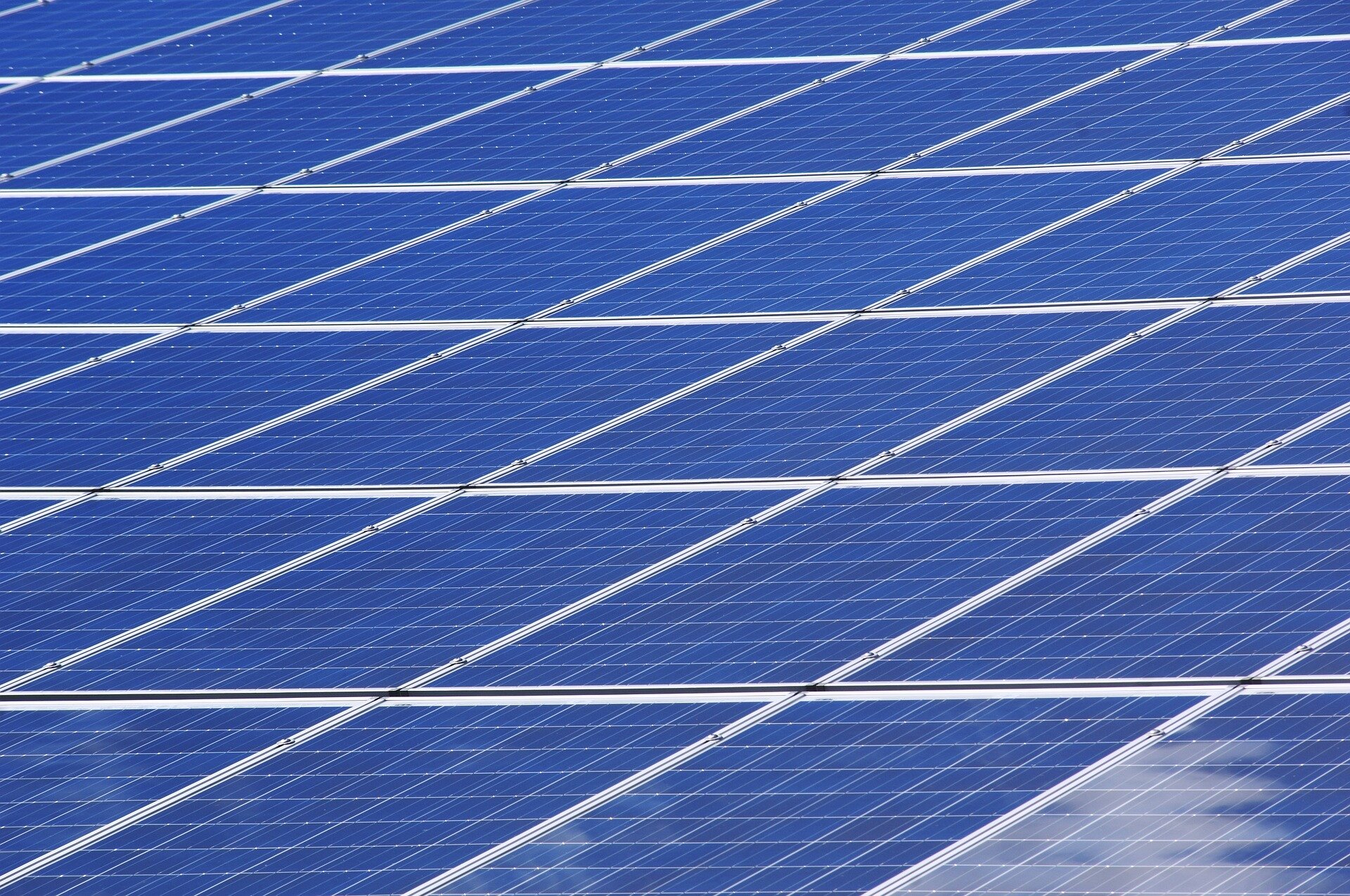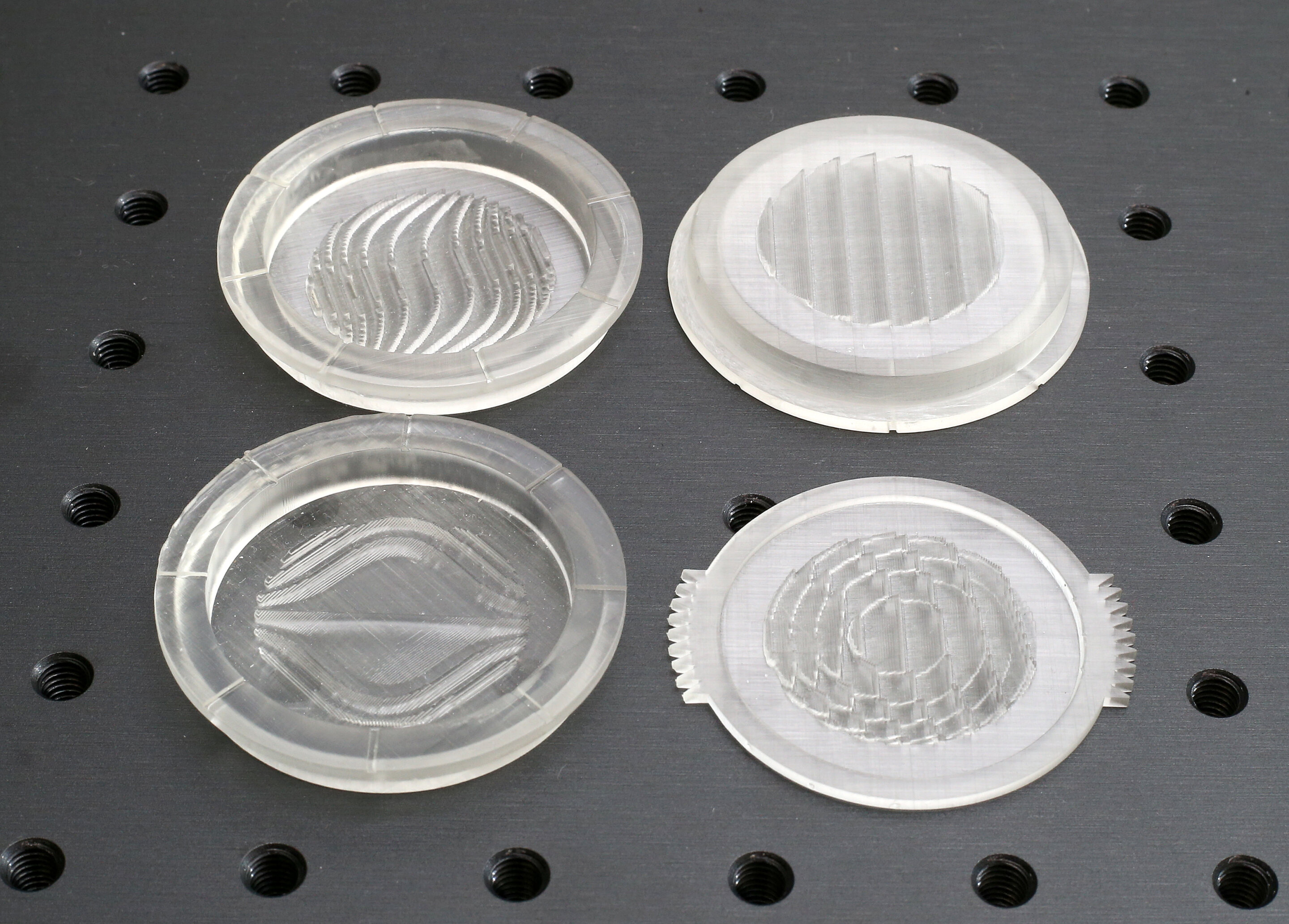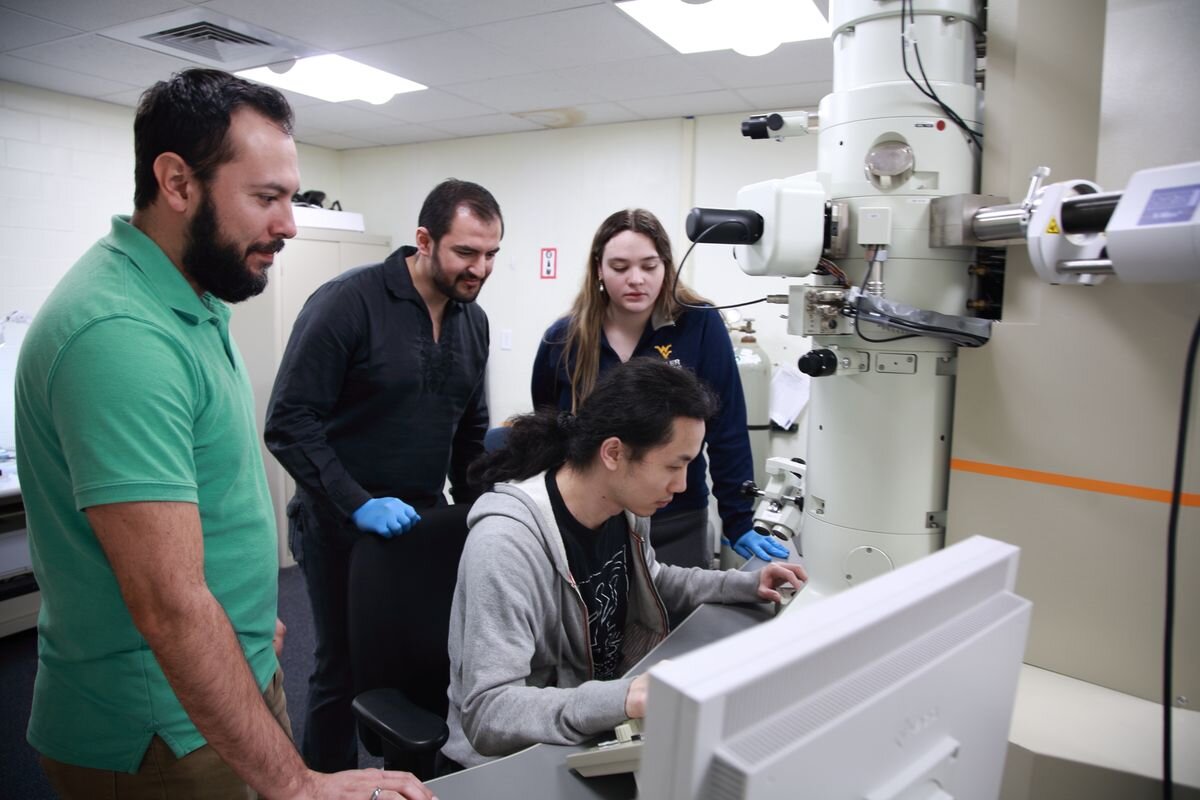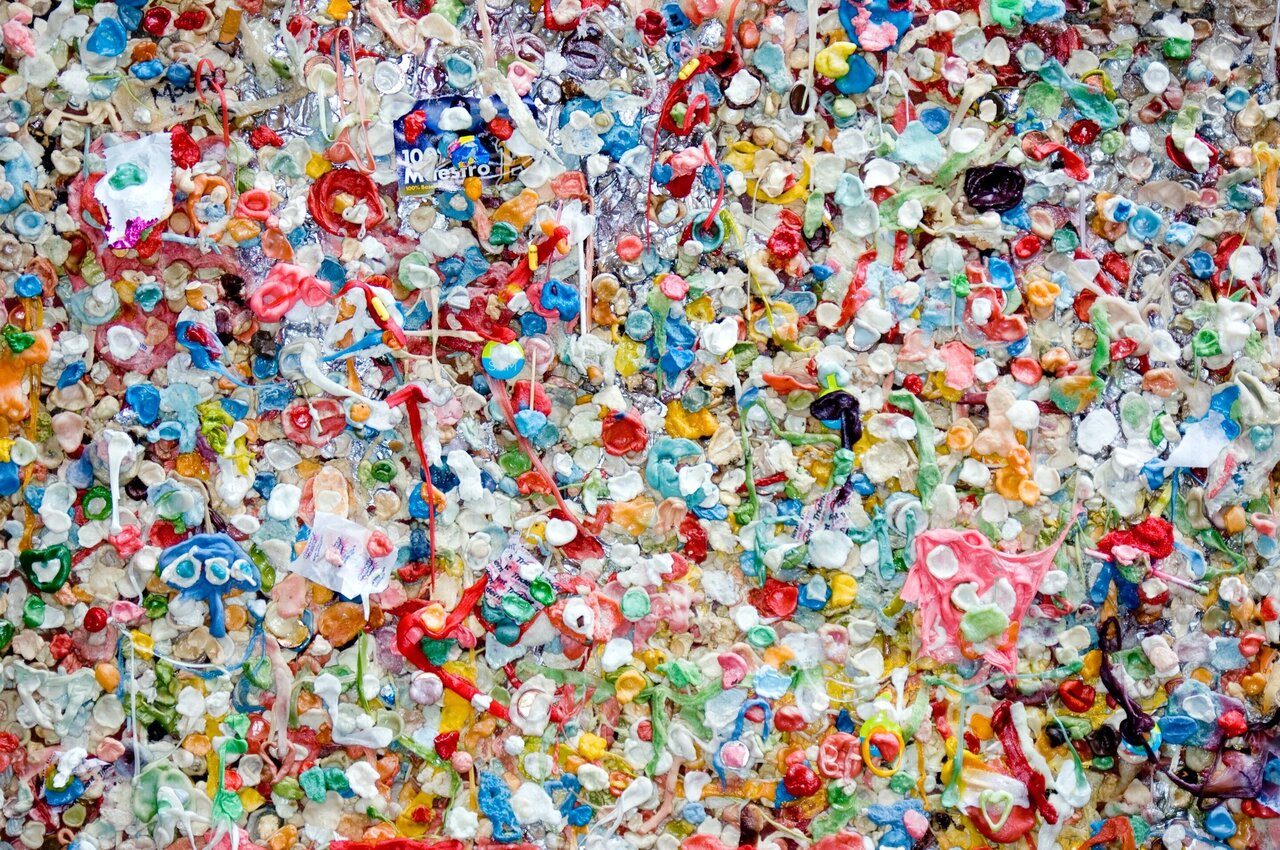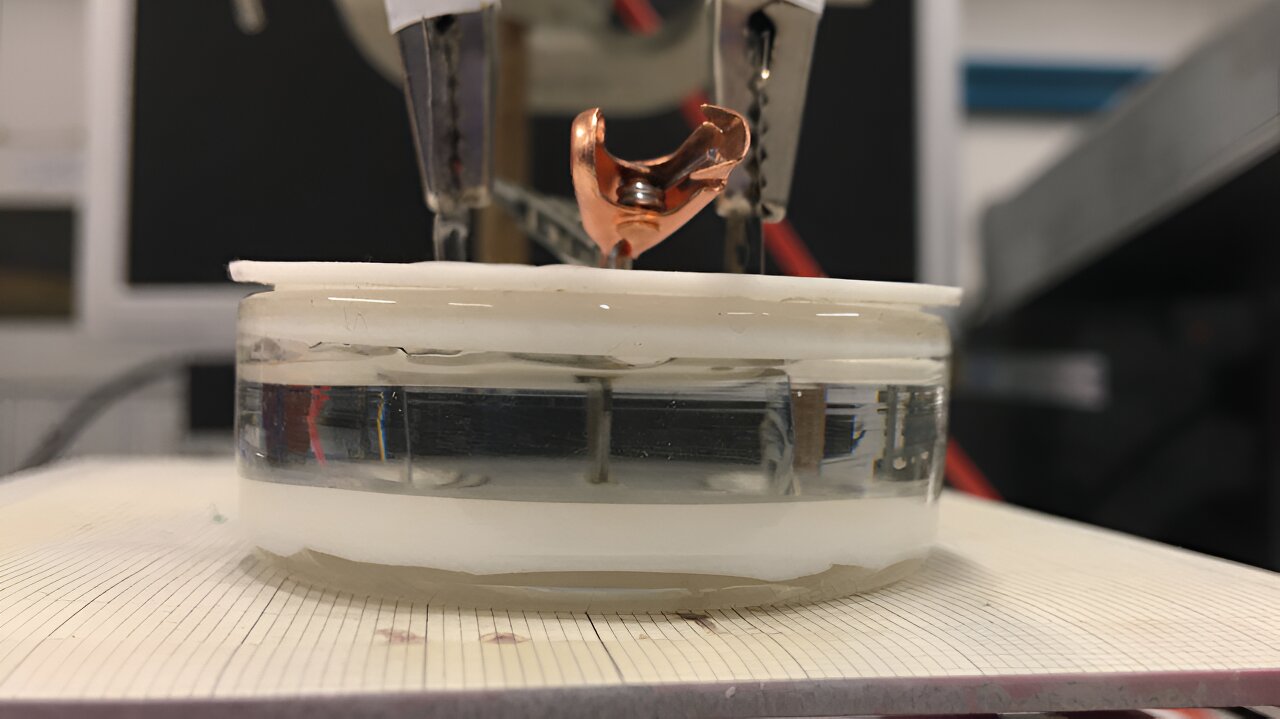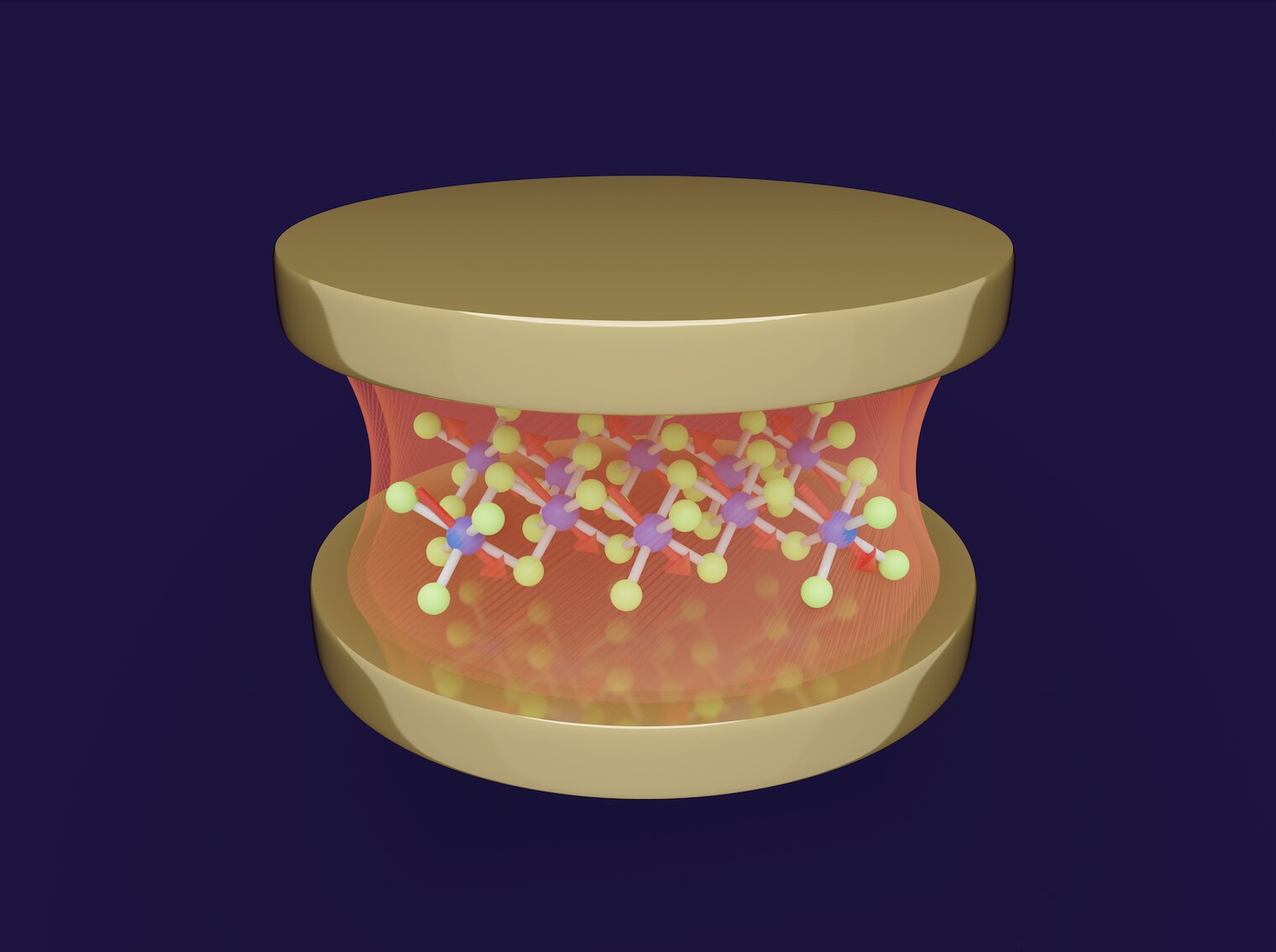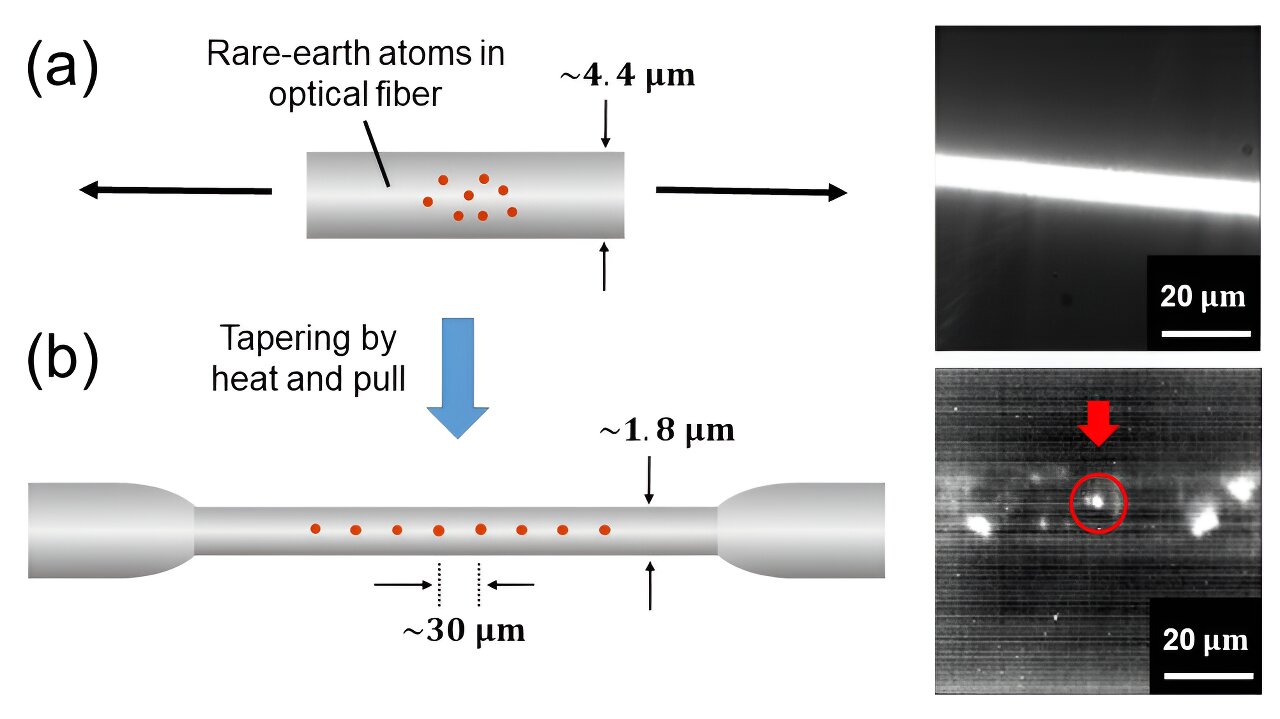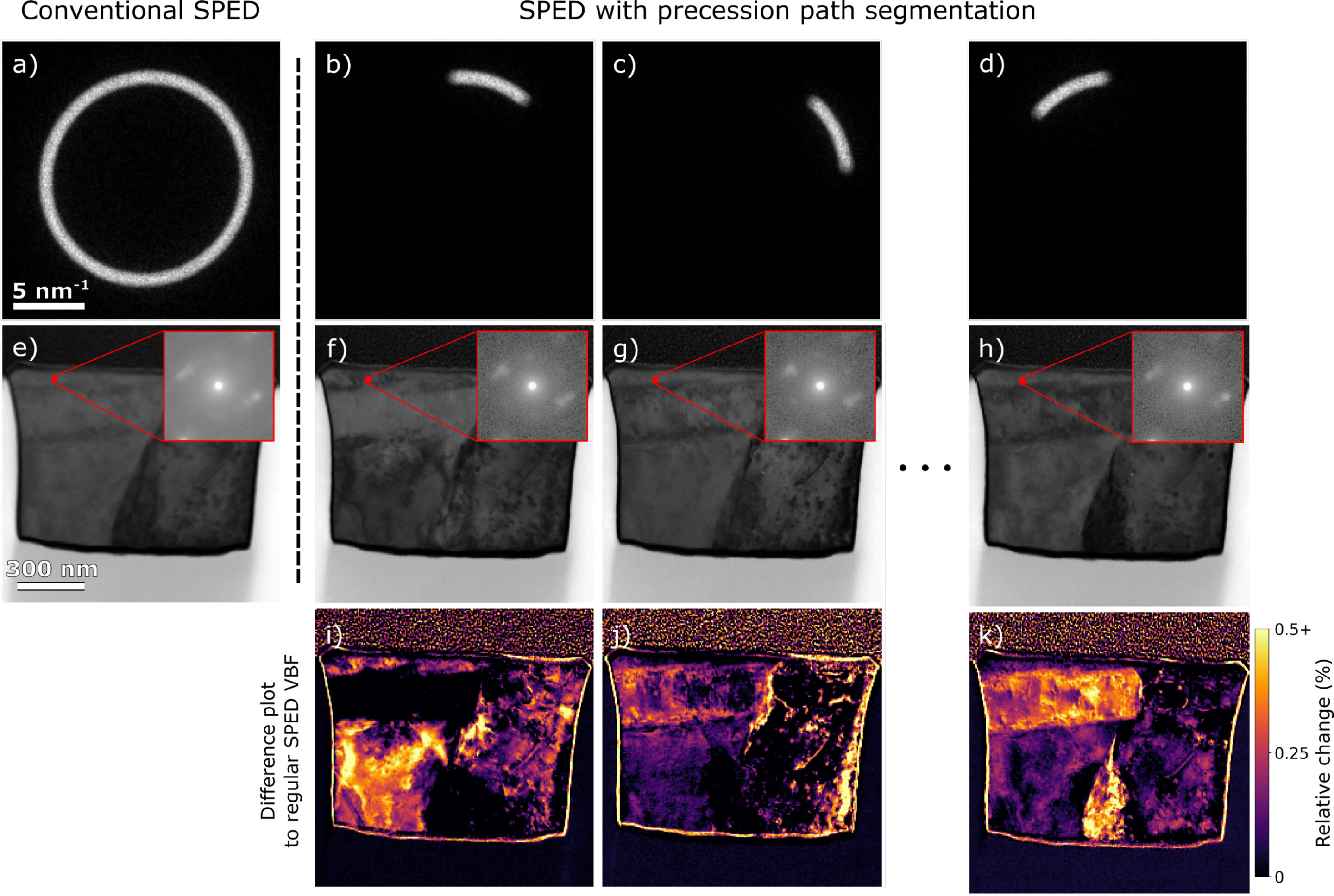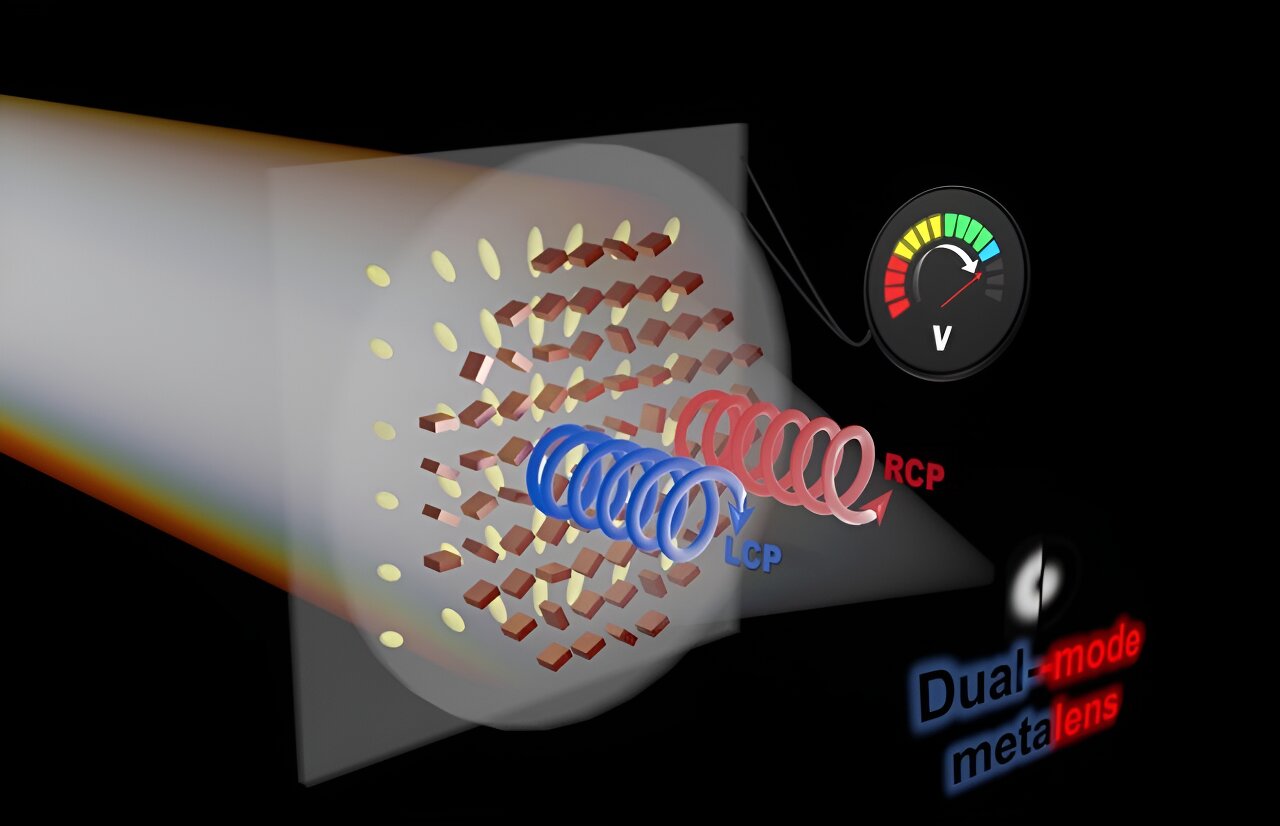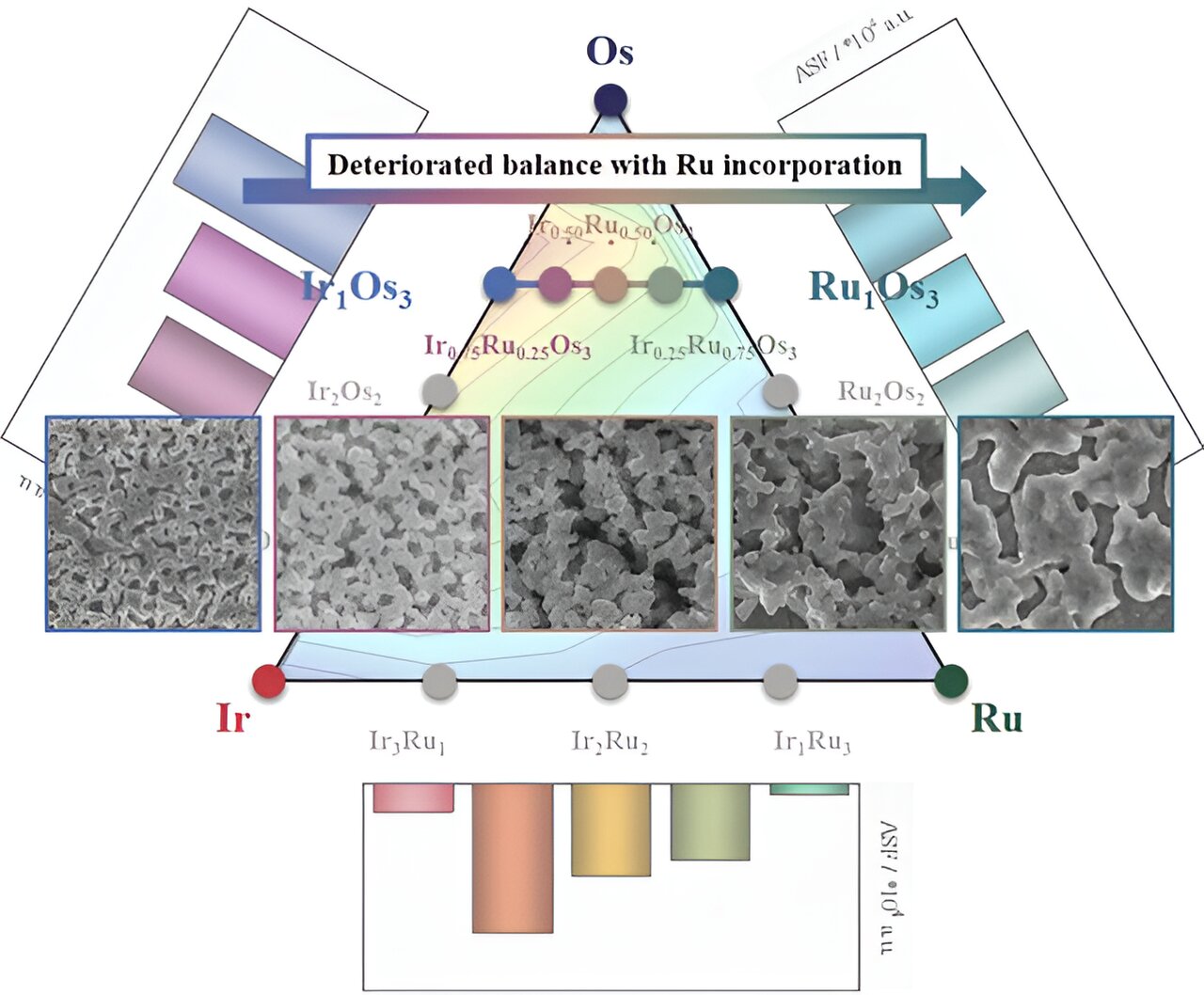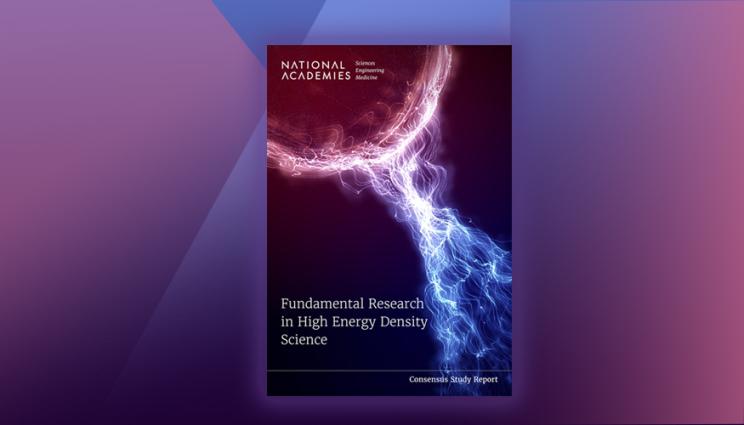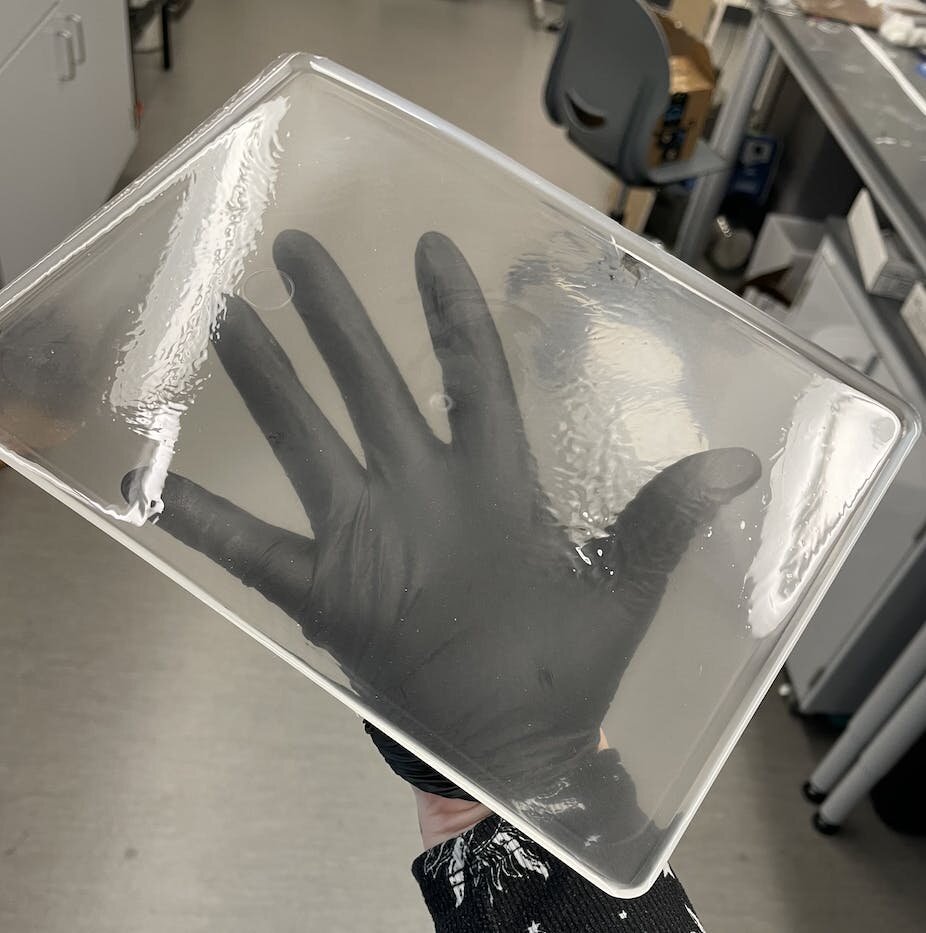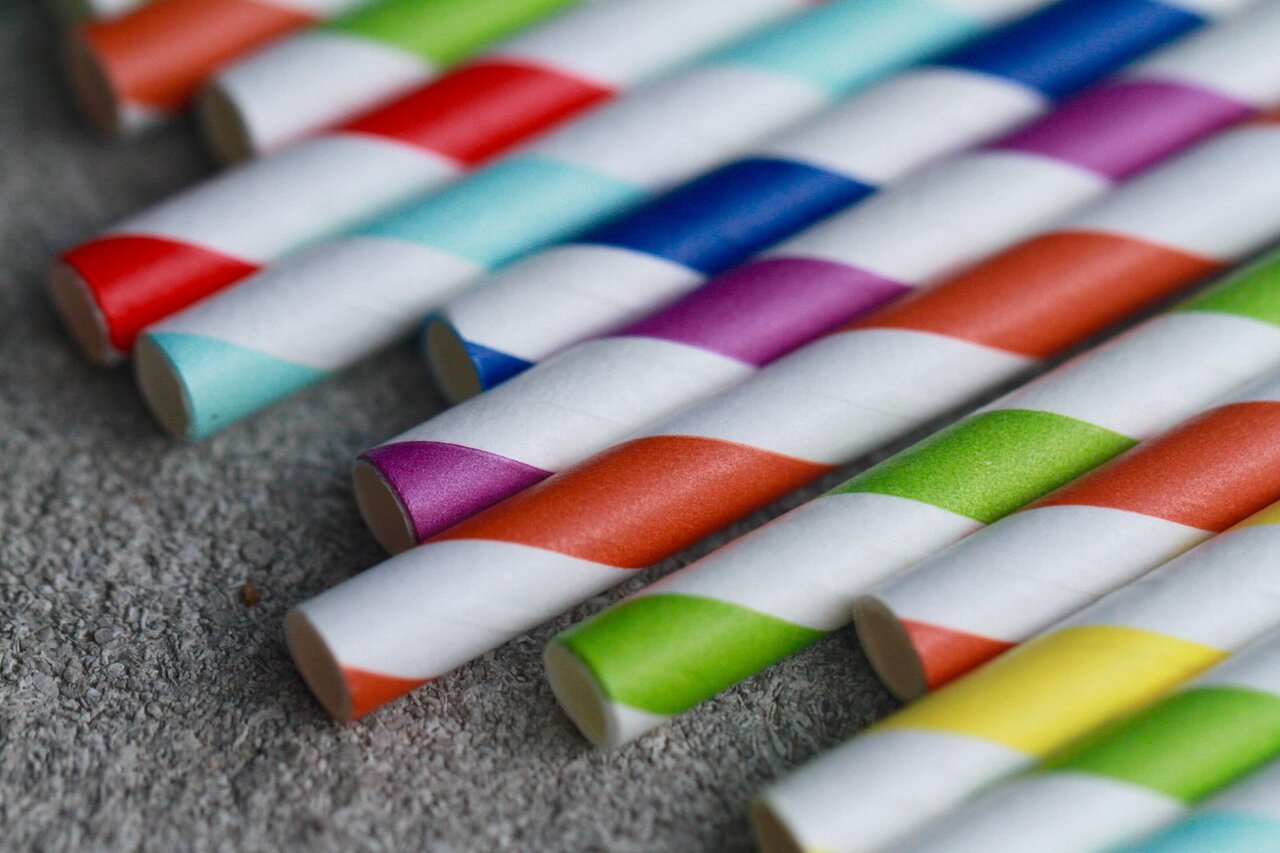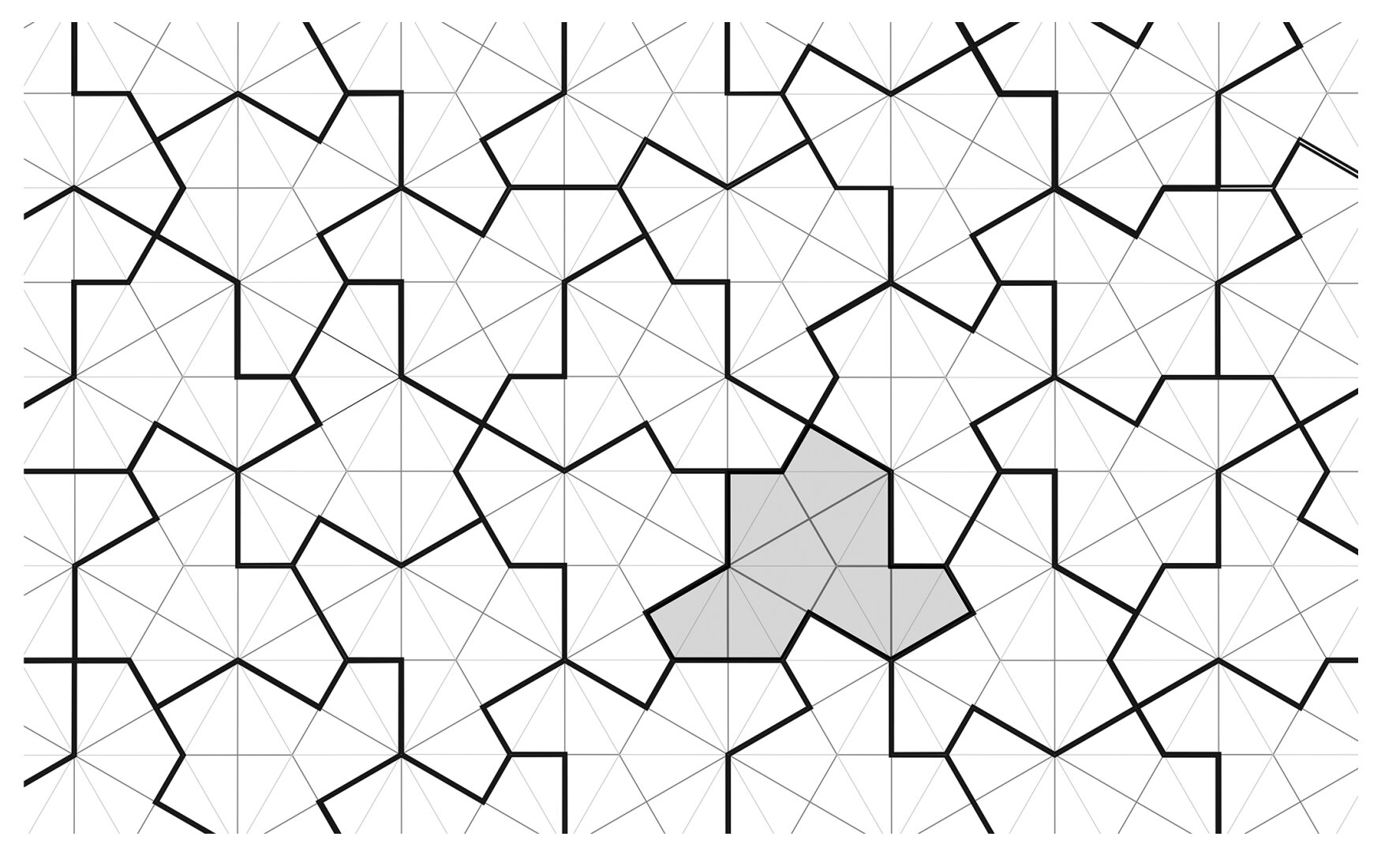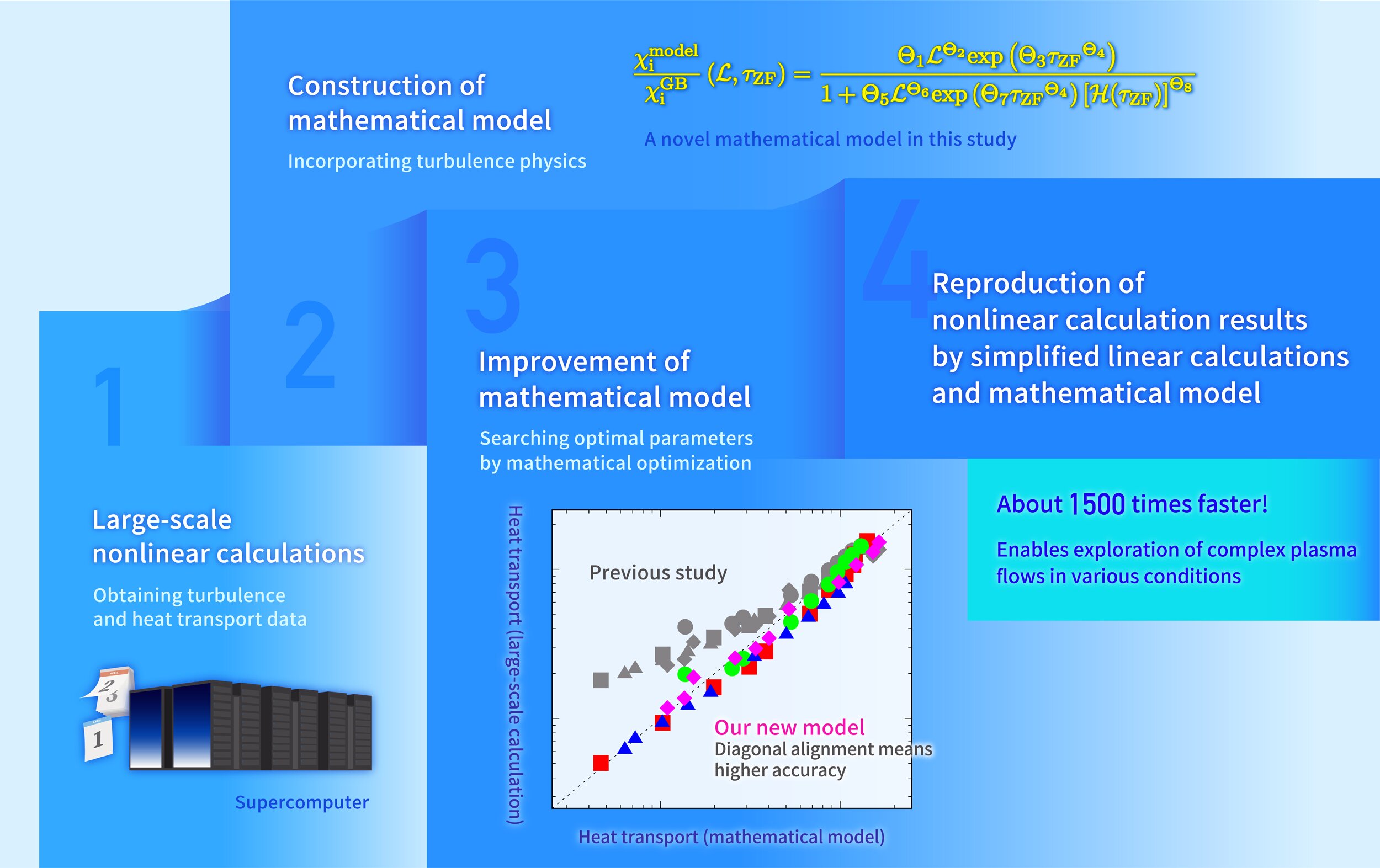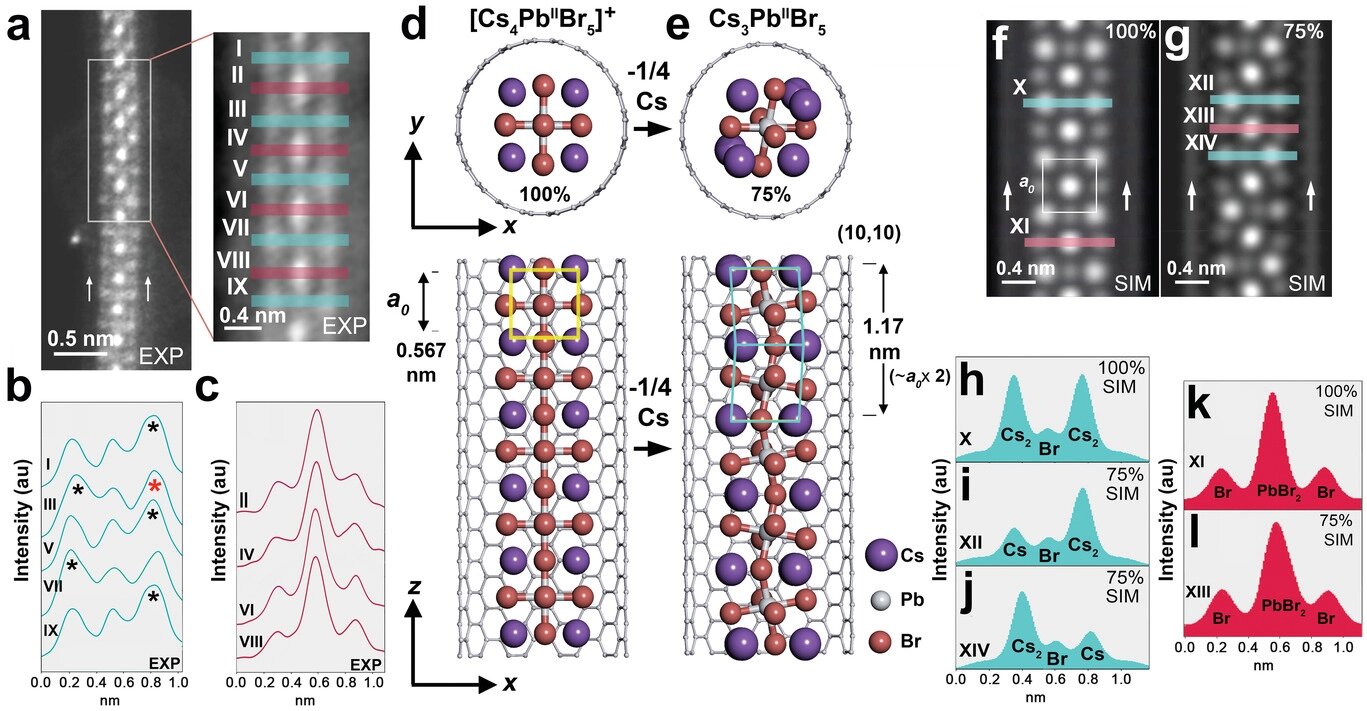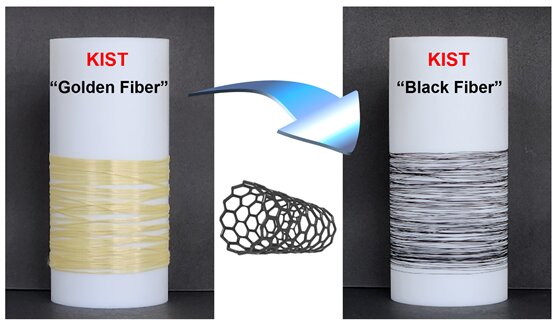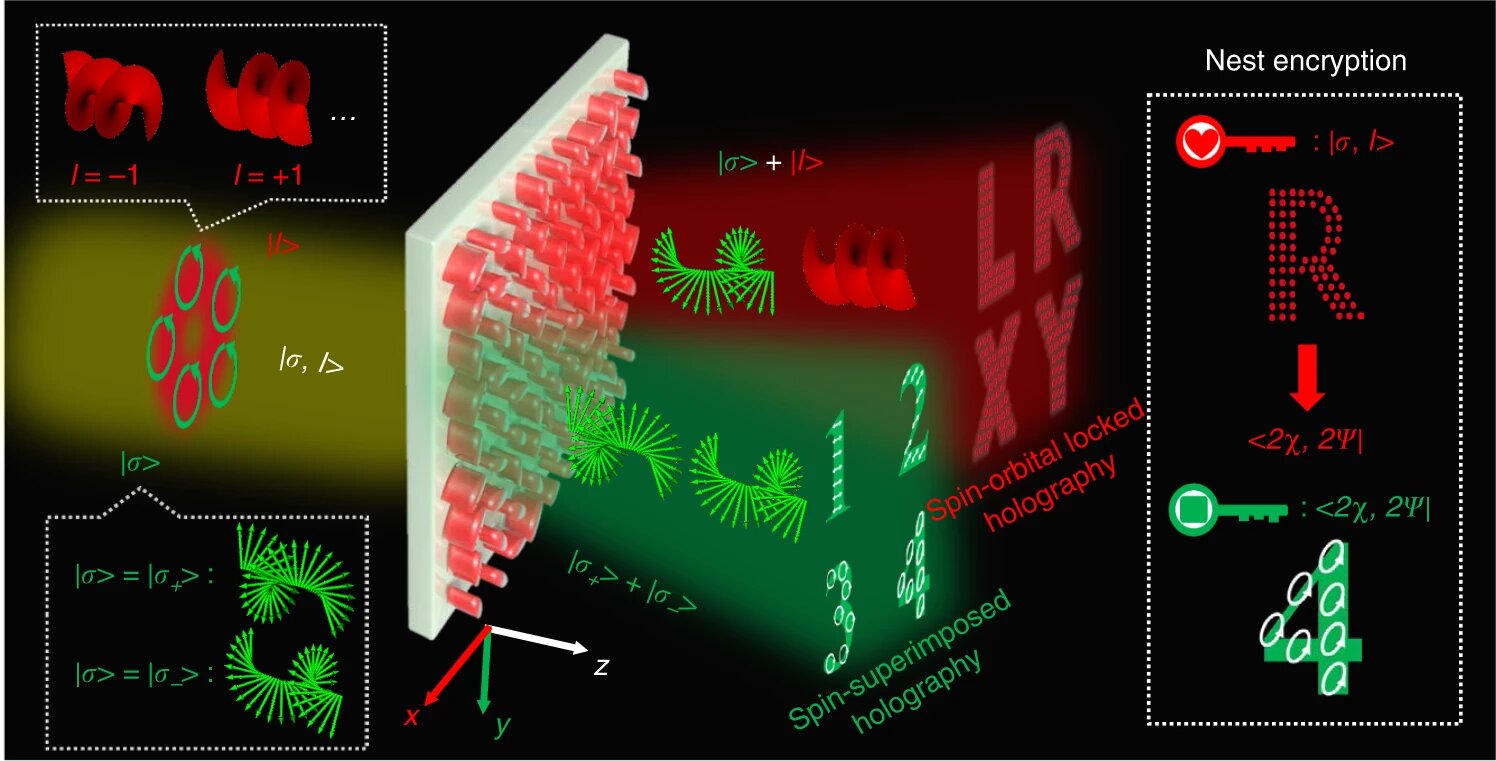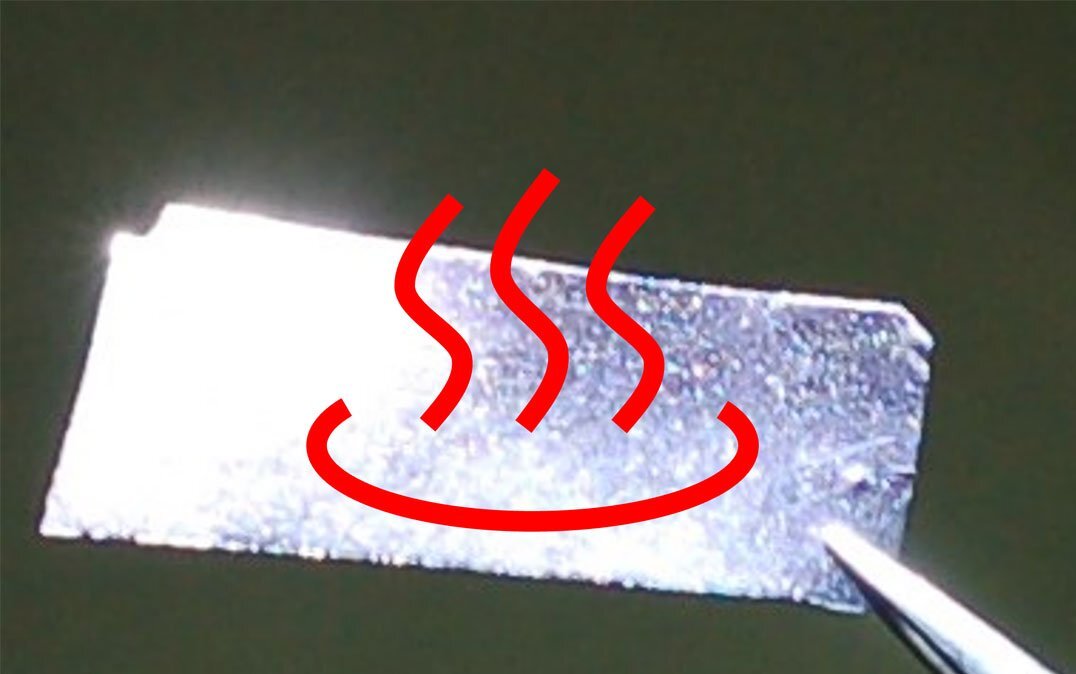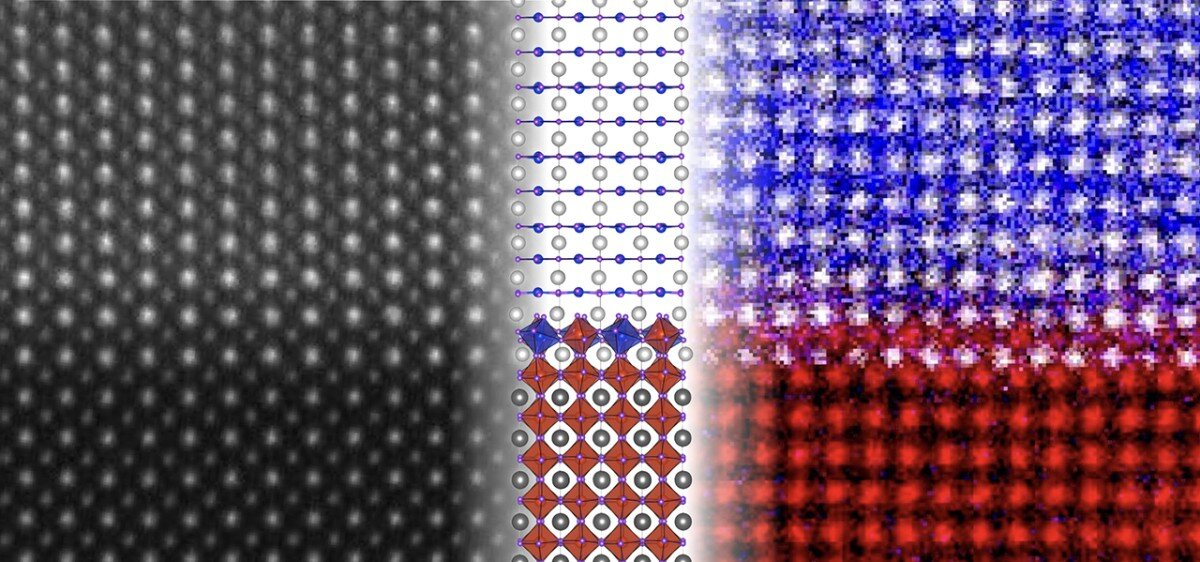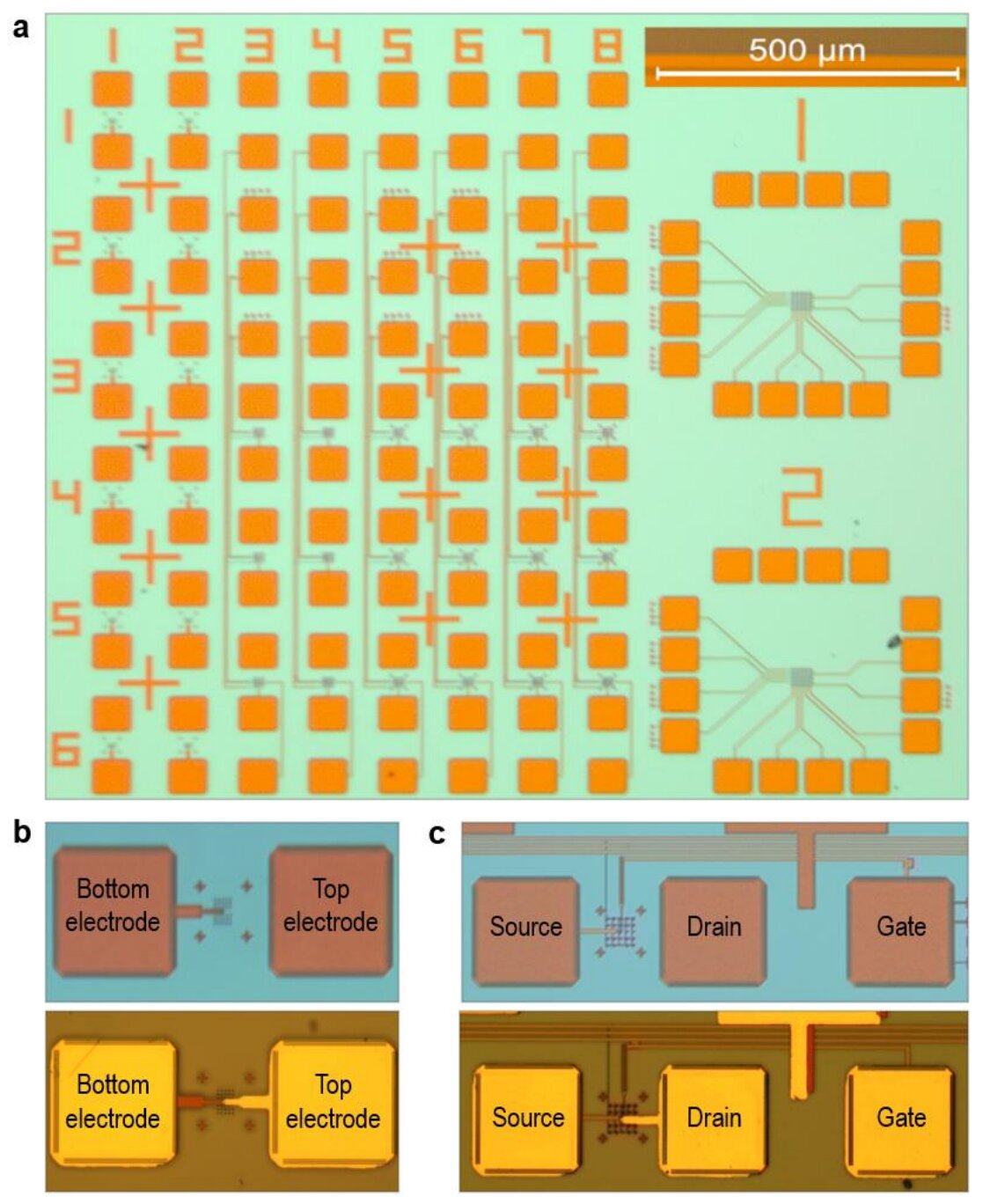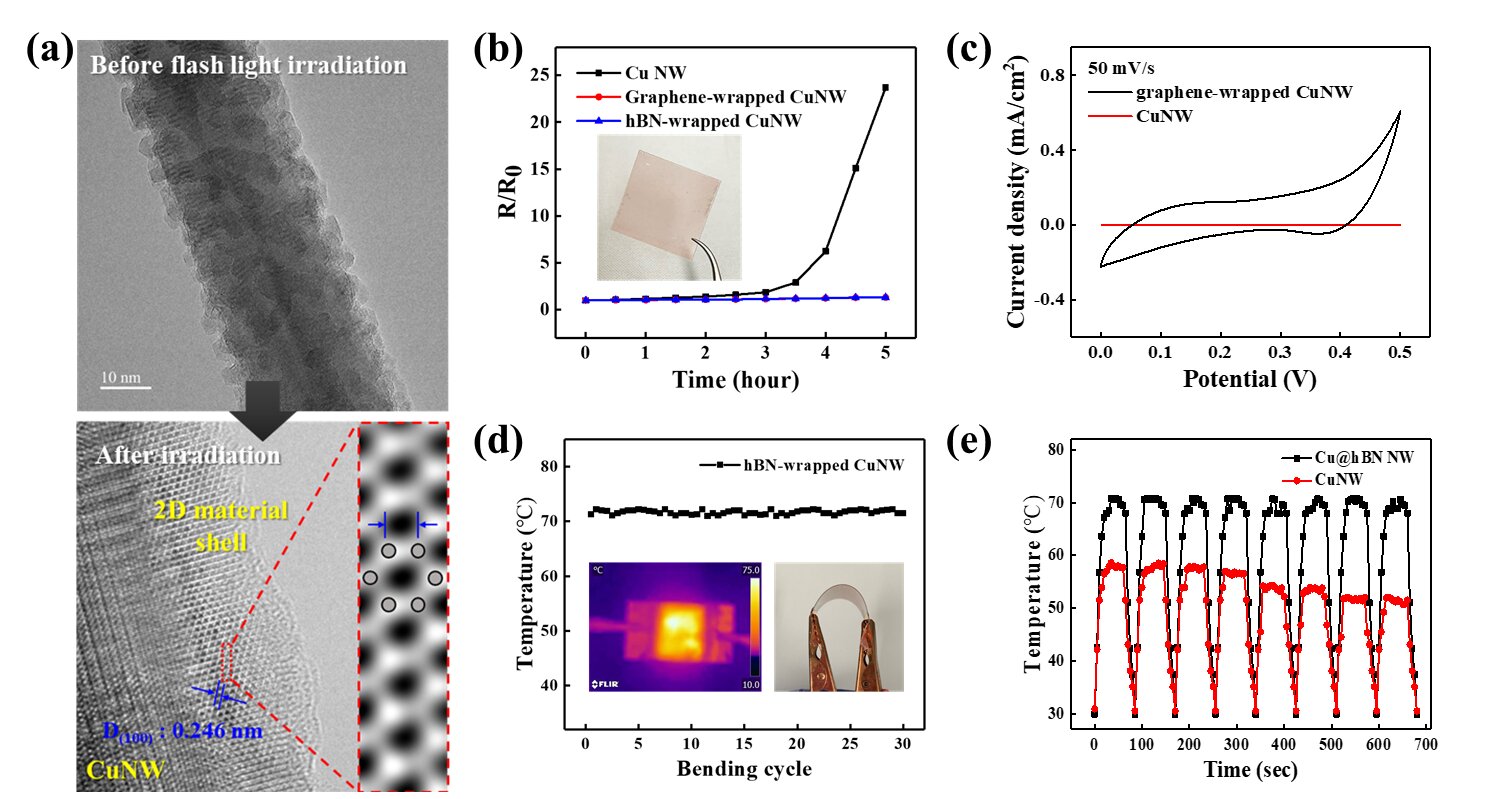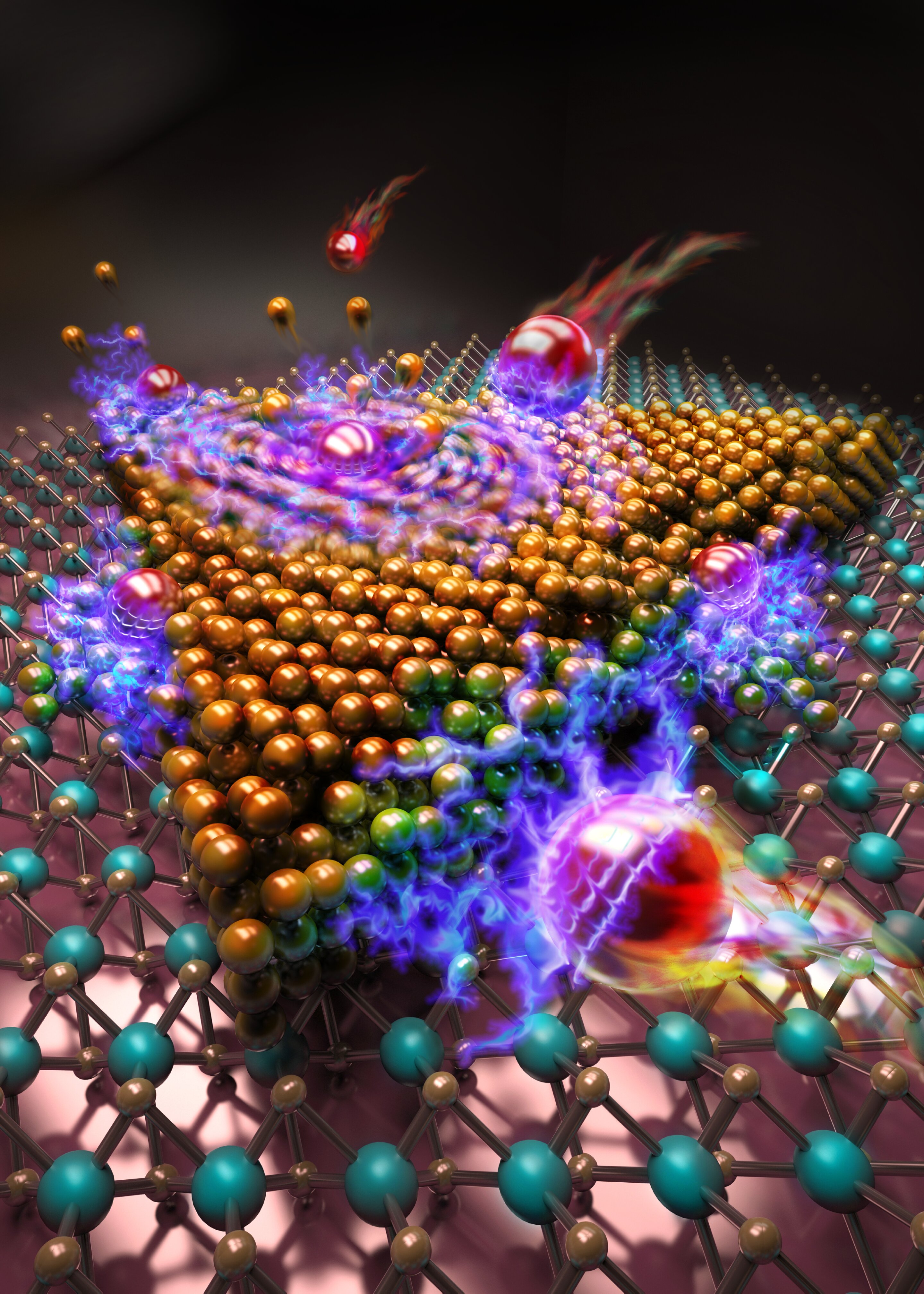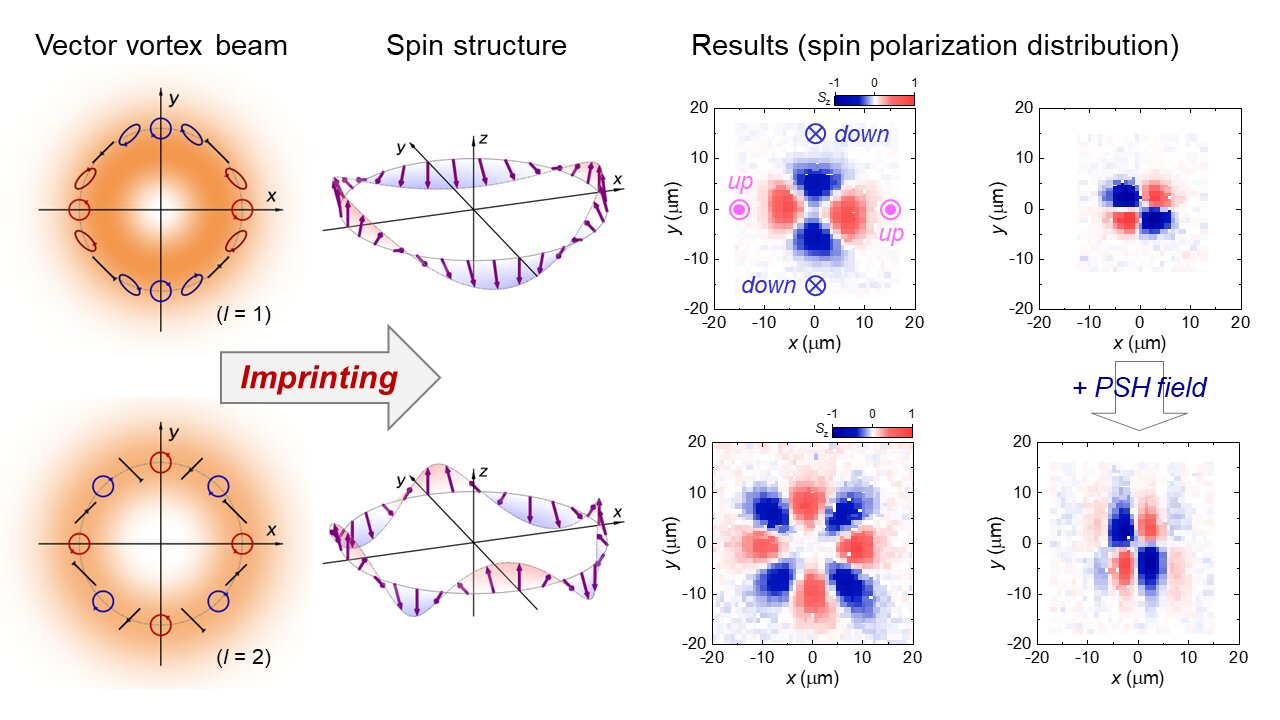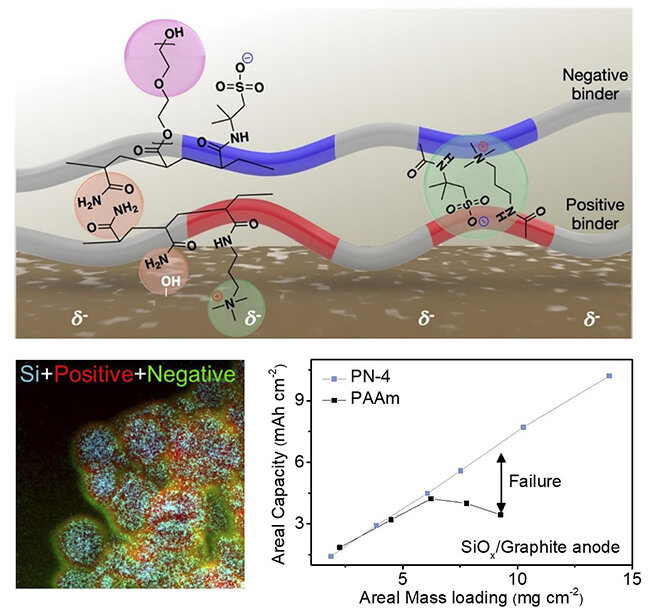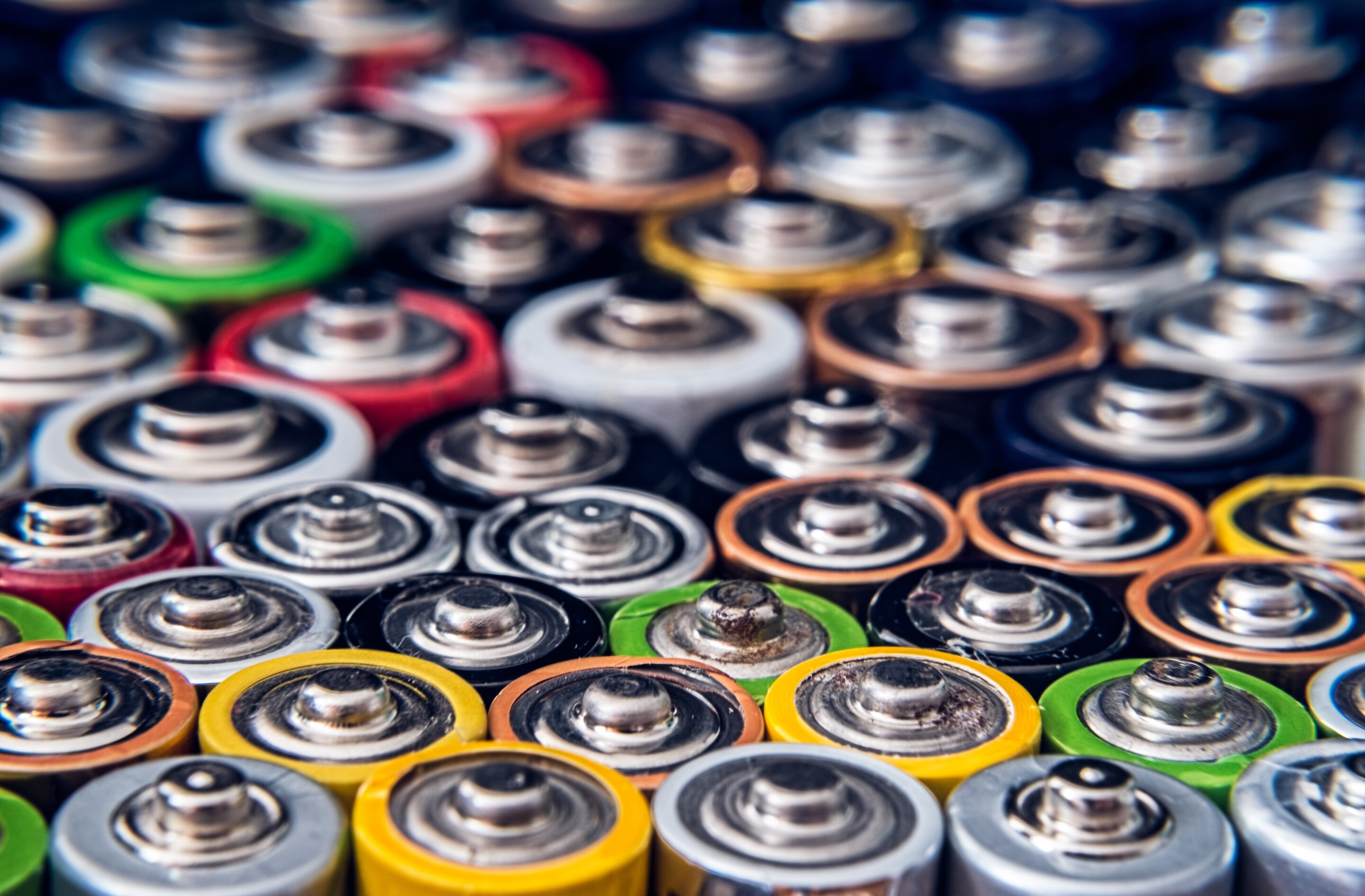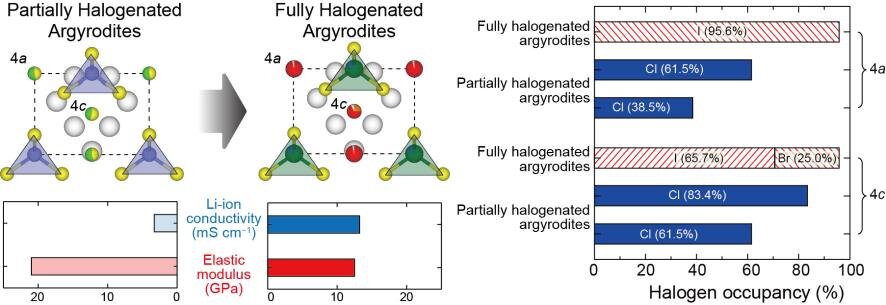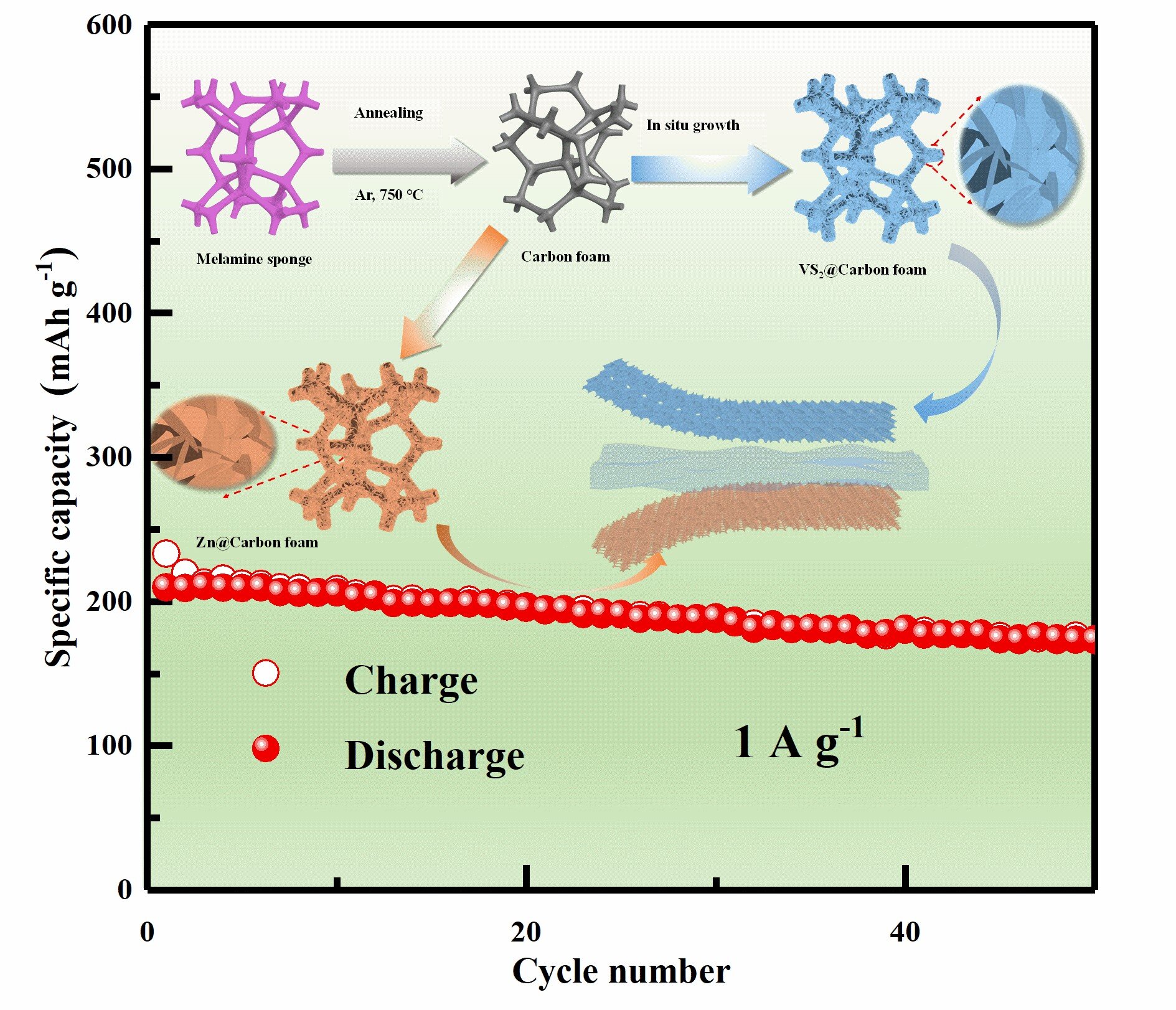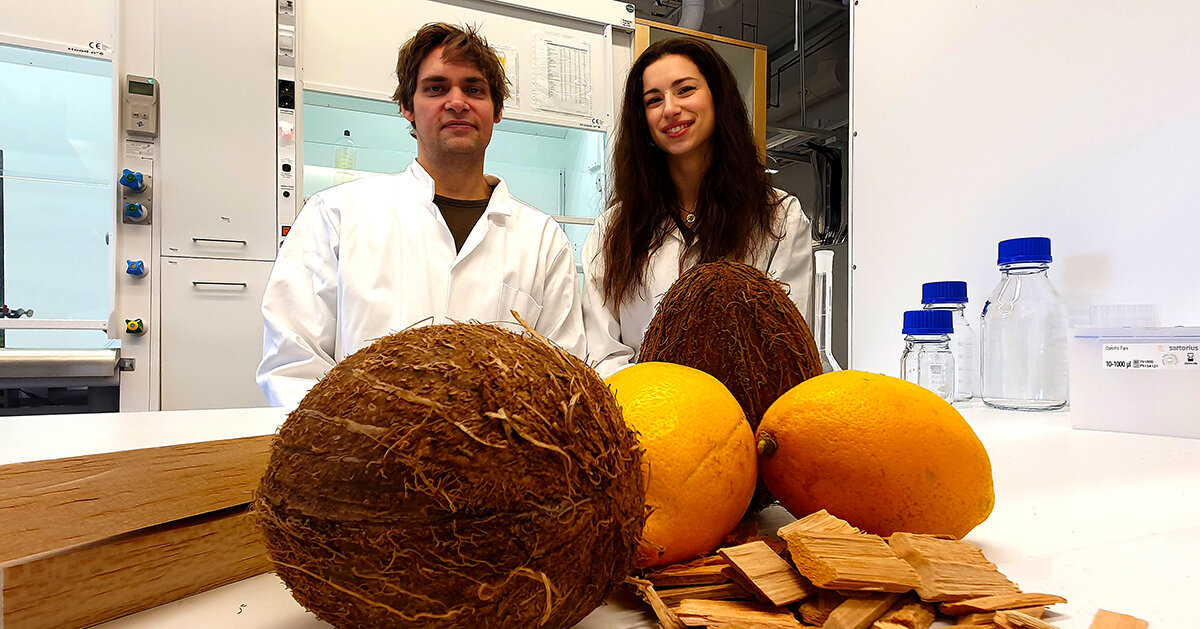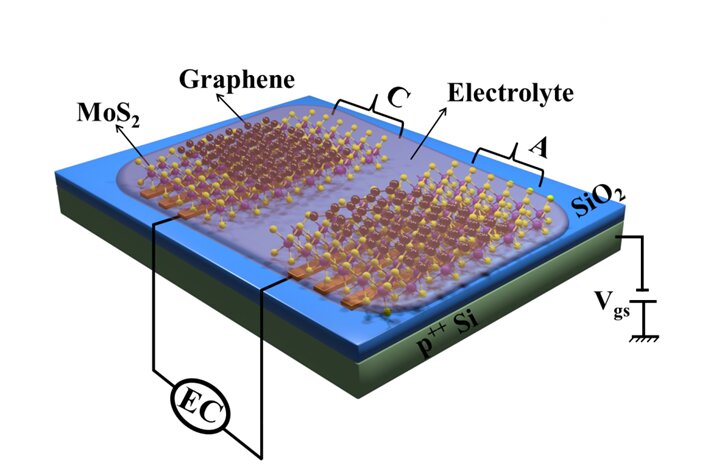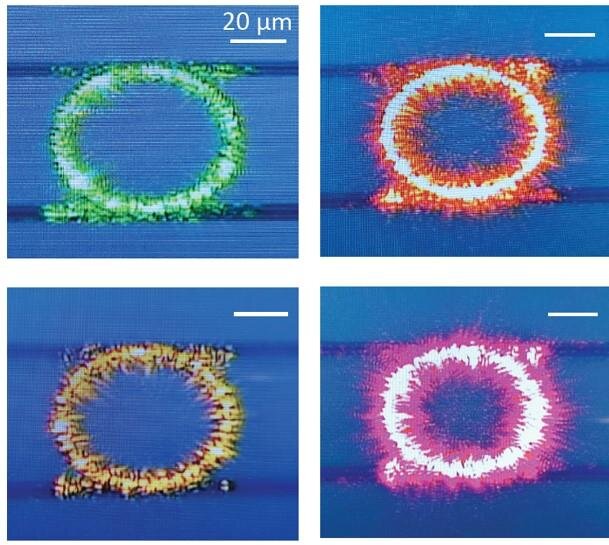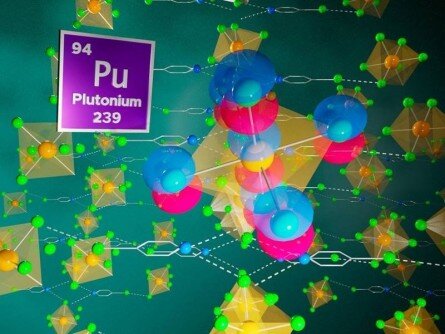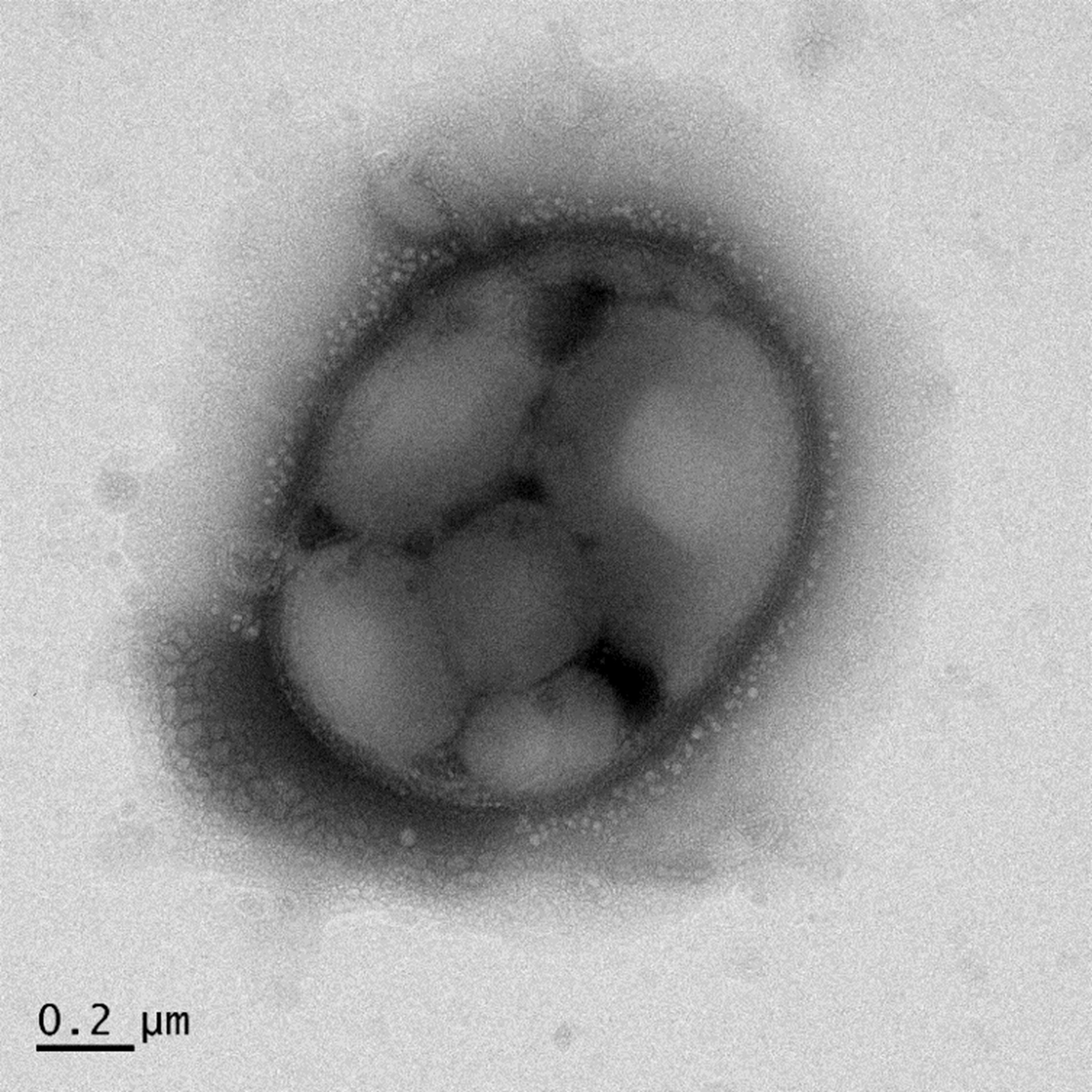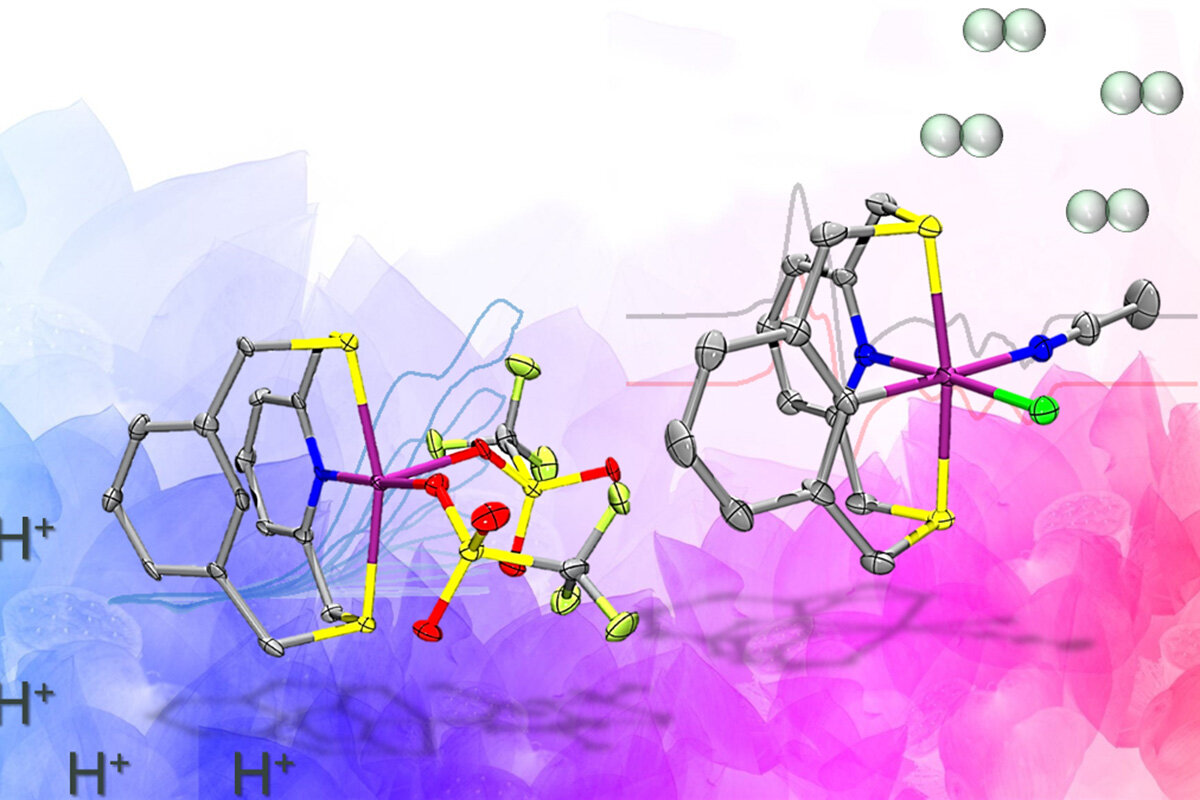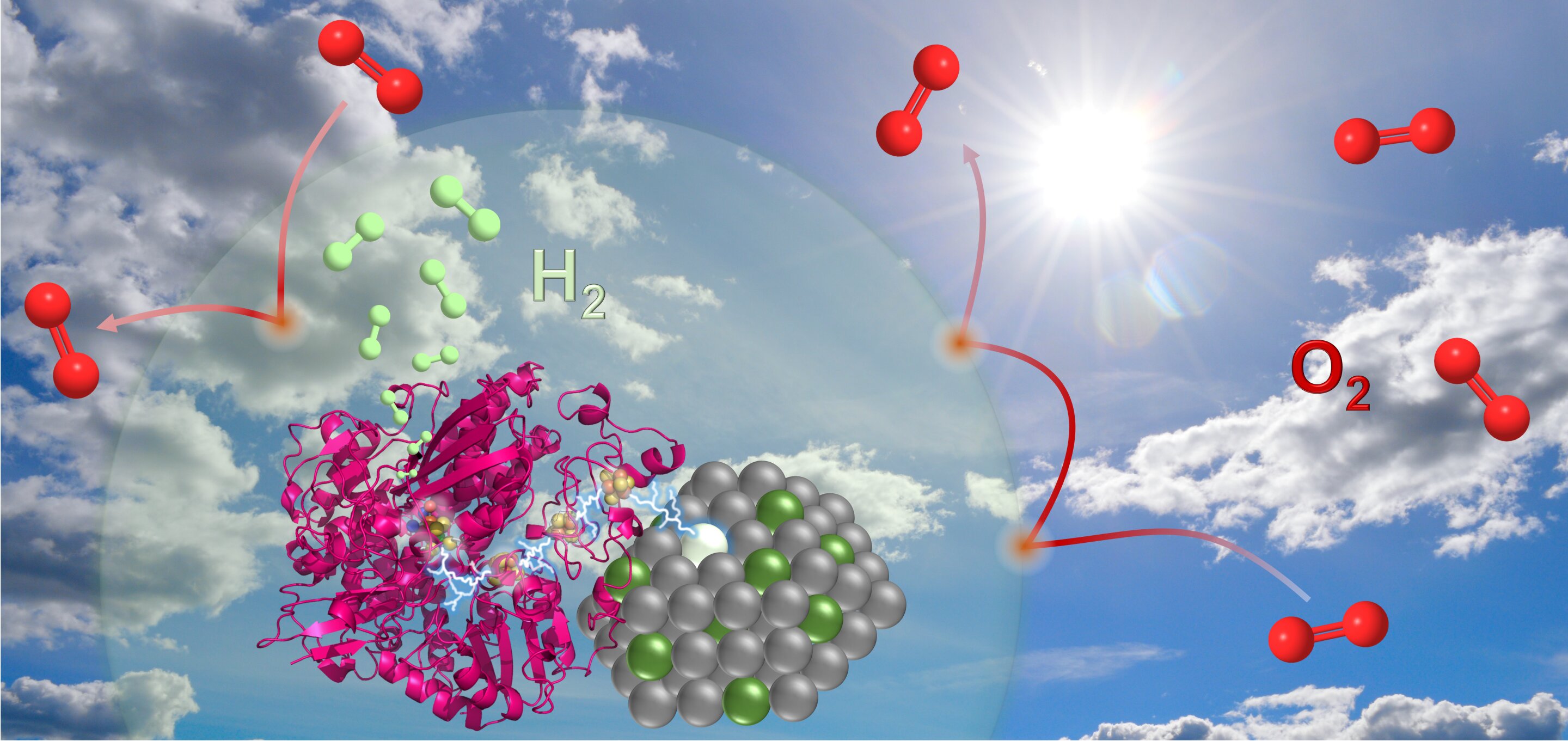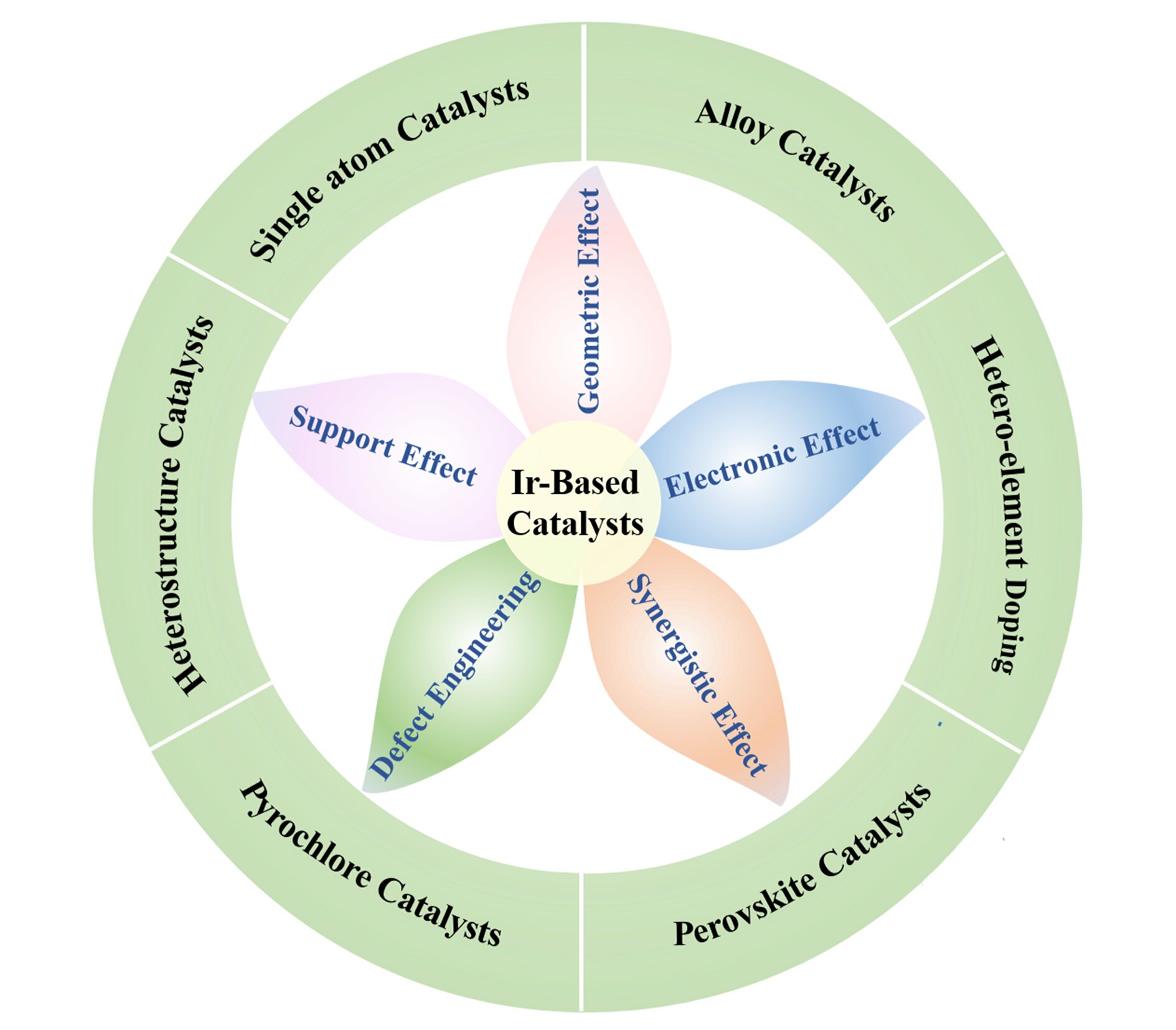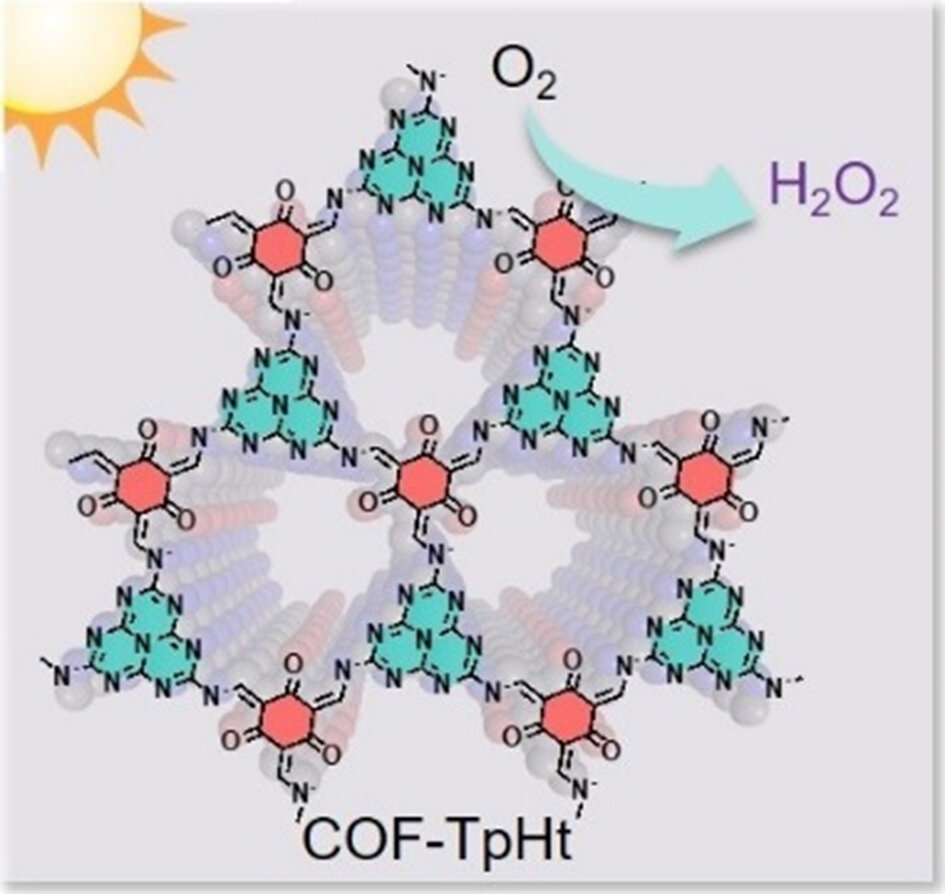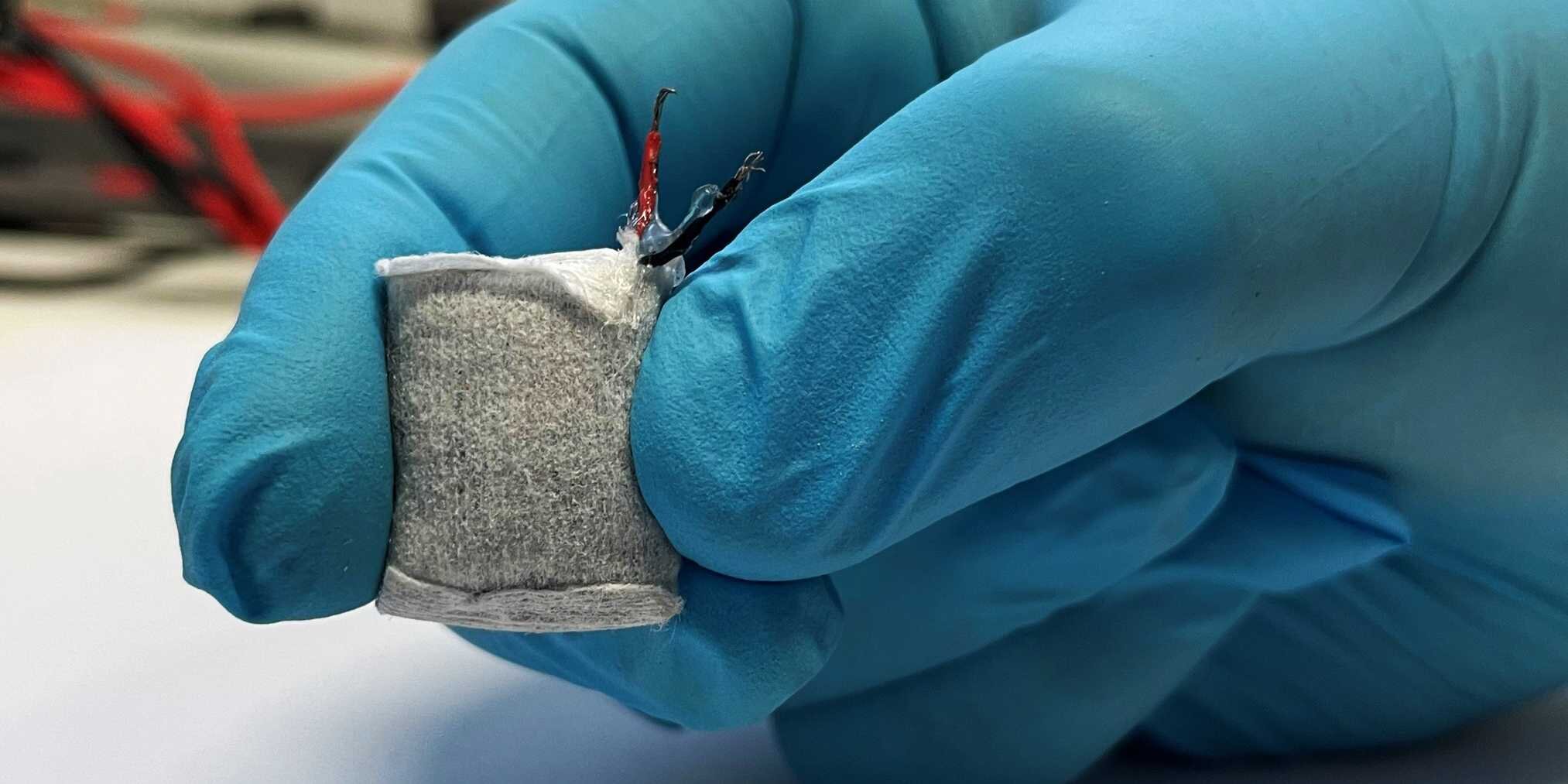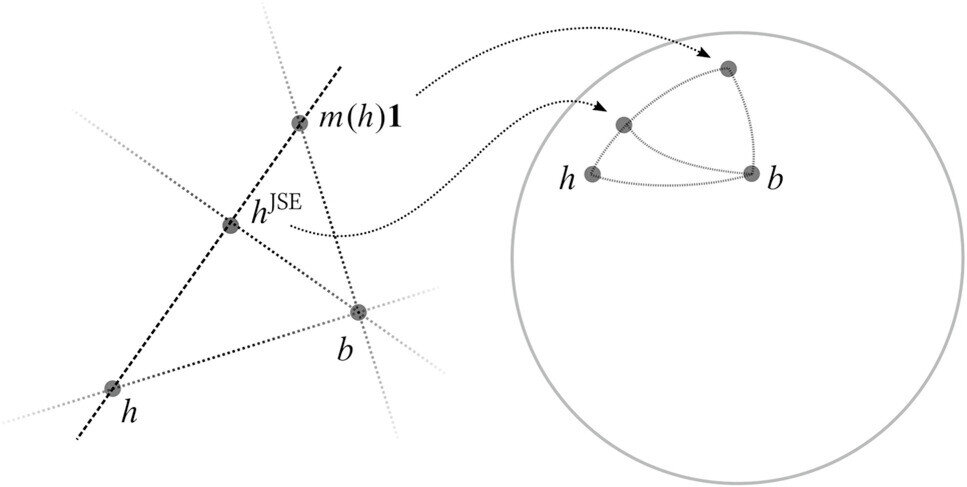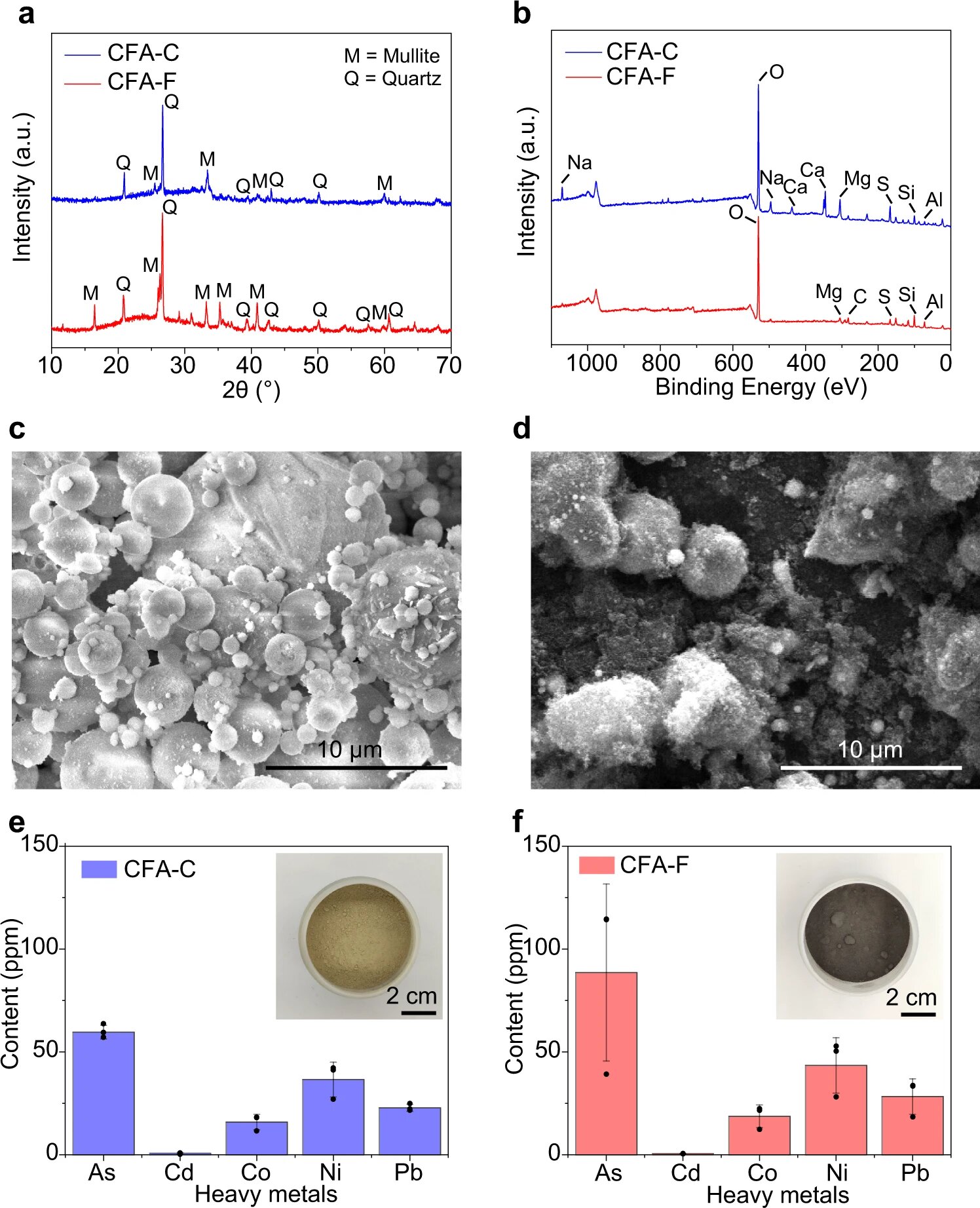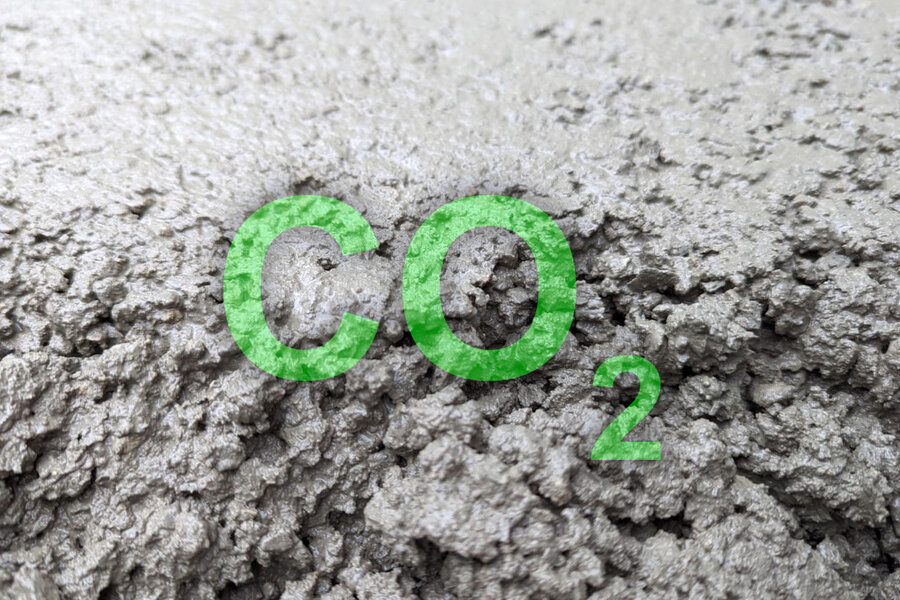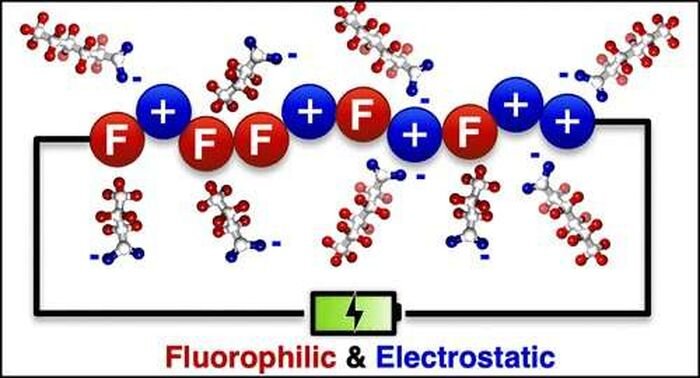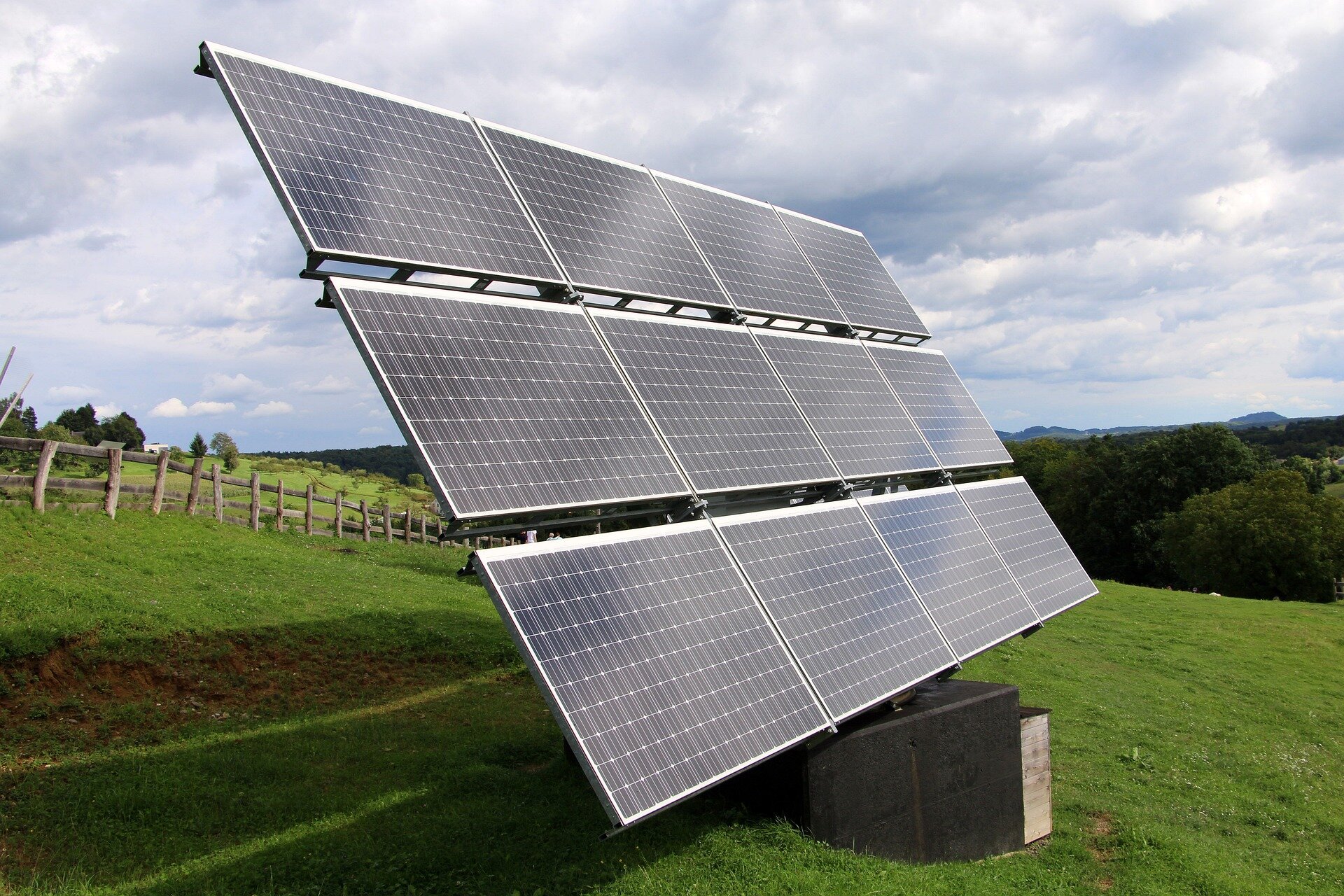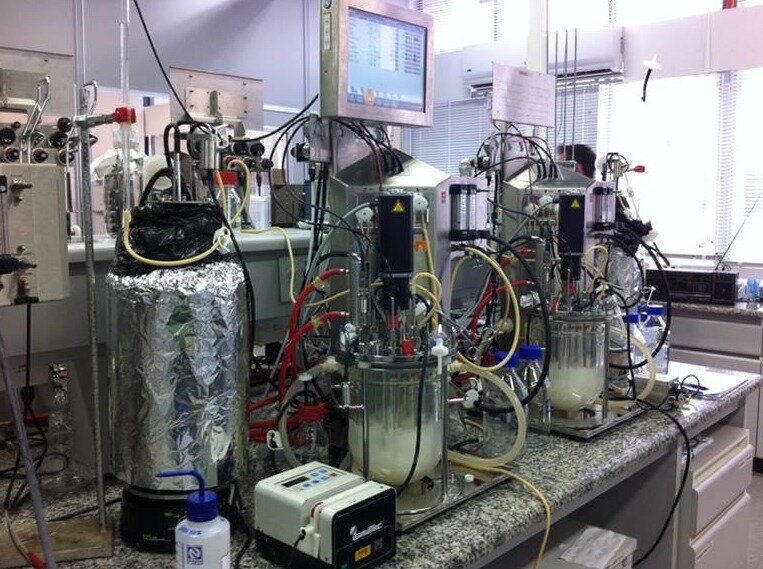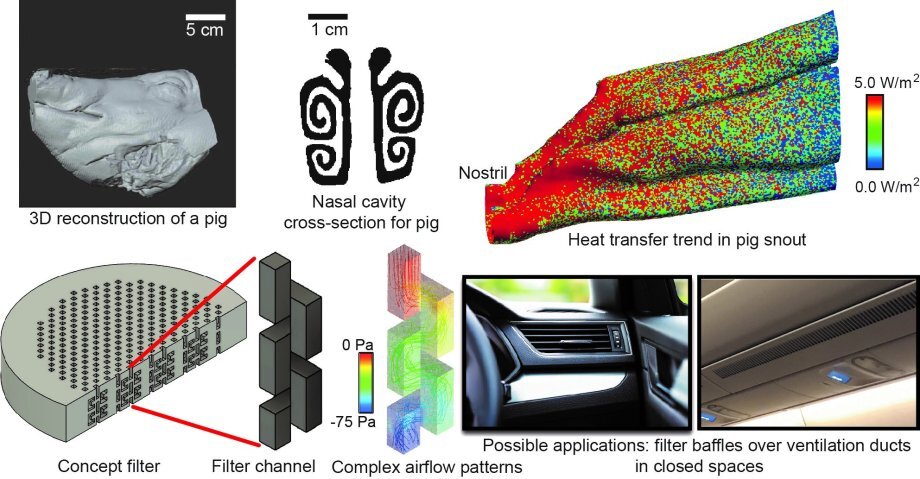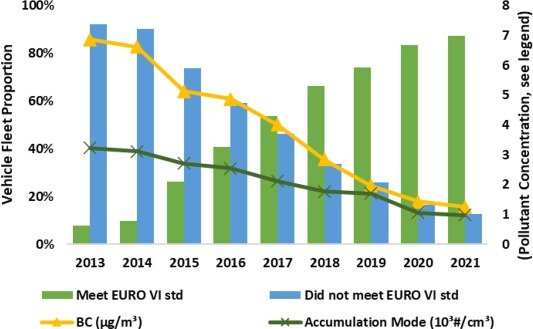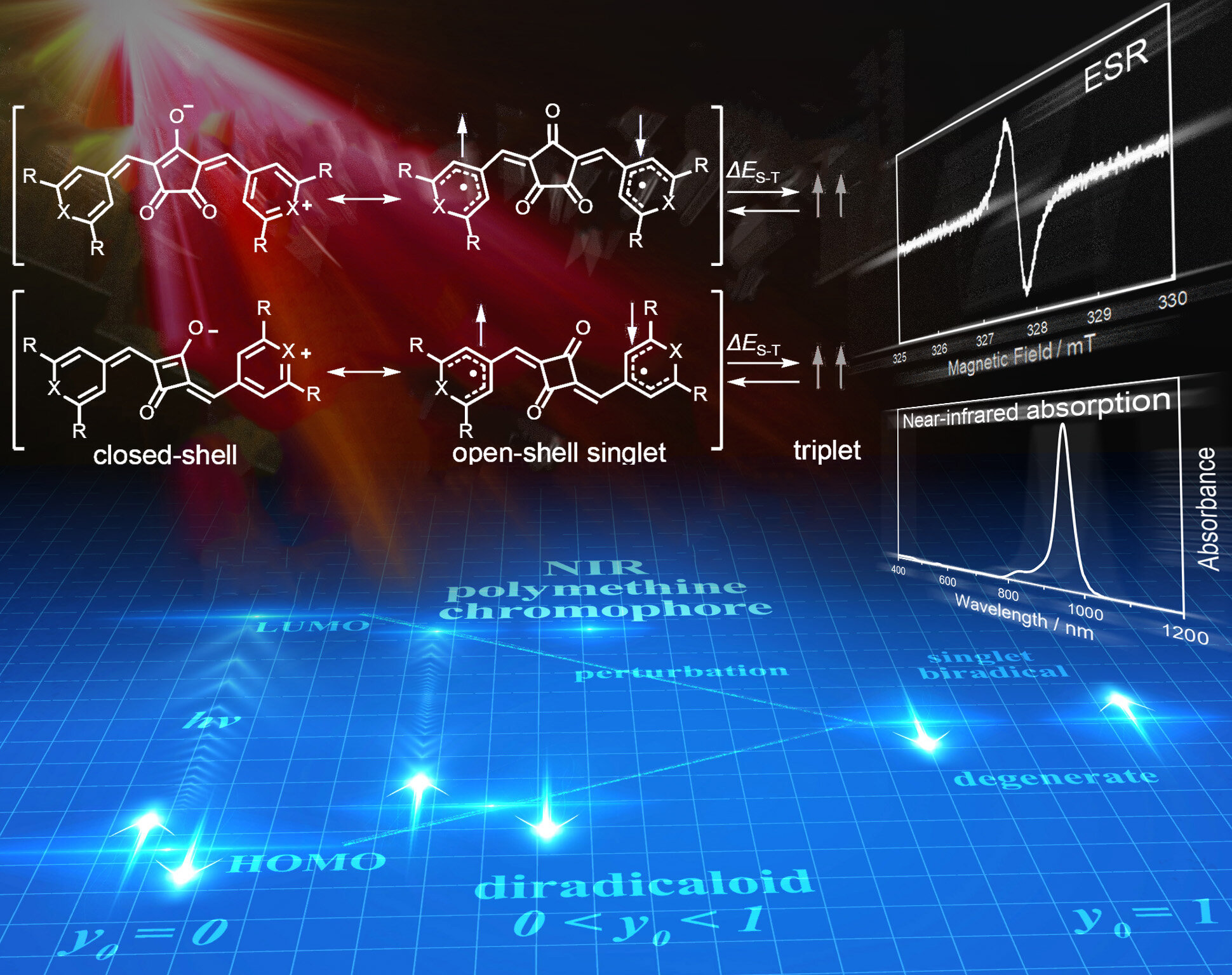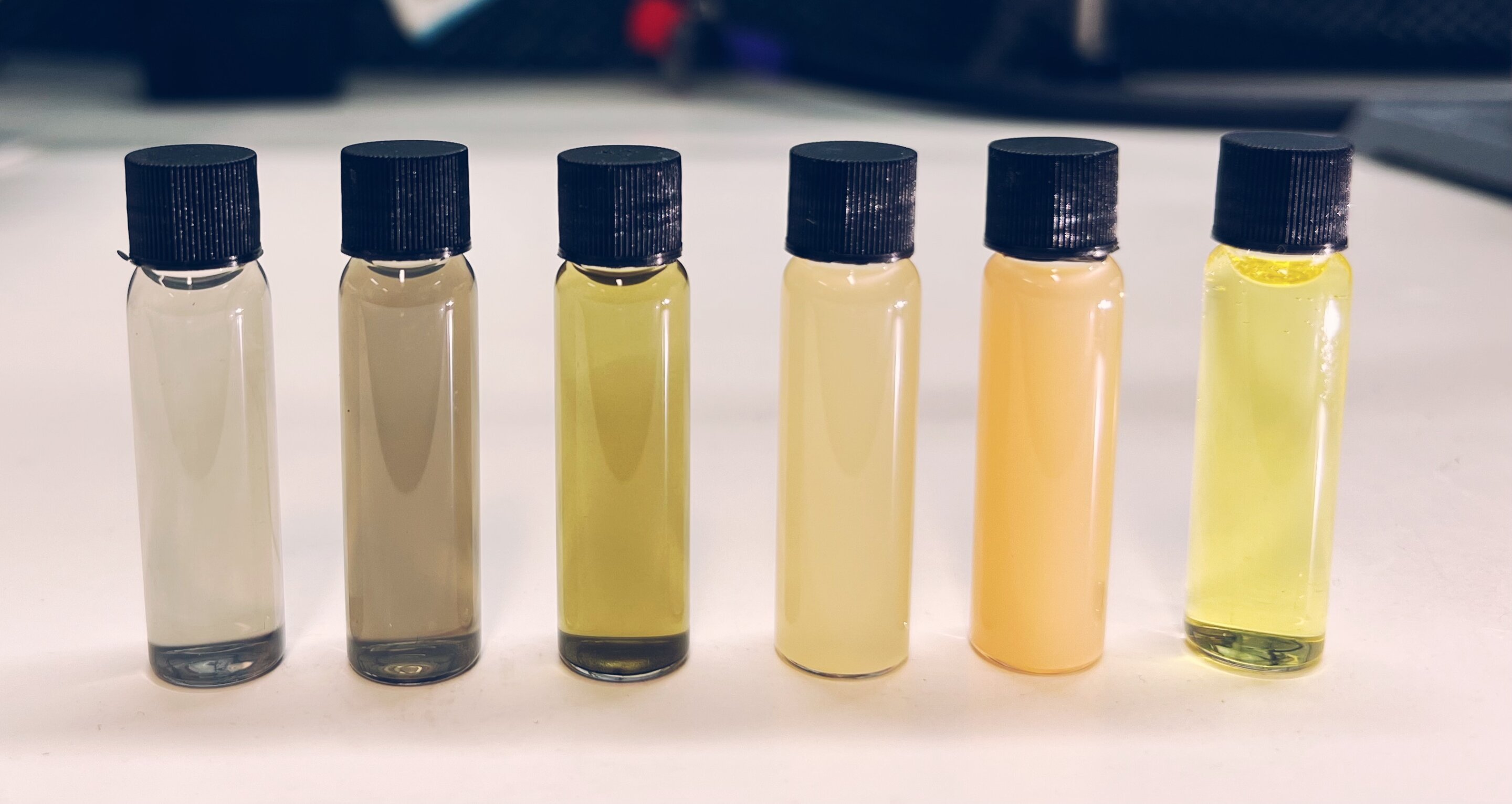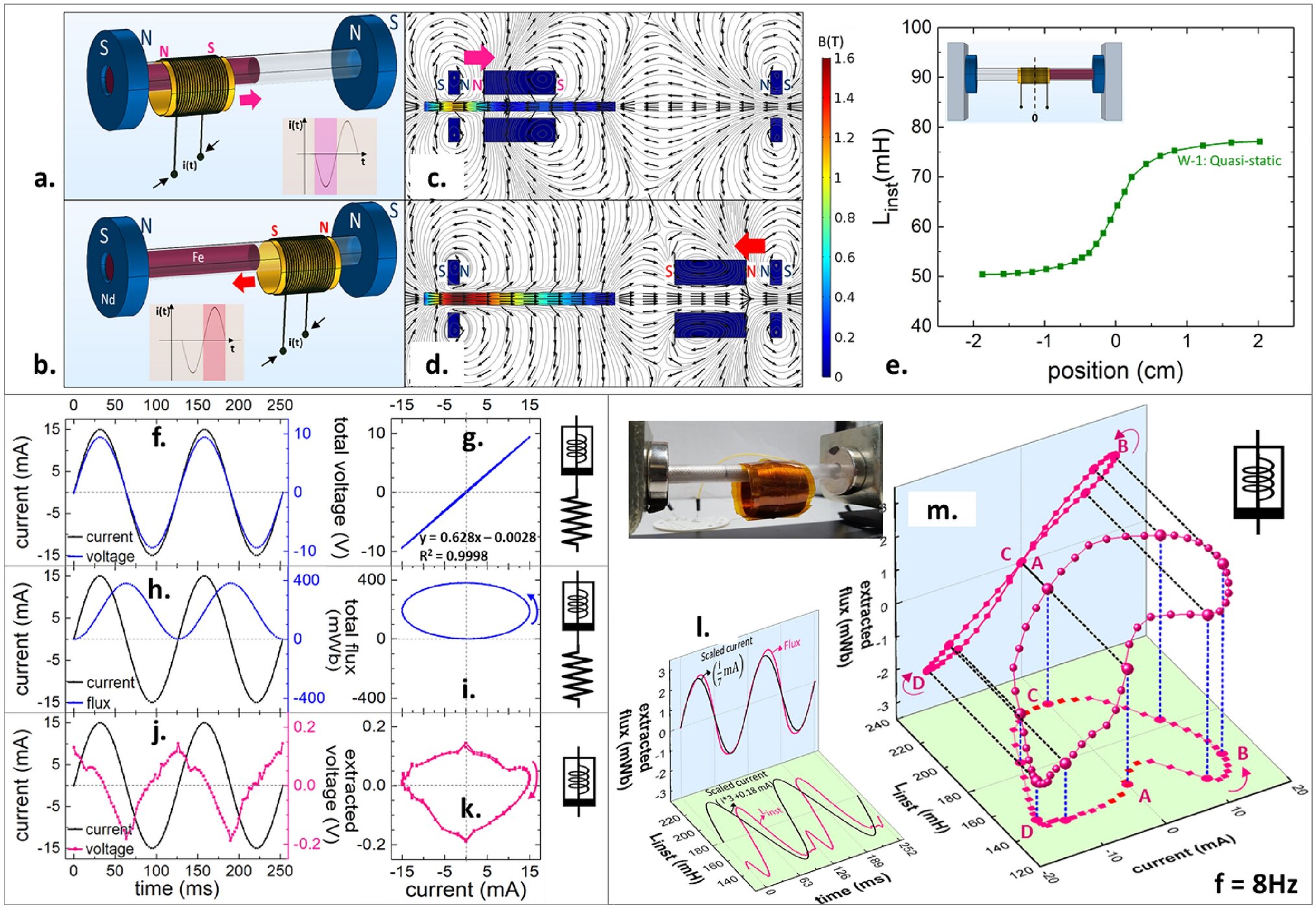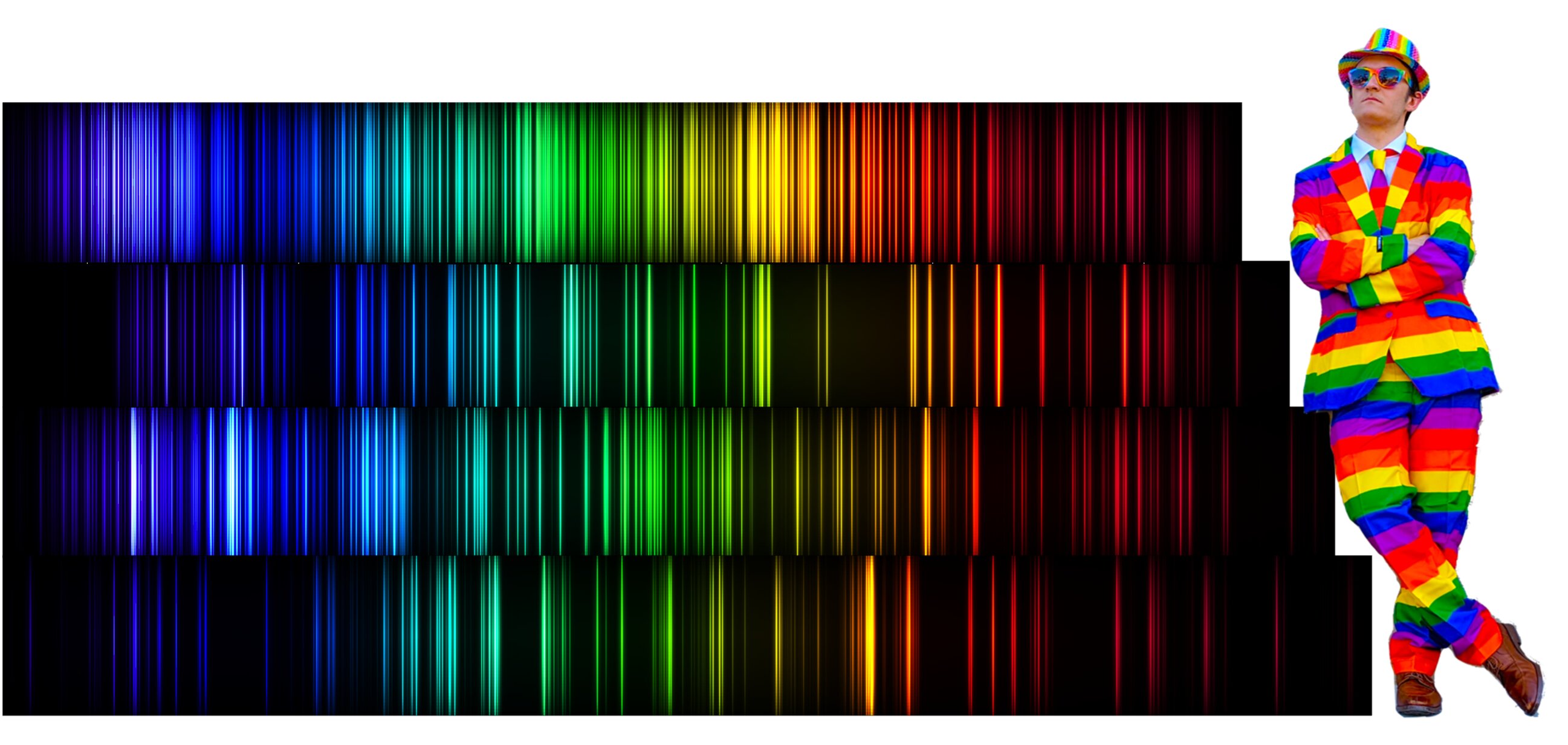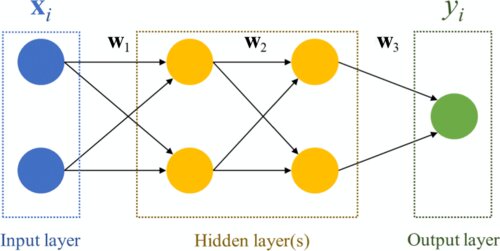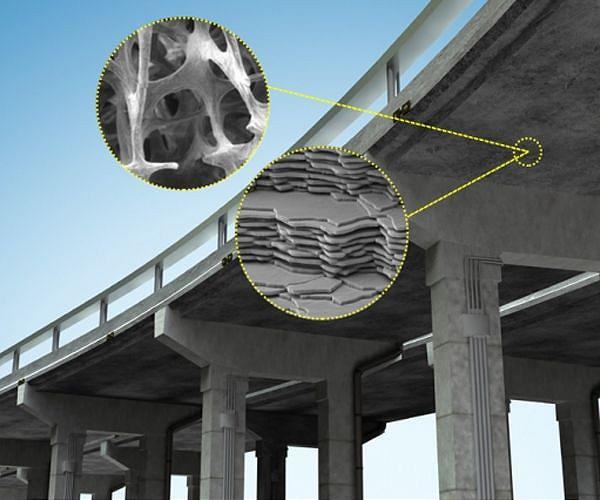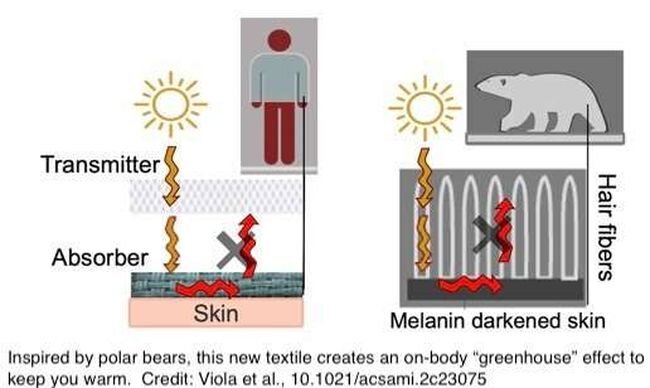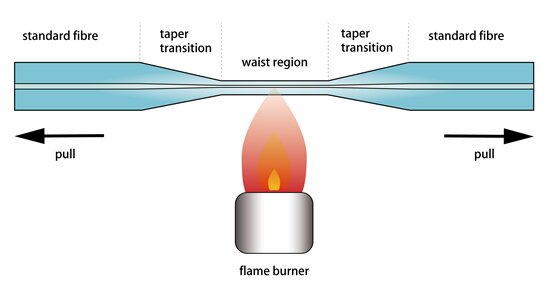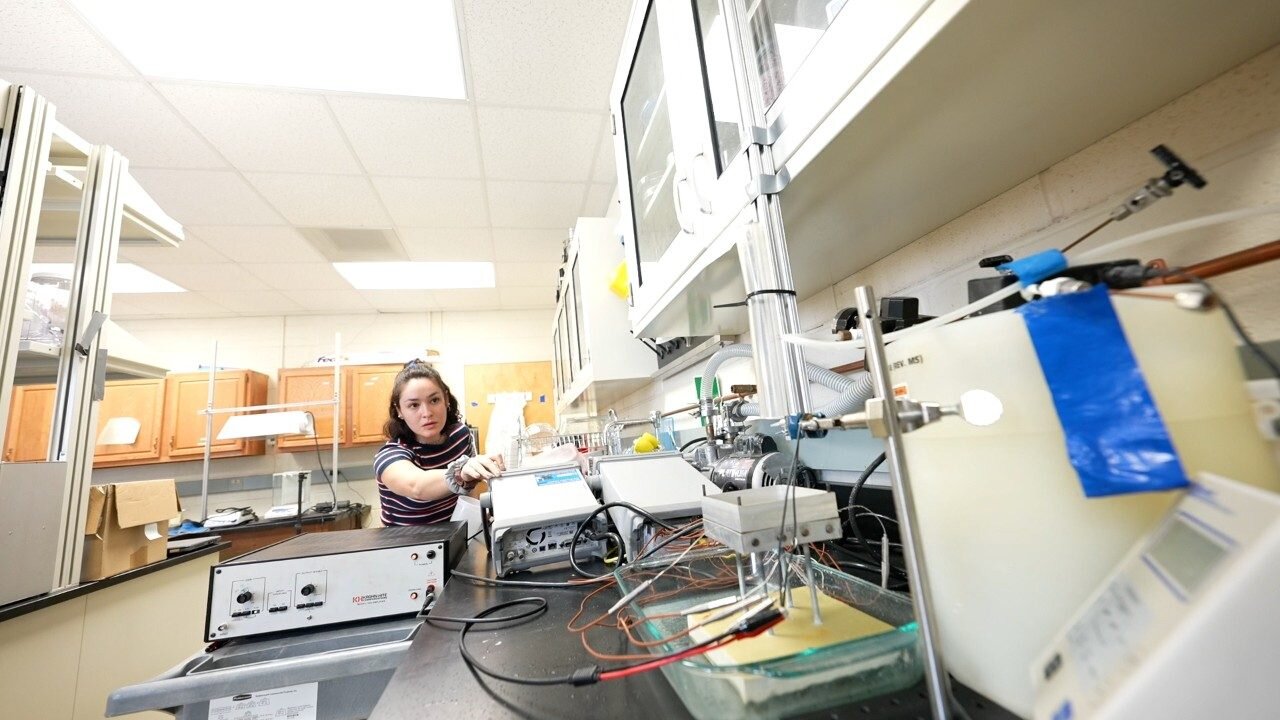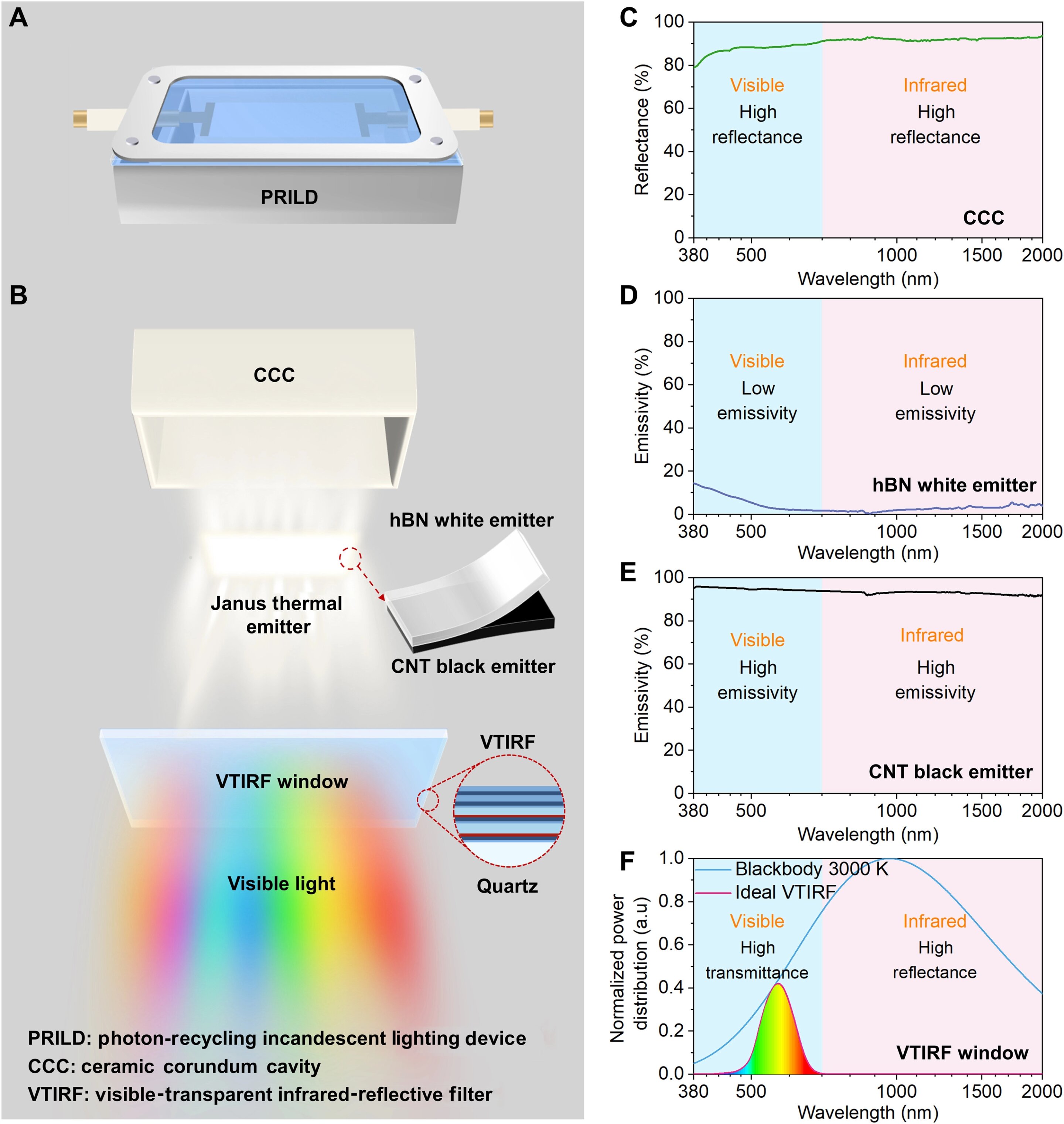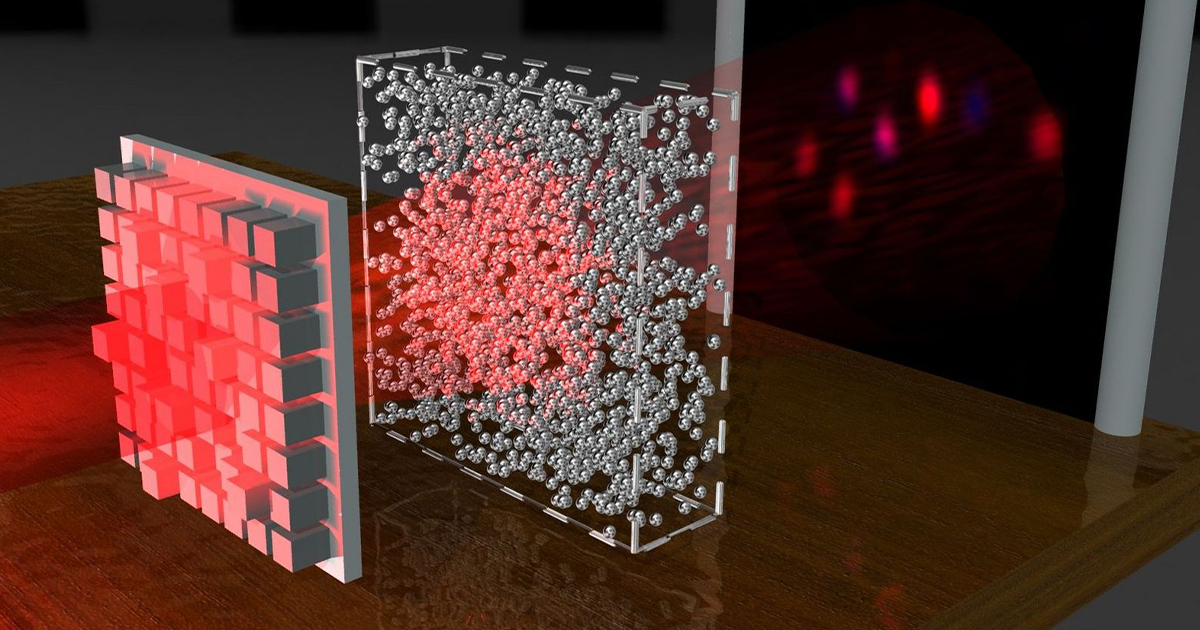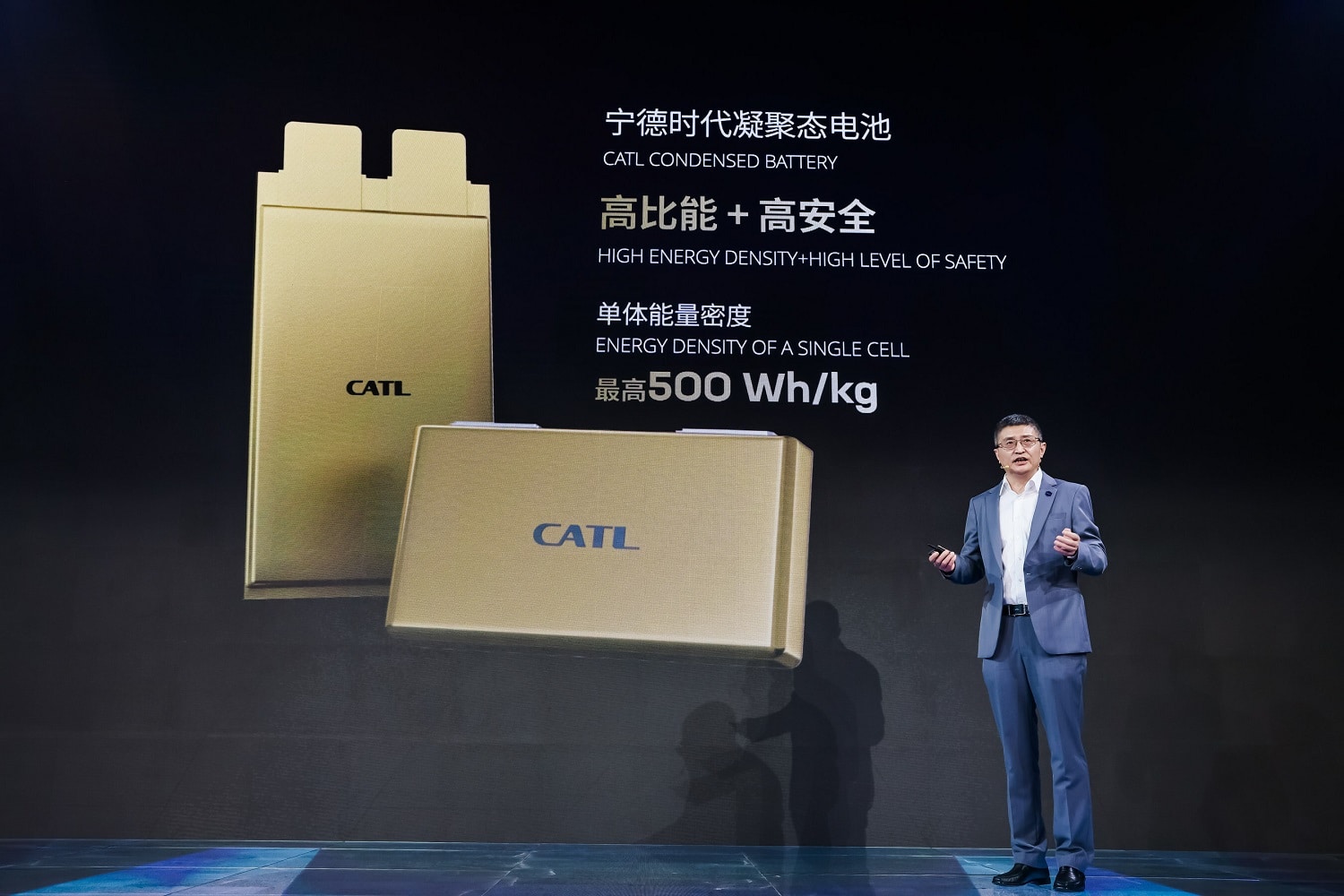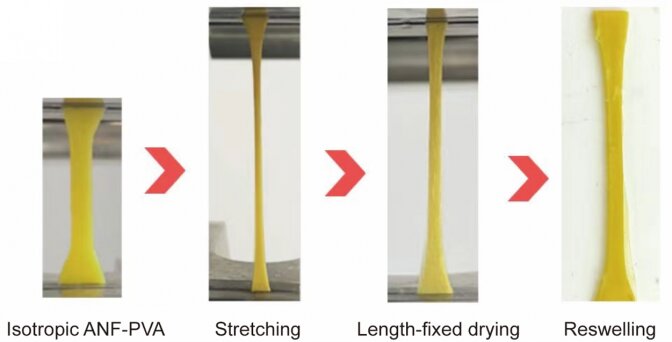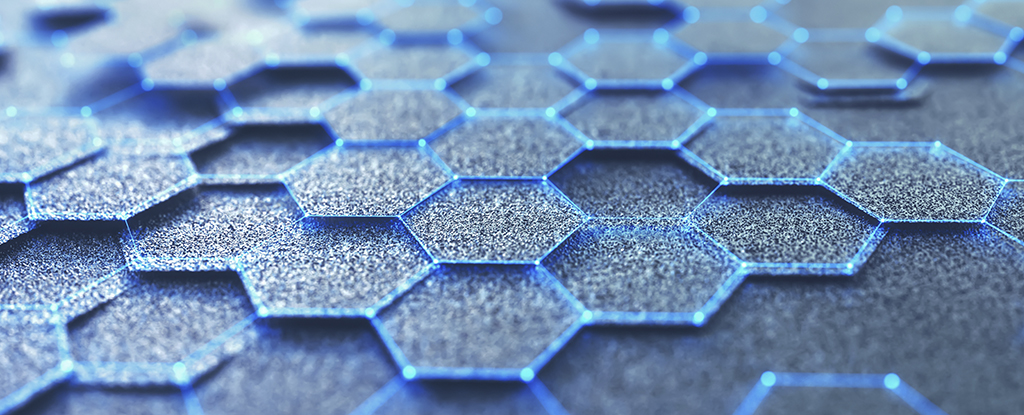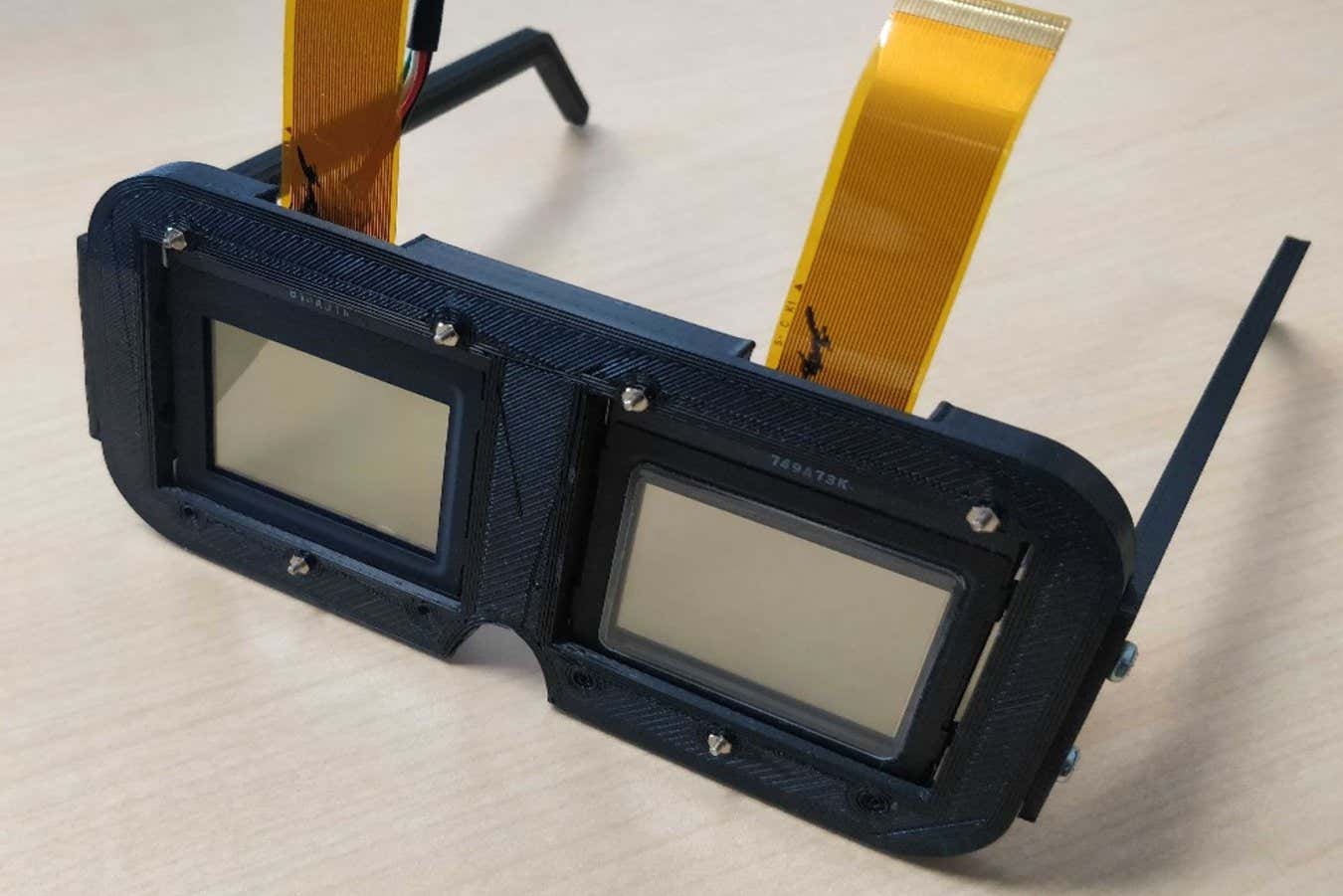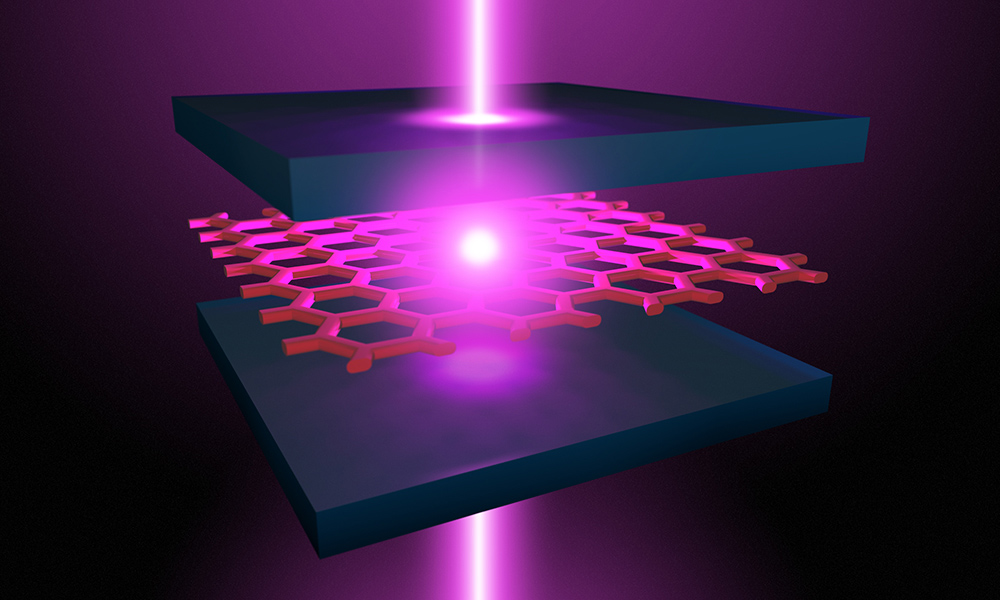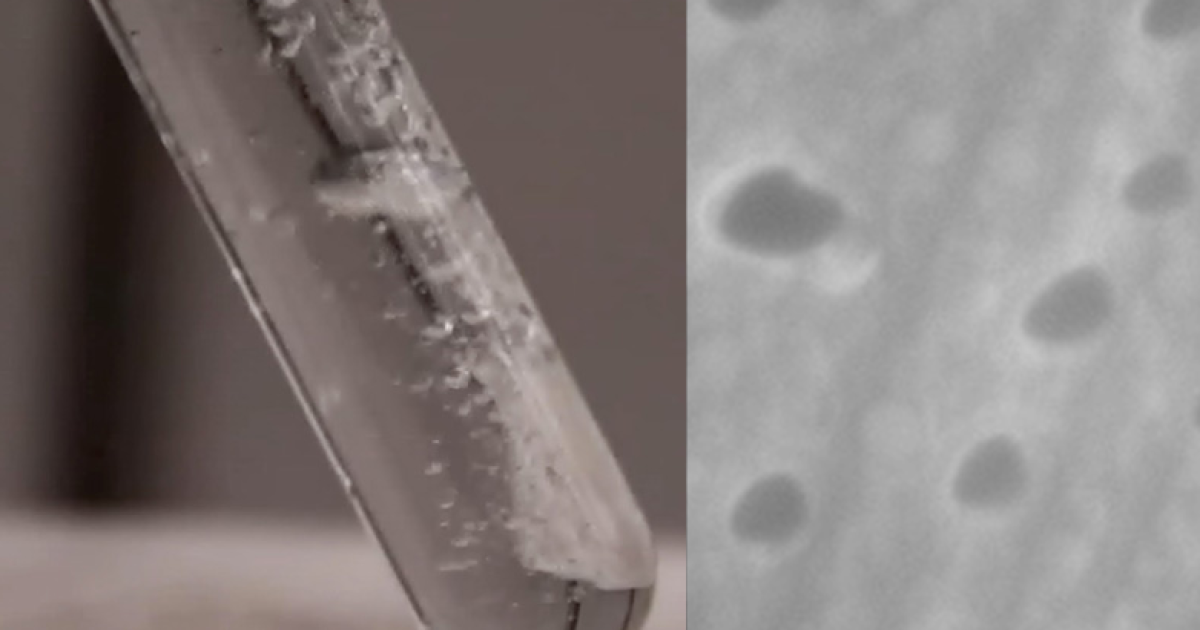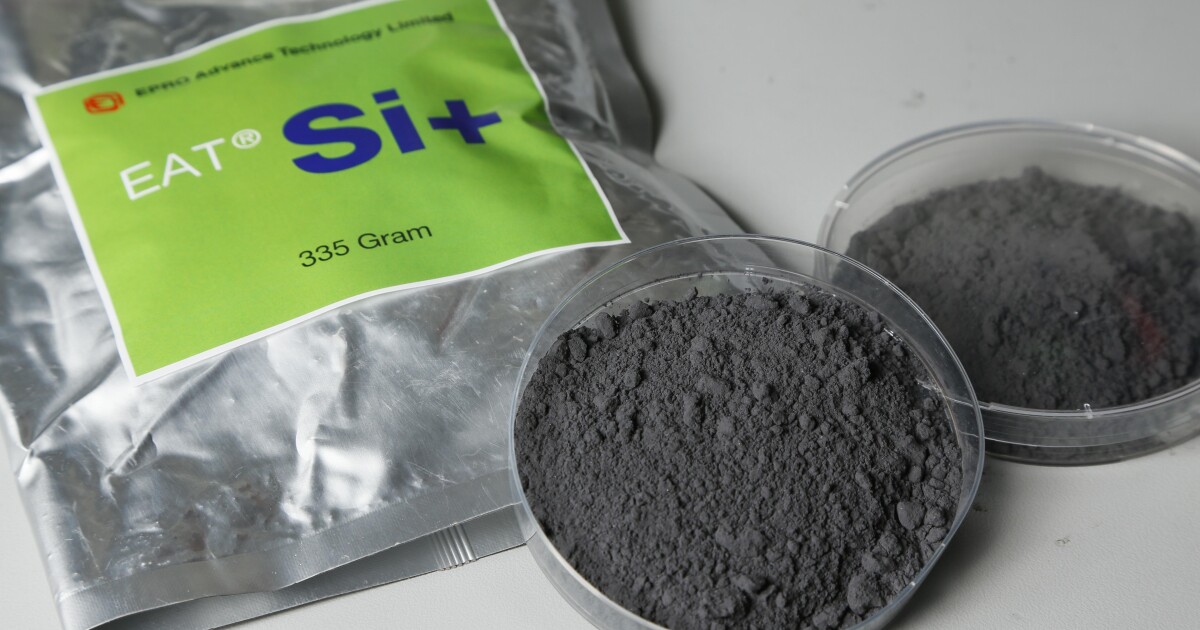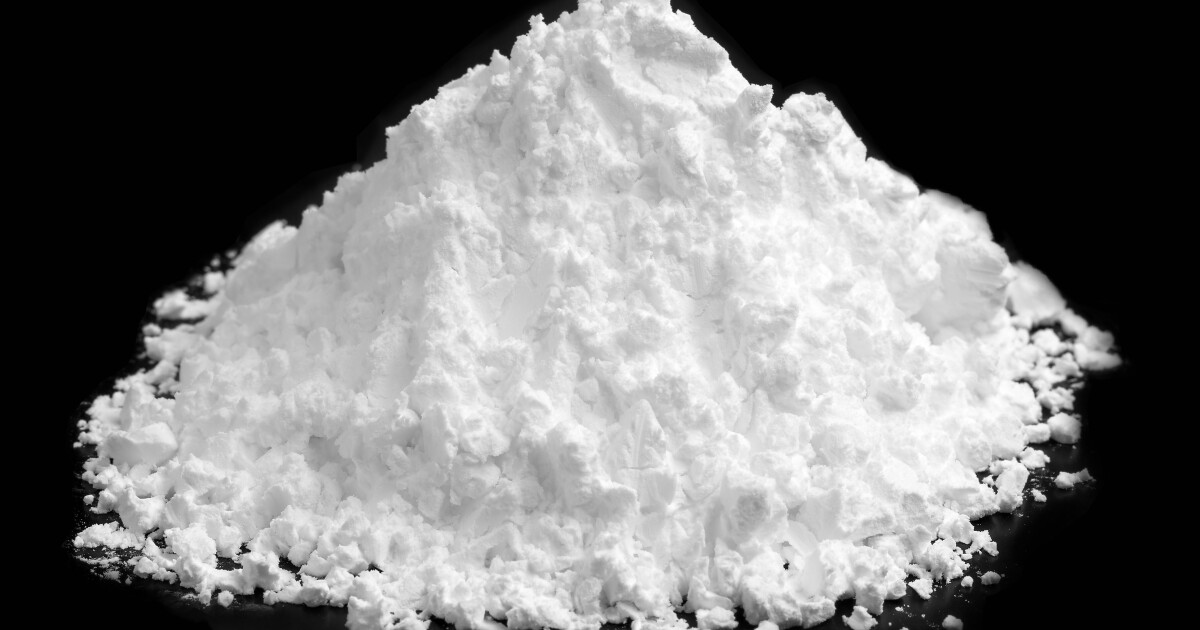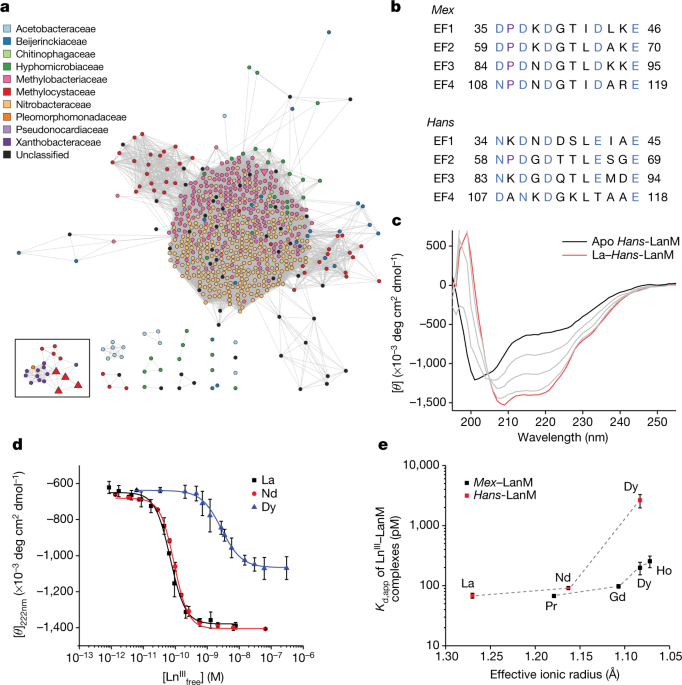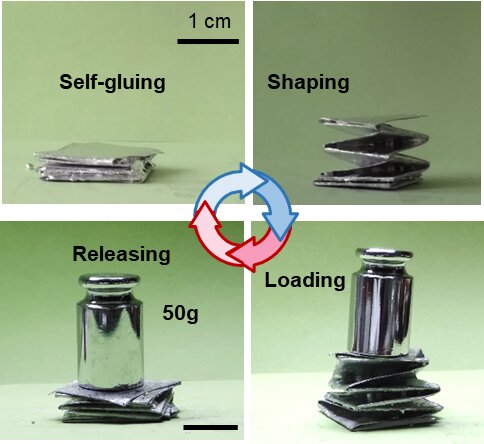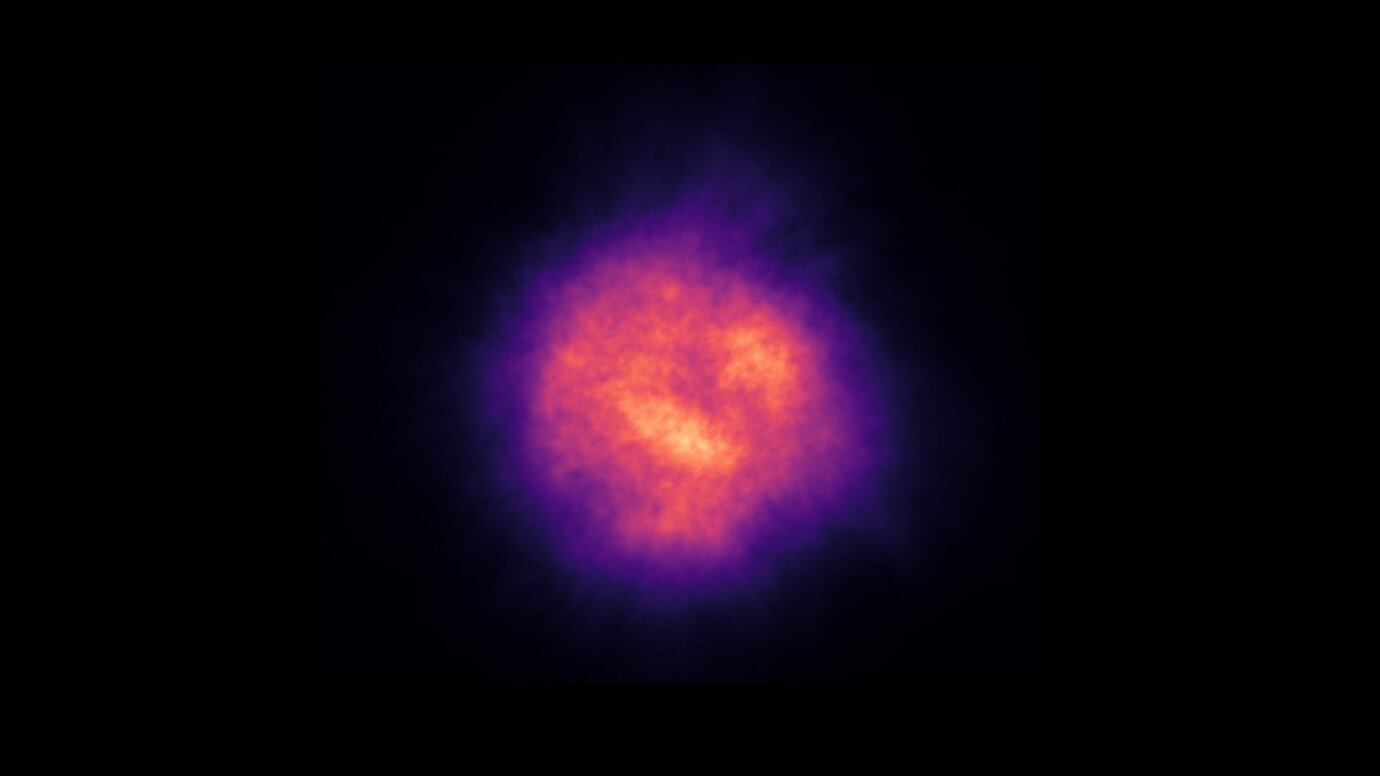Data transport sats
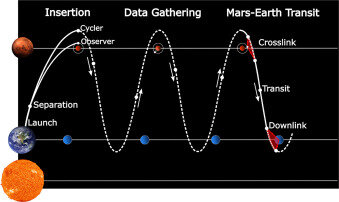
 phys.org
phys.org
A re-think of the first law
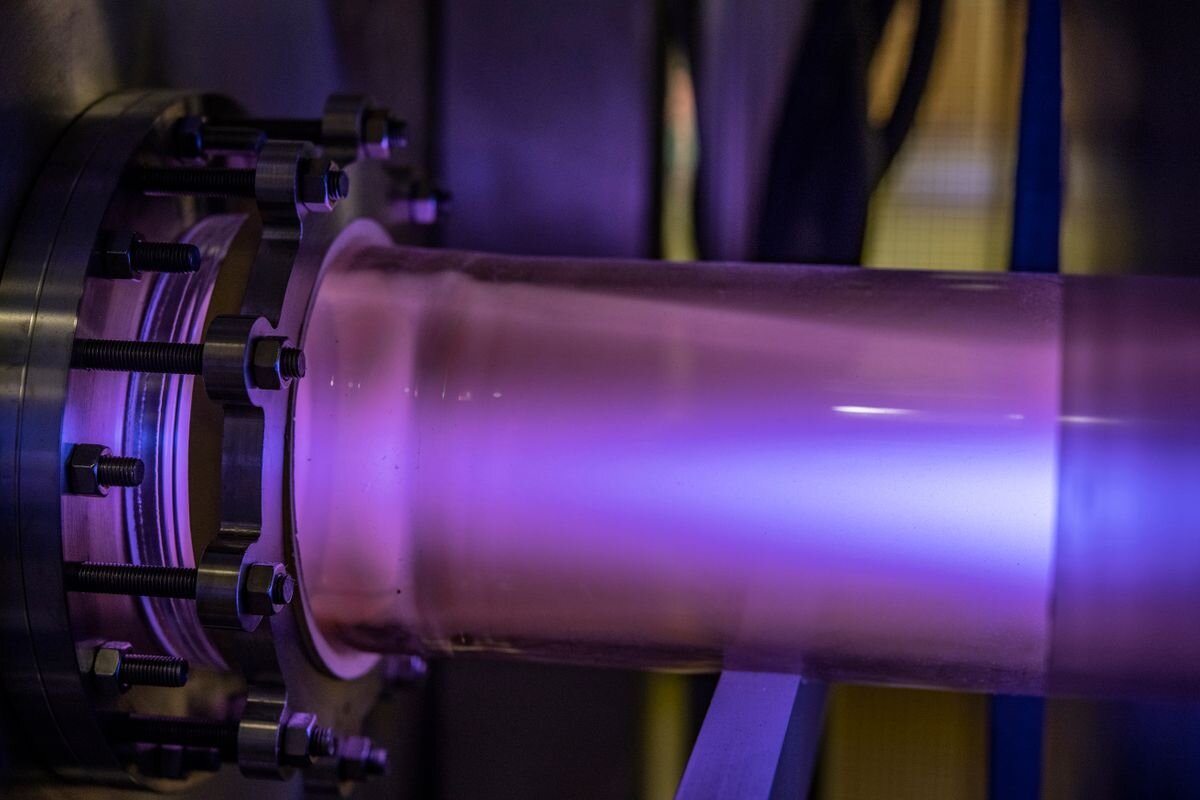
 phys.org
phys.org
Hydrogen
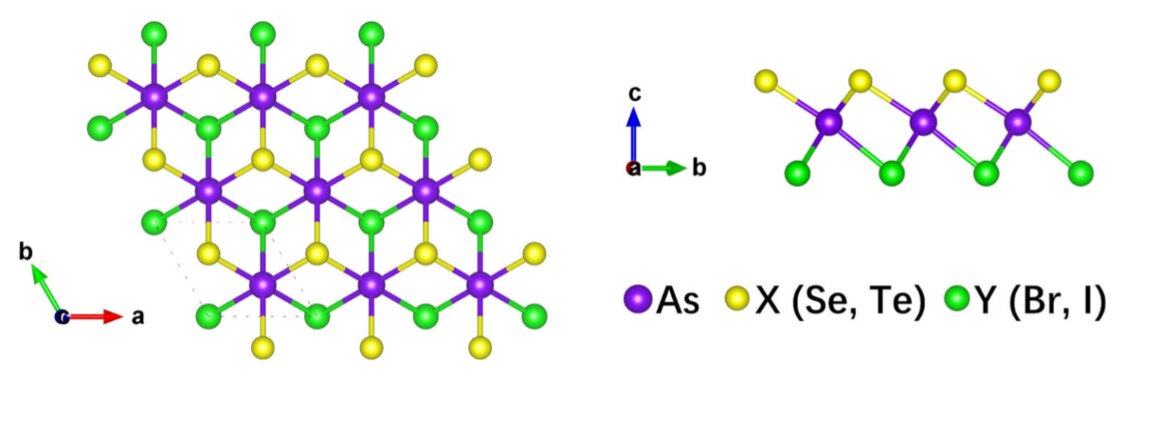
 phys.org
phys.org
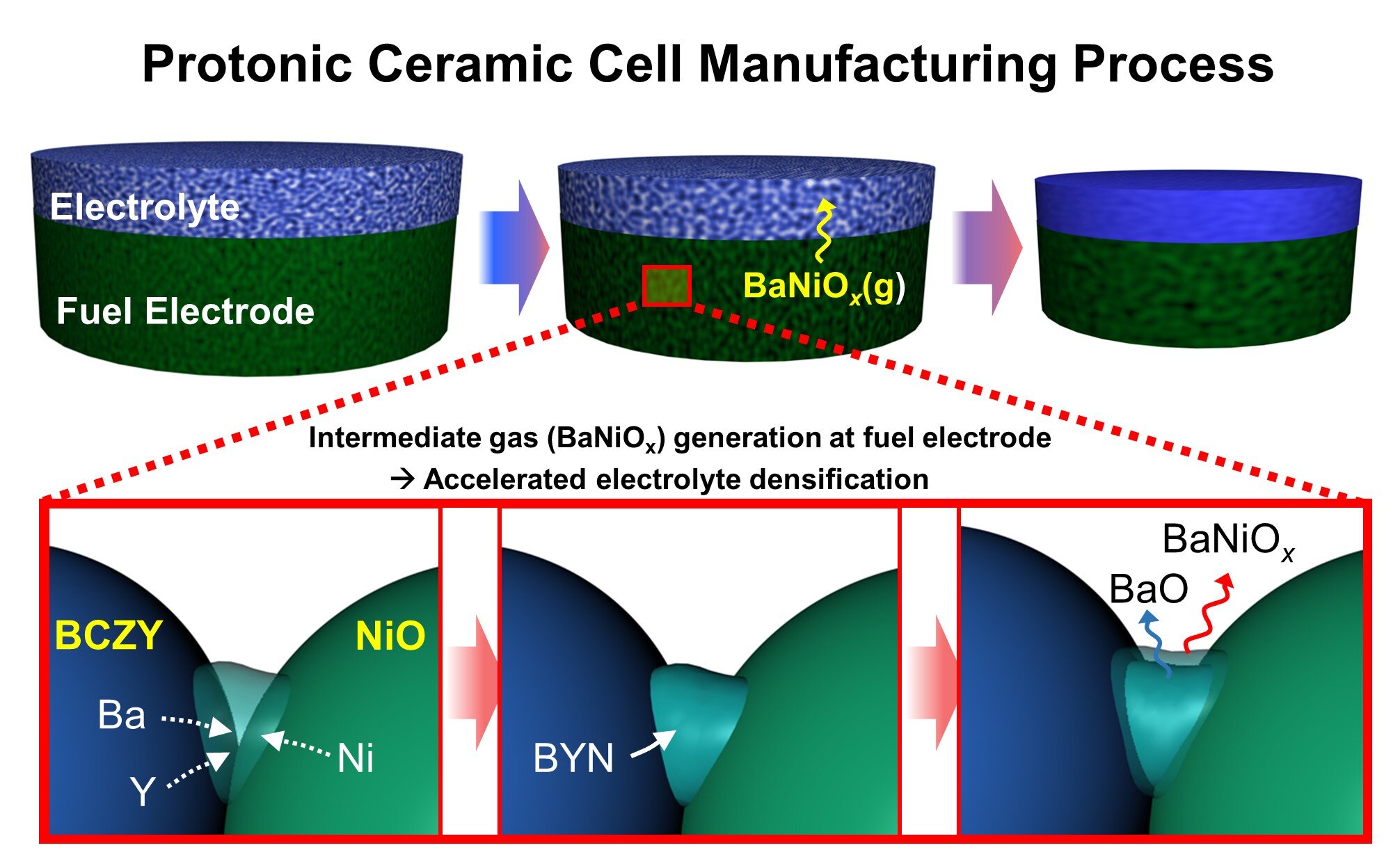
 techxplore.com
techxplore.com
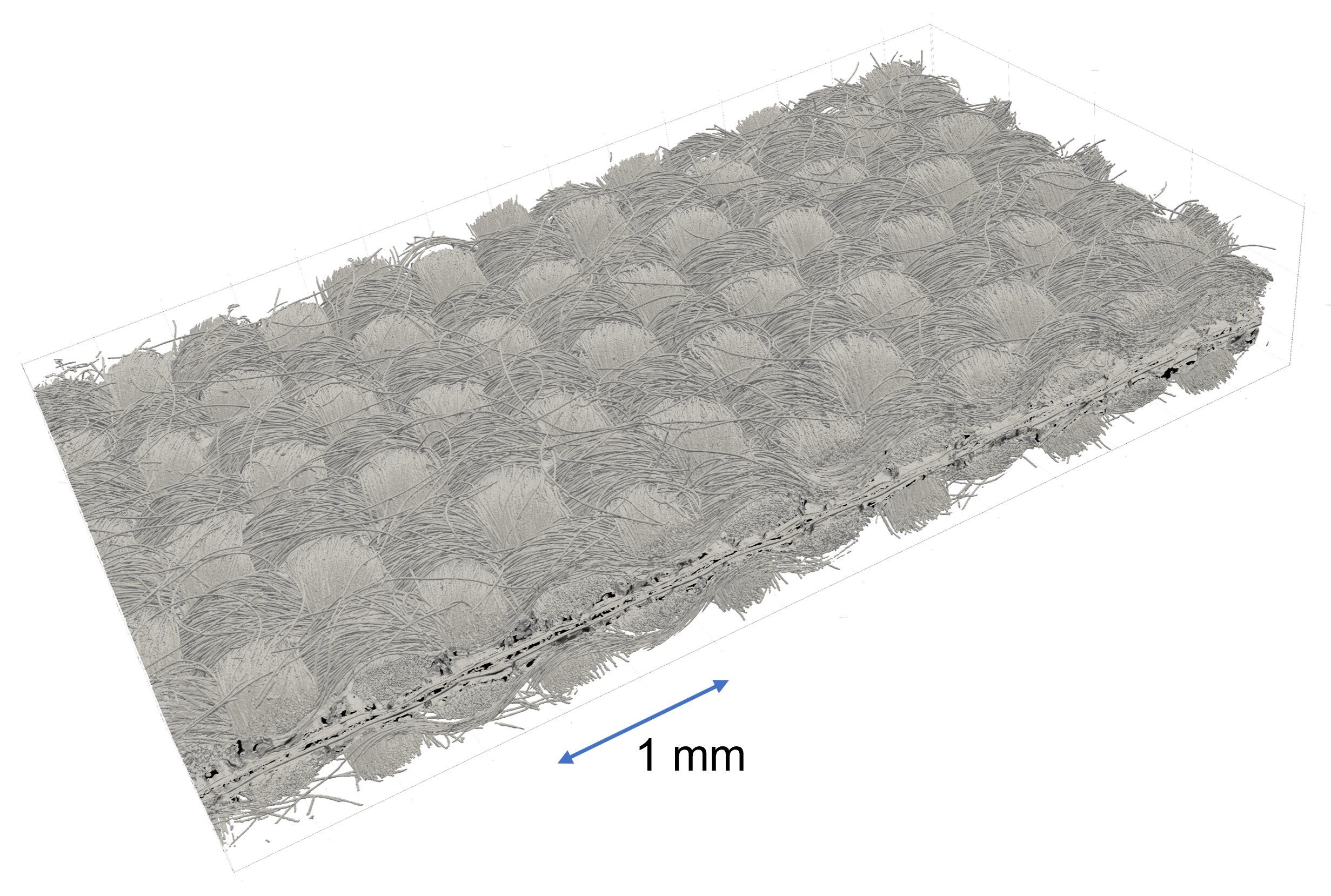
 techxplore.com
techxplore.com
Huge power generation
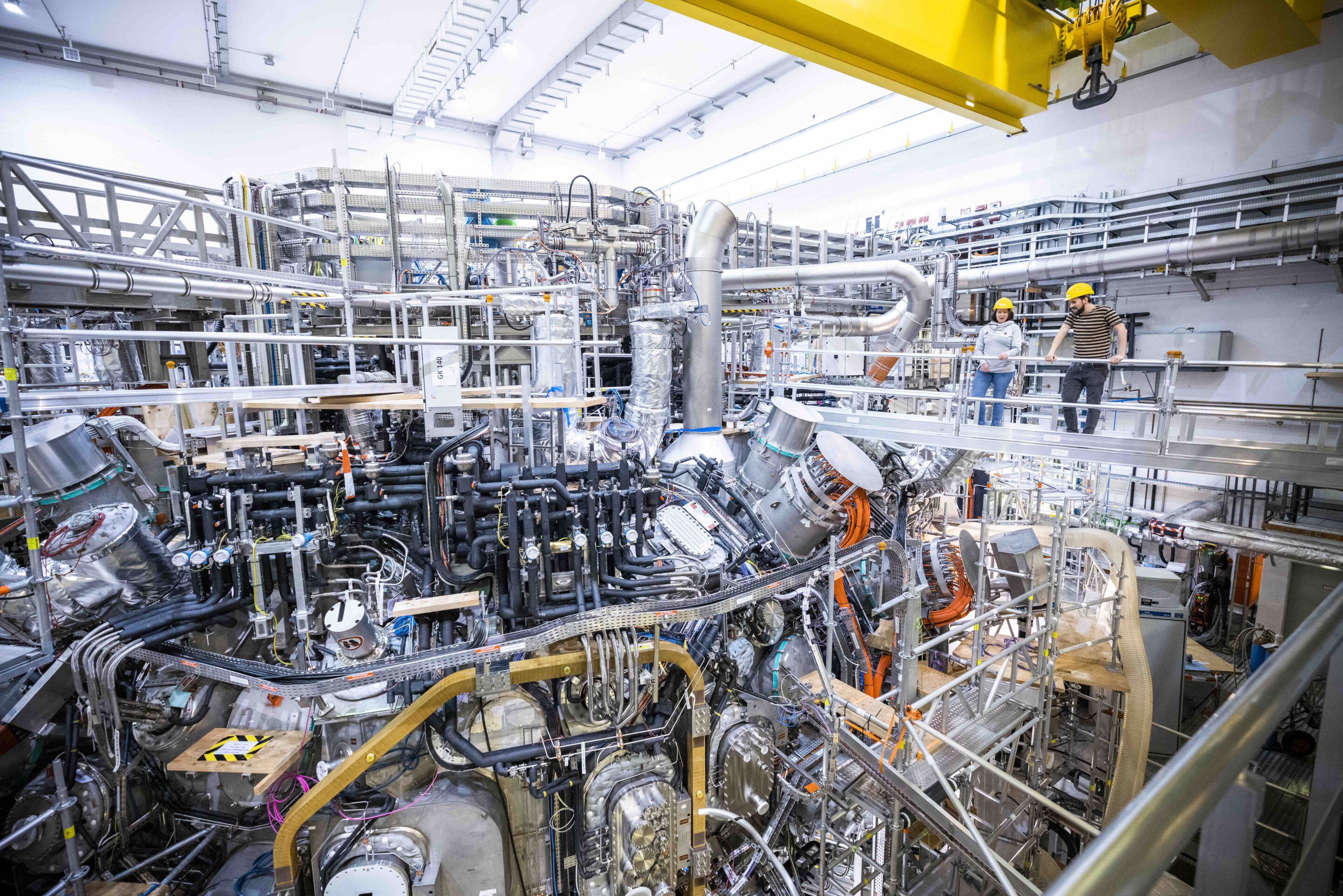
 phys.org
phys.org
New fluid pump
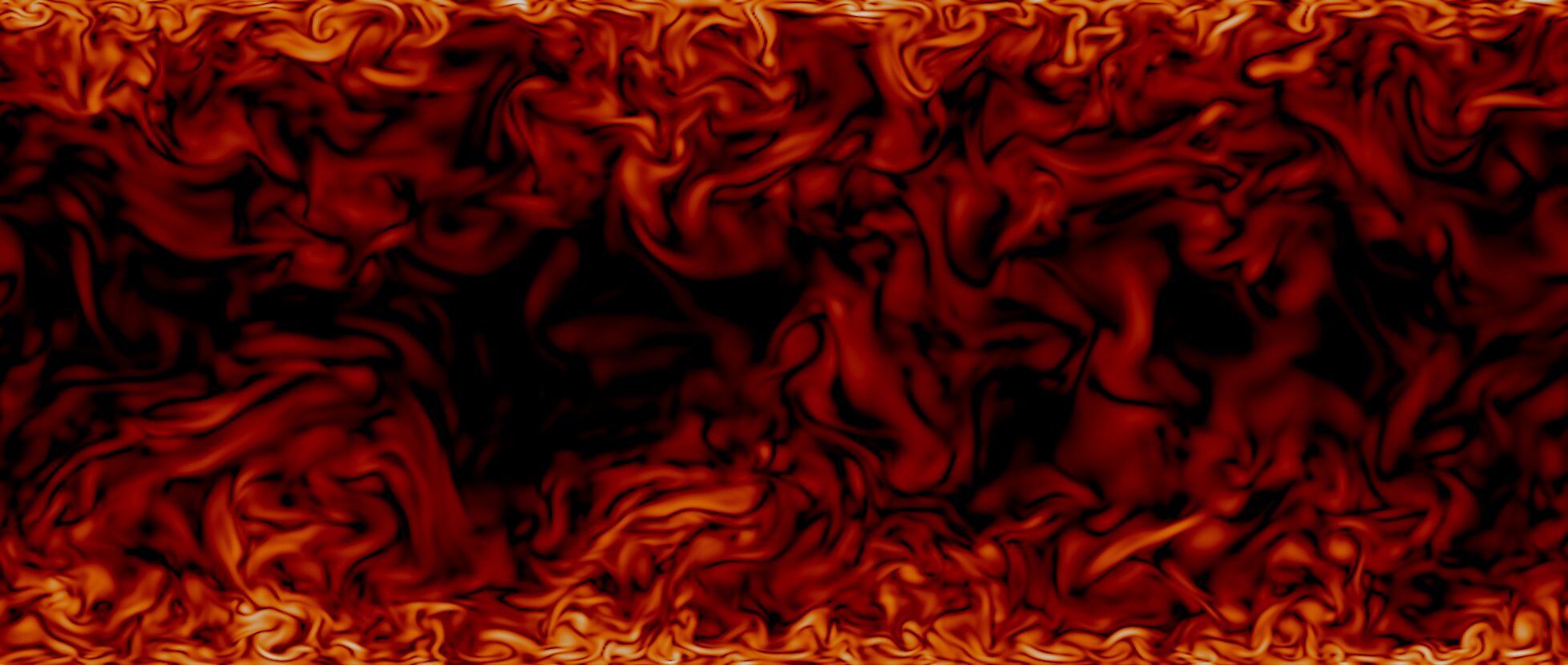
 techxplore.com
techxplore.com

 phys.org
phys.org
Flexible electronics

 techxplore.com
techxplore.com
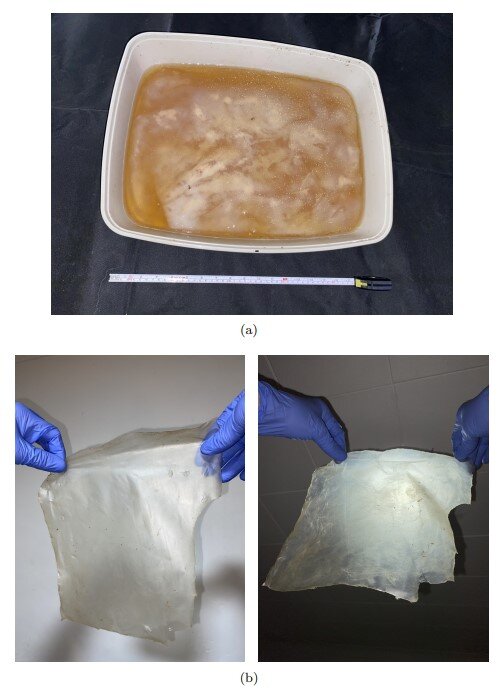
 techxplore.com
techxplore.com
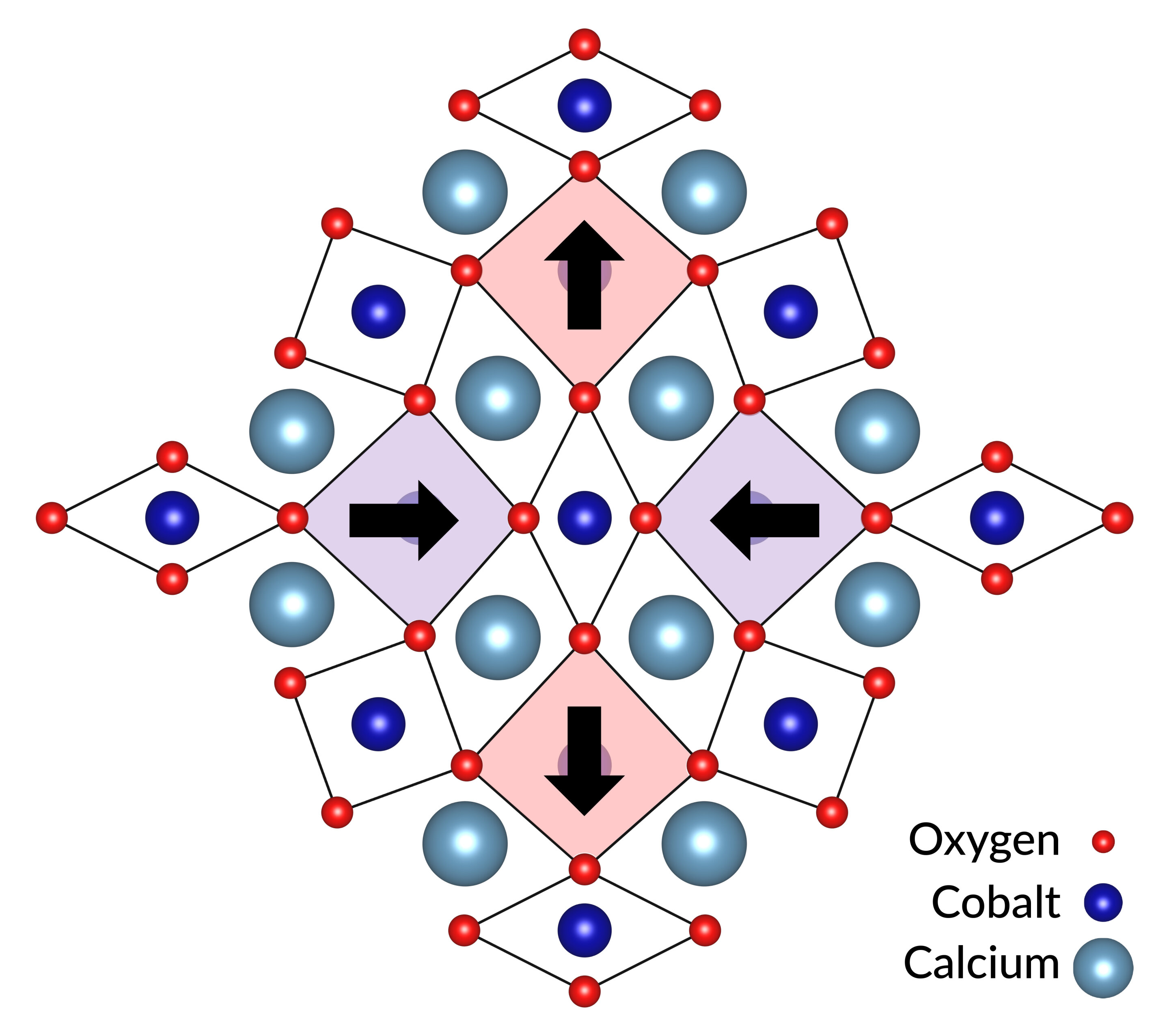
 phys.org
phys.org
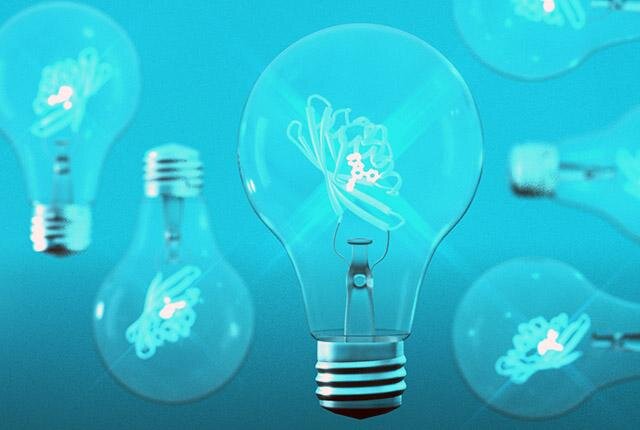
 phys.org
phys.org
Imaging
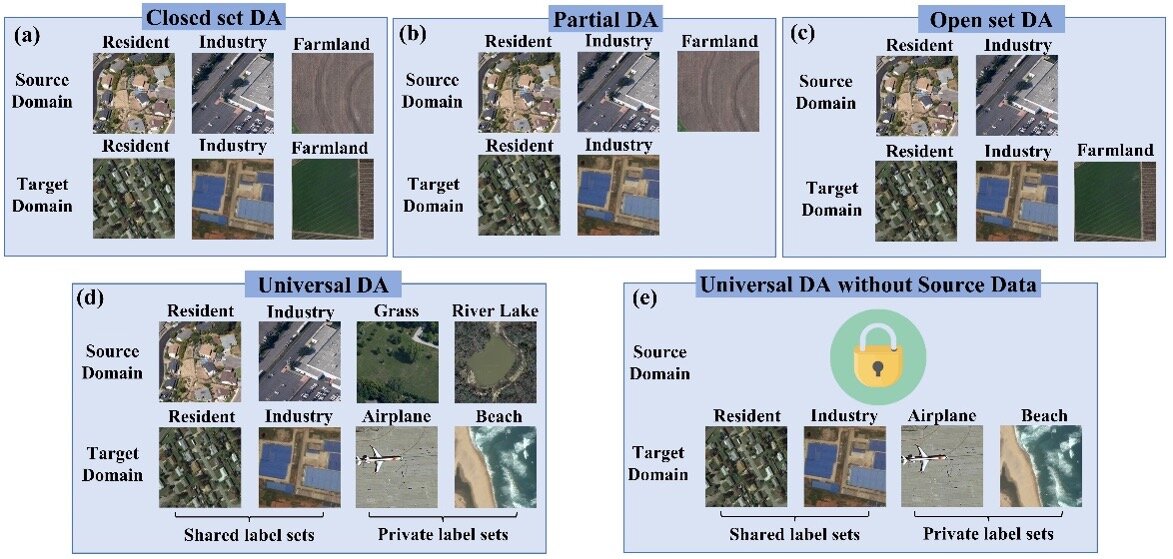
 techxplore.com
techxplore.com
New microscope
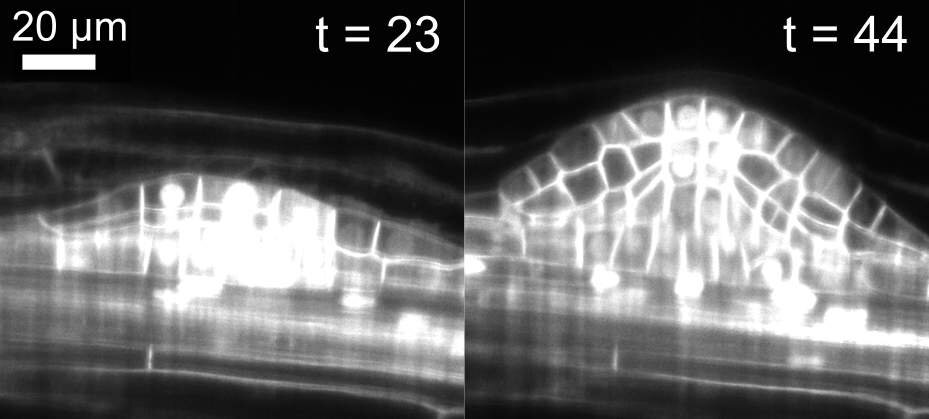
 phys.org
phys.org
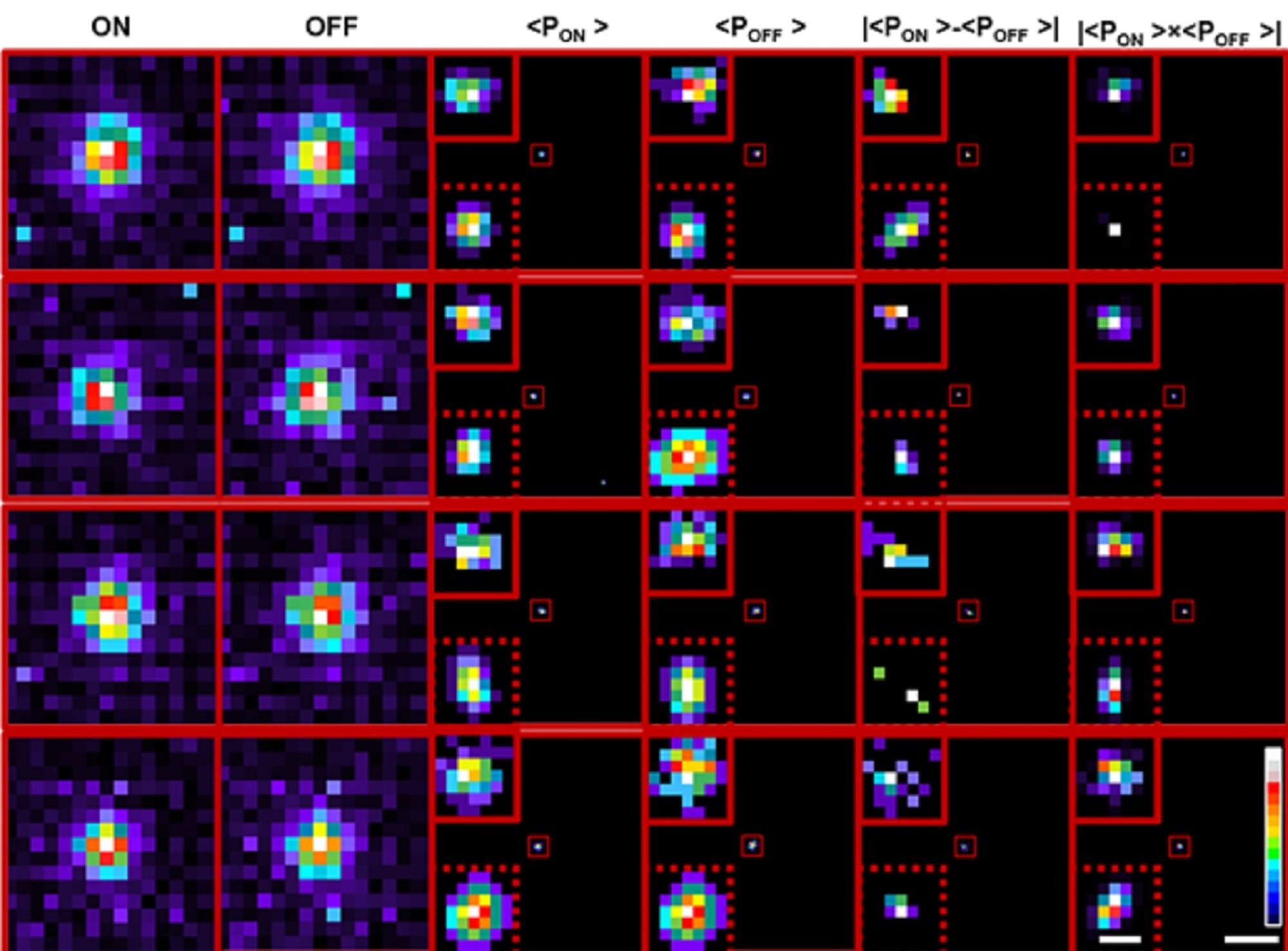
 phys.org
ttps://phys.org/news/2023-02-glass-silica-chiral-optical-property.html
phys.org
ttps://phys.org/news/2023-02-glass-silica-chiral-optical-property.html
Corrosion fighter
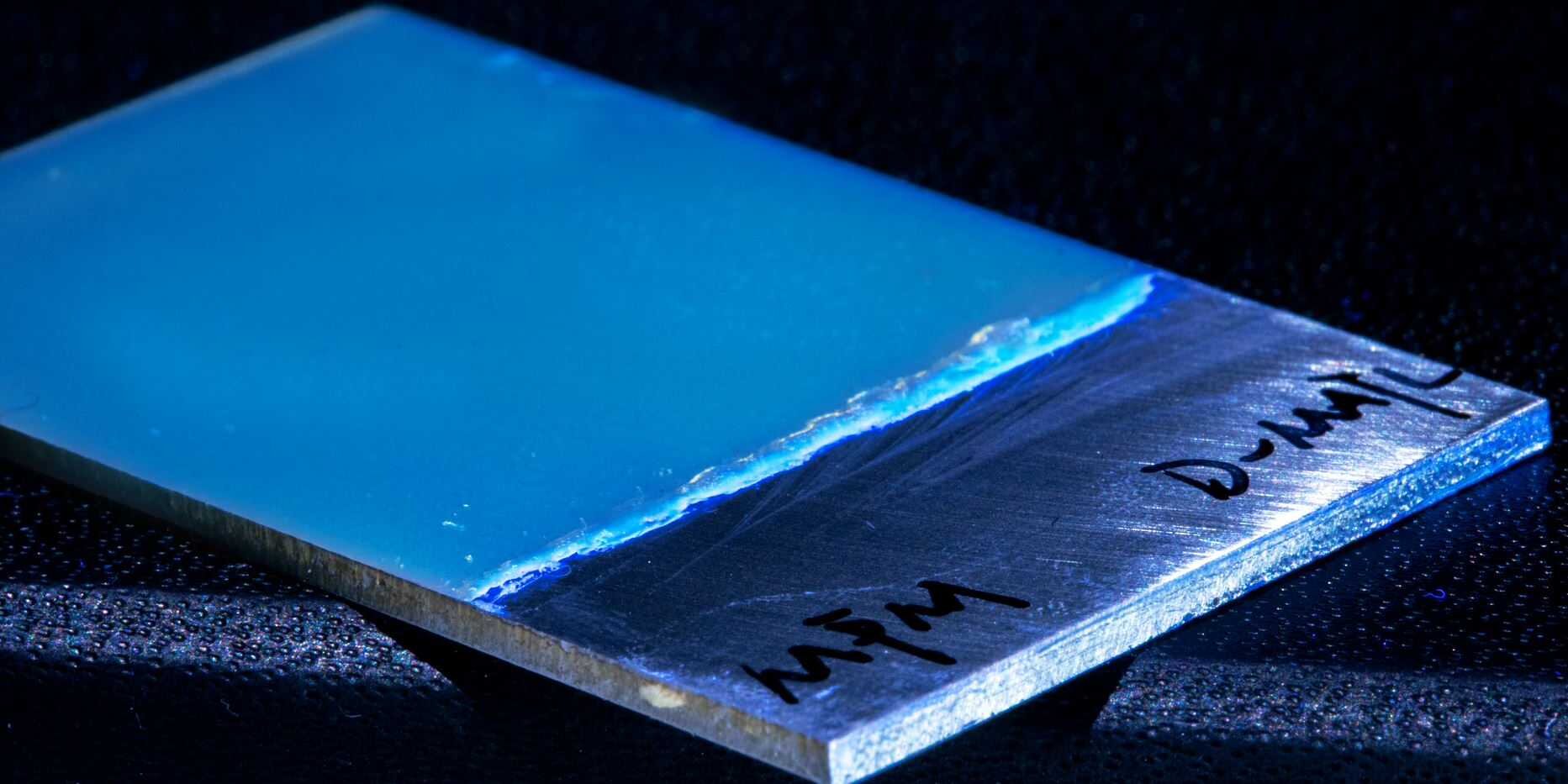
 phys.org
phys.org
Anti-dust tech
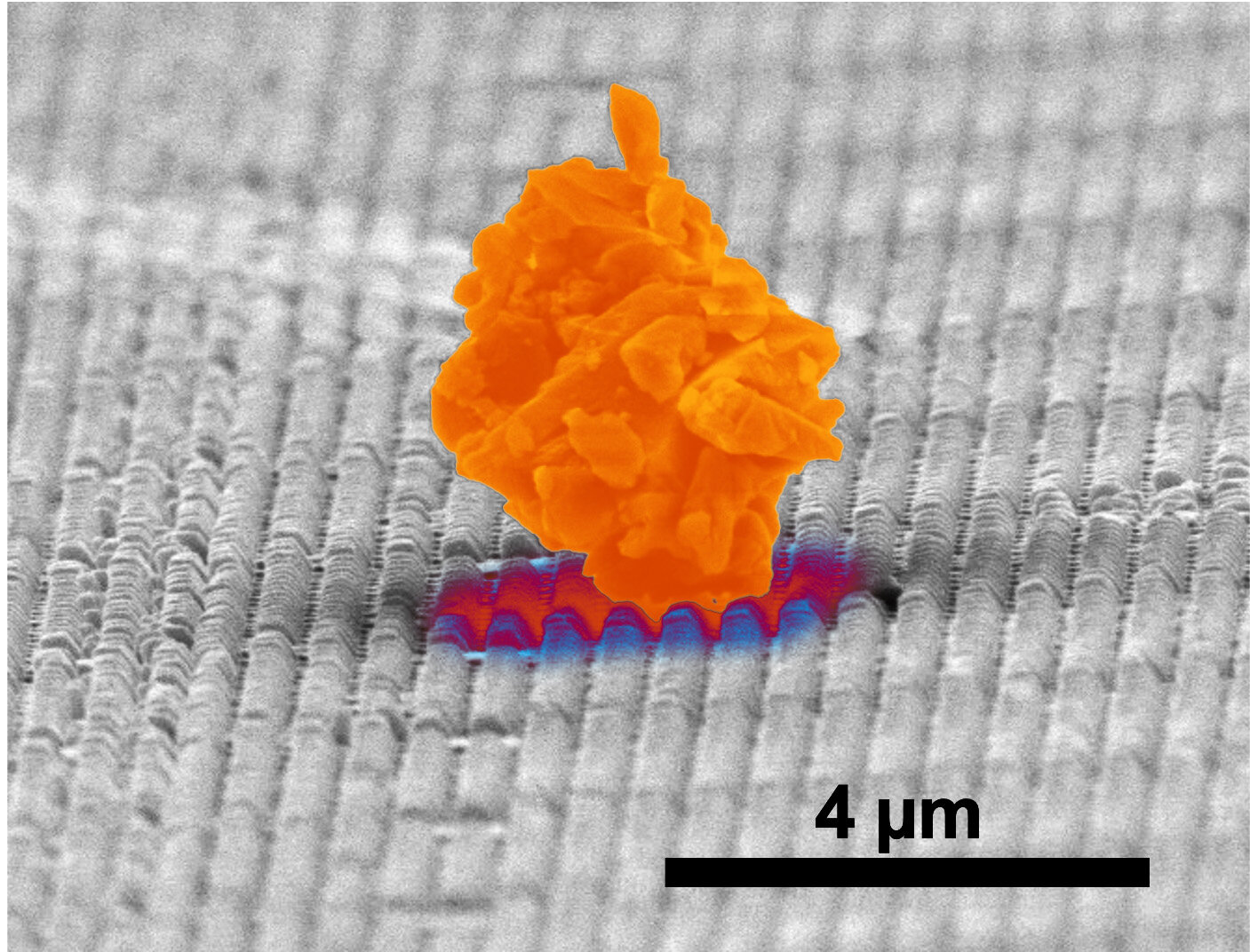
 phys.org
phys.org
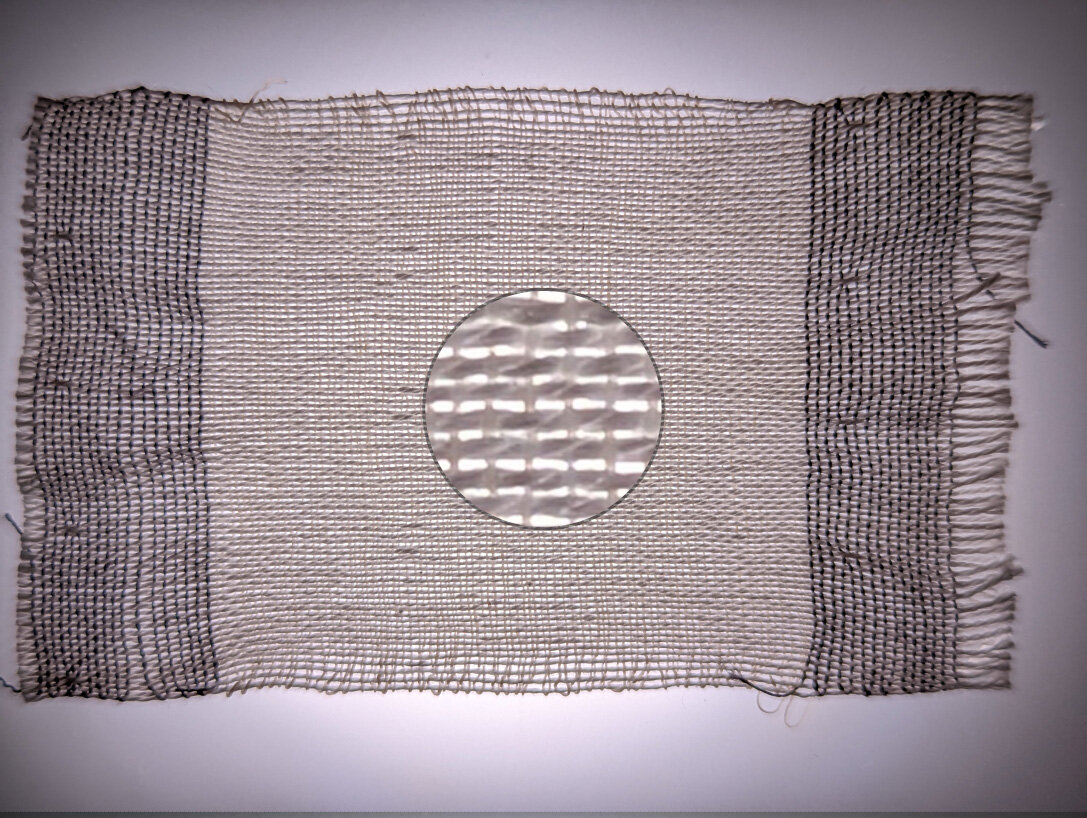
 techxplore.com
techxplore.com
New flatscreens
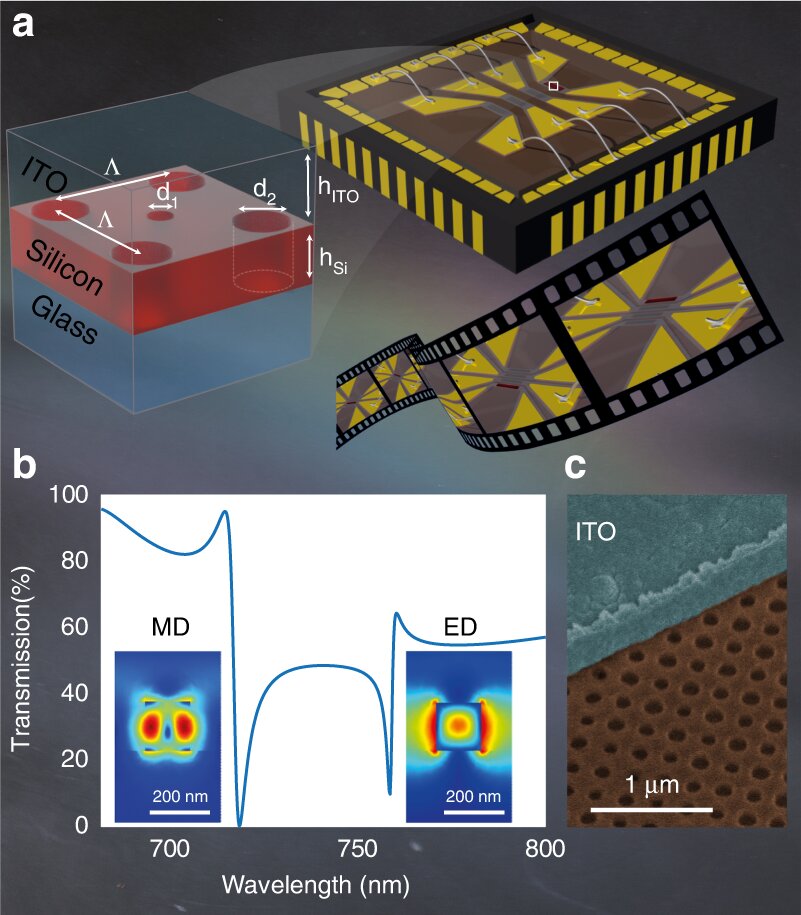
 techxplore.com
techxplore.com
Gas poisoning anti-dote
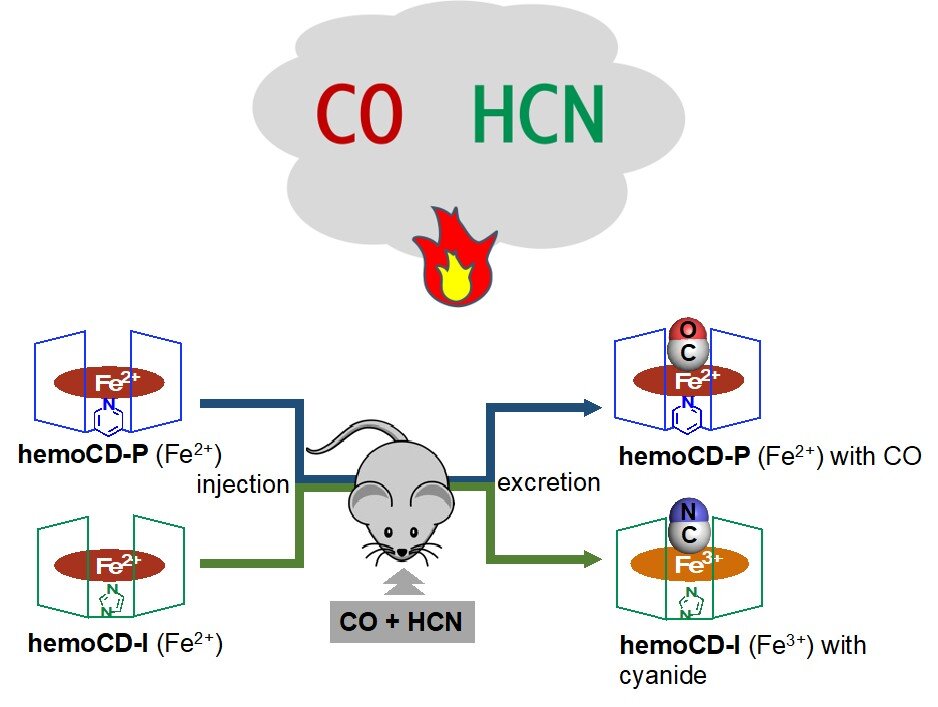
 phys.org
phys.org
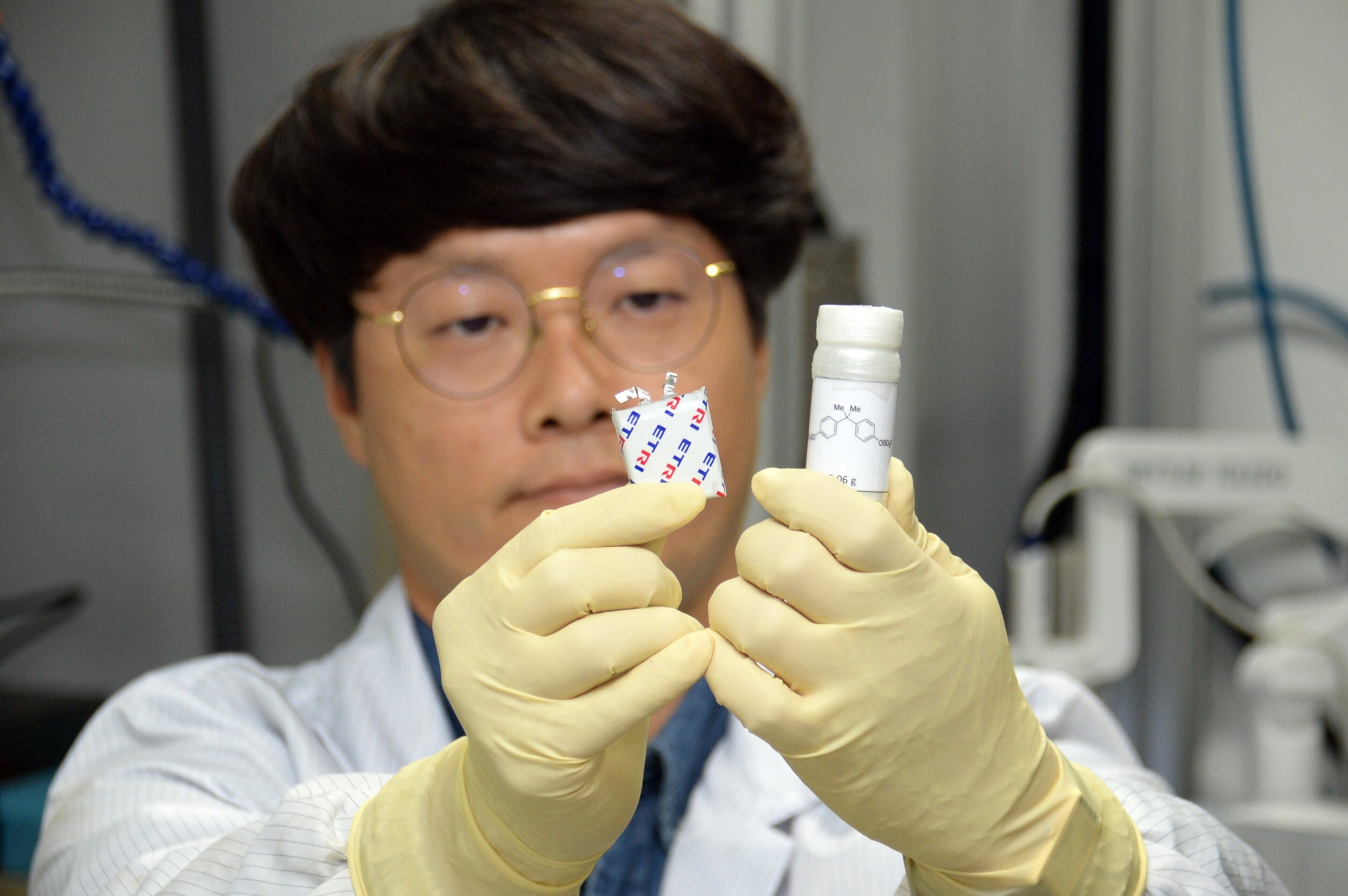
 phys.org
phys.org
The real Proteus
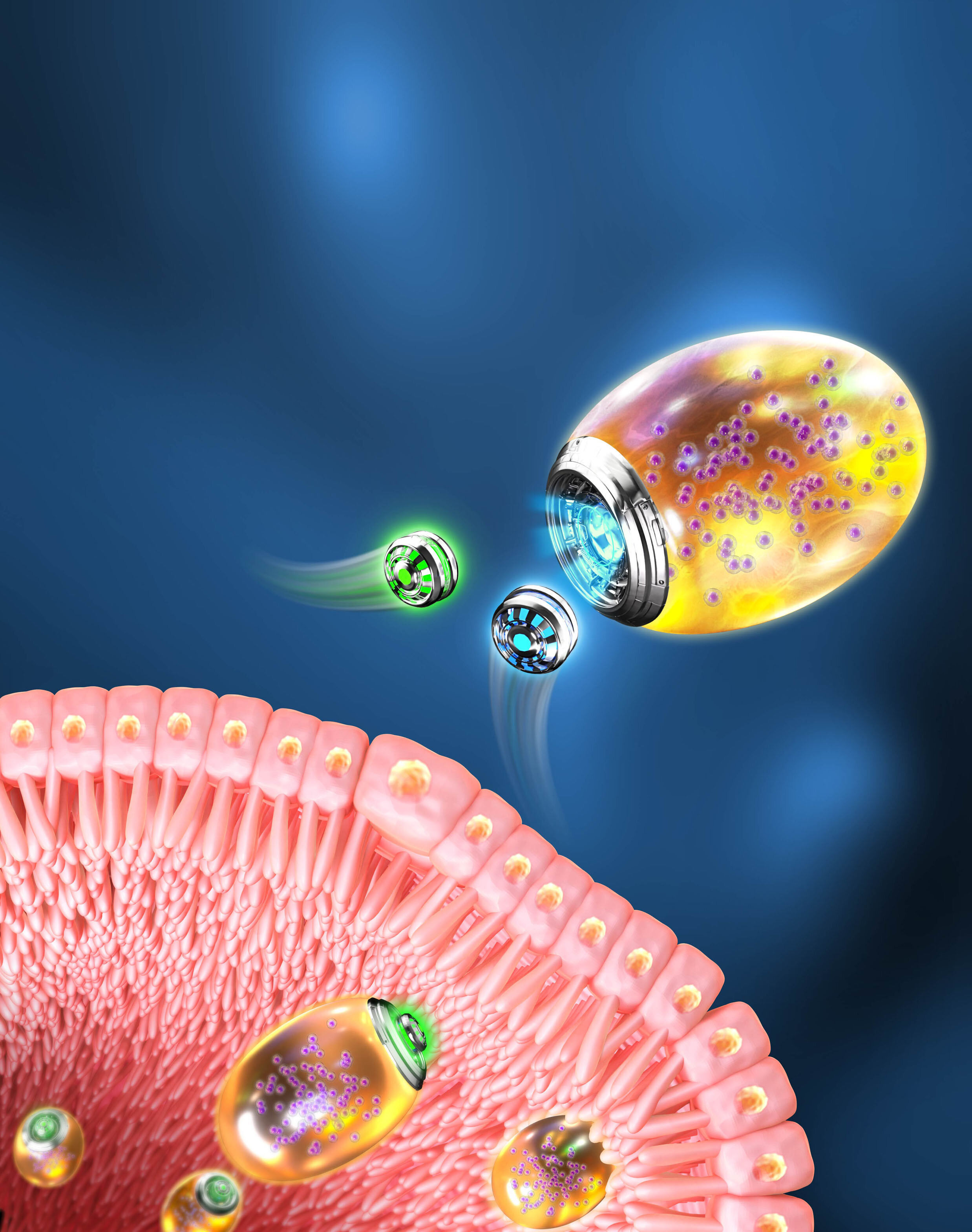
 phys.org
phys.org
Unlocking molecules
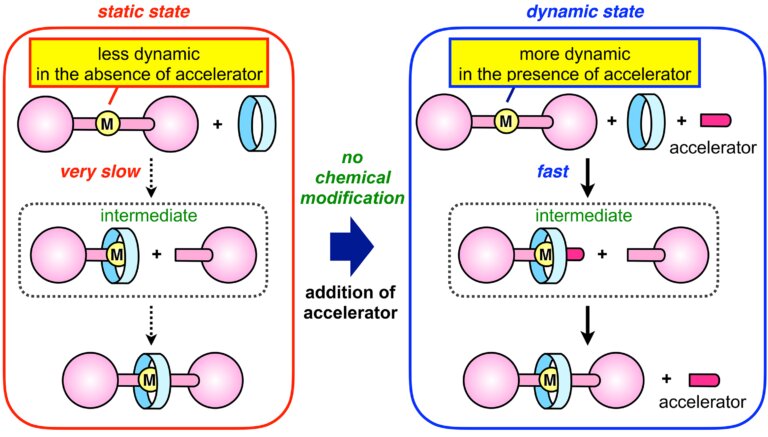
 phys.org
phys.org
Rad-trap
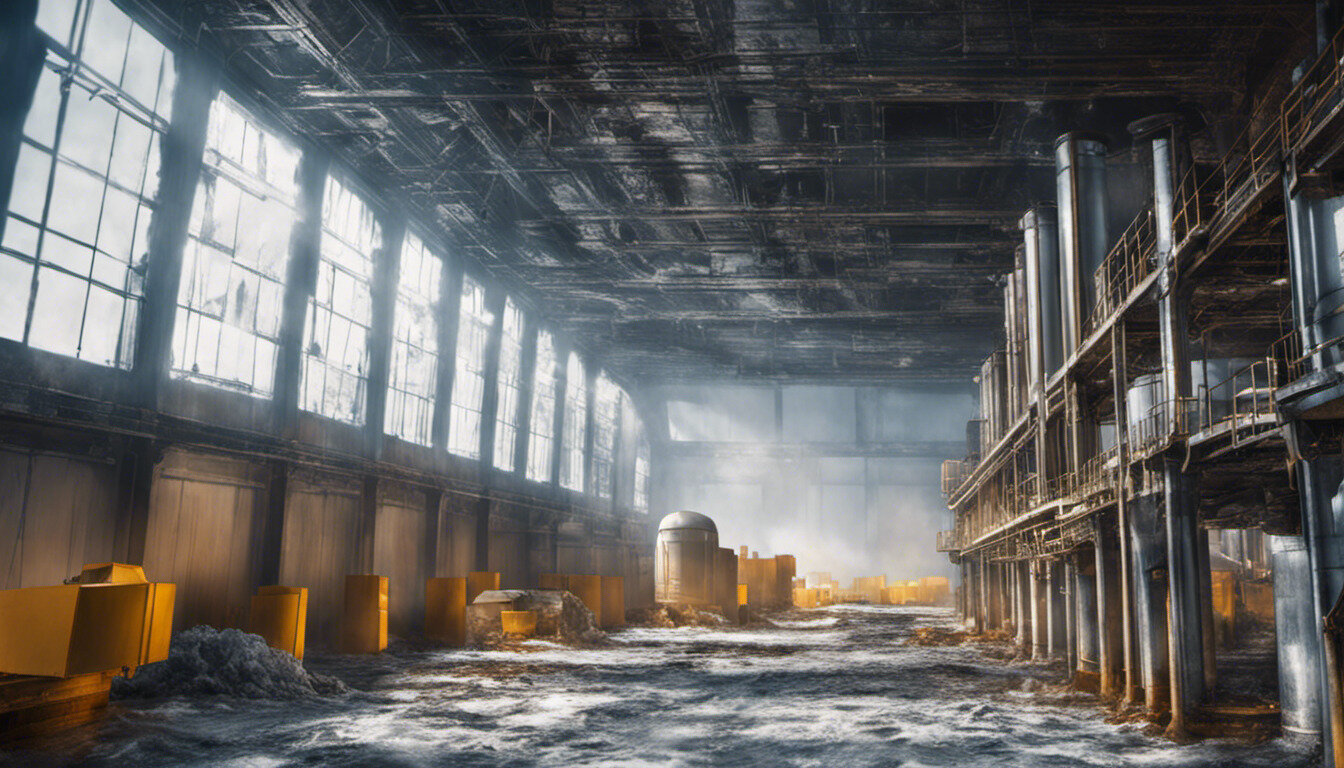
 techxplore.com
techxplore.com

New research models concept for data transport using train of satellites
Although the Pony Express lasted only a short time in the mid-1800s before being outperformed by the transcontinental telegraph, it inspired a concept for a string of small satellites to transport data from Mars to Earth and help alleviate the data logjam currently occurring in the Deep Space...
A re-think of the first law

Physicists give the first law of thermodynamics a makeover
West Virginia University physicists have made a breakthrough on an age-old limitation of the first law of thermodynamics.
Hydrogen

2D Janus materials could harvest abundant hydrogen fuel
Several studies have predicted that the water splitting reaction could be catalyzed by certain groups of 2D materials—each measuring just a few atoms thick. One particularly promising group are named 2D Janus materials, whose two sides each feature a different molecular composition.

Accelerating the commercialization of solid oxide electrolysis cells that produce green hydrogen
Green hydrogen production technology is absolutely necessary to finally realize the hydrogen economy because unlike gray hydrogen, green hydrogen does not generate large amounts of carbon dioxide in the production process.

We developed an algorithm to massively improve hydrogen fuel cell imaging and water modeling
We developed an algorithm to massively improve images of hydrogen fuel cells, with future applications in medical scanning.
Huge power generation

Power plasma with gigajoule energy turnover generated for eight minutes
After successful recommissioning in autumn 2022, the Greifswald nuclear fusion experiment has surpassed an important target. In 2023, an energy turnover of 1 gigajoule was targeted. Now the researchers have even achieved 1.3 gigajoules and a new record for discharge time on Wendelstein 7-X: the...
New fluid pump

New pumping strategy could slash energy costs of fluid transport by 22%
A collaboration between the Okinawa Institute of Science and Technology (OIST) and the Polytechnic University of Milan has found that when a fluid is pumped through a pipe in an intermittent way, the cost of transport is significantly reduced.

Generating Fermat's spiral patterns using solutal Marangoni-driven coiling in an aqueous two-phase system
The team led by Professor Anderson Ho Cheung Shum of the Department of Mechanical Engineering, The University of Hong Kong (HKU) has accomplished a key breakthrough in fluid dynamics, by developing a three-dimensional Marangoni transport system in an aqueous two-phase system. The project was...
Flexible electronics

Using a solidified liquid metal to build 3D flexible electronics
In recent years, engineers and material scientists have been trying to identify particularly promising materials for creating flexible electronics of different shapes and sizes. Ultimately, these electronics could be integrated in wearable devices (e.g., smart watches and medical devices to...

Testing the use of kombucha to make circuit boards
A small international team of material and computer engineers has tested the possibility of using kombucha to make electronic circuit boards. Their paper, posted on the arXiv pre-print server, describes various methods of printing circuitry onto the dried mats.

Researchers make a new type of quantum material with a dramatic distortion pattern
Researchers at the Department of Energy's SLAC National Accelerator Laboratory and Stanford University have created a new type of quantum material whose atomic scaffolding, or lattice, has been dramatically warped into a herringbone pattern.

AI conjures proteins that speed up chemical reactions
For the first time, scientists have used machine learning to create brand-new enzymes, which are proteins that accelerate chemical reactions. This is an important step in the field of protein design, as new enzymes could have many uses across medicine and industrial manufacturing.
Imaging

A universal domain adaptation technique for remote sensing image classification
Domain adaptation approaches are techniques designed to improve the performance of computational models in specific target domains. These techniques are particularly valuable for tackling problems for which there is only a limited amount of relevant annotated data and for which training machine...
New microscope

MoBIE enables modern microscopy with massive data sets
High-resolution microscopy techniques, for example electron microscopy or super-resolution microscopy, produce huge amounts of data. The visualization, analysis and dissemination of such large imaging data sets poses significant challenges.

Neuromorphic camera and machine learning aid nanoscopic imaging
In a new study, researchers at the Indian Institute of Science (IISc) show how a brain-inspired image sensor can go beyond the diffraction limit of light to detect miniscule objects such as cellular components or nanoparticles invisible to current microscopes. Their novel technique, which...
Corrosion fighter

New corrosion protection that repairs itself
Skyscrapers, bridges, ships, airplanes, cars—everything humans make or build sooner or later decays. The ravages of time are known as corrosion; nothing is safe from it.
Anti-dust tech

Anti-dust tech paves way for self-cleaning surfaces
Dust is a common fact of life, and it's more than just a daily nuisance—it can get into machinery and equipment, causing loss of efficiency or breakdowns.

Developing fabrics that change shape when they heat up
New textiles developed at Aalto University change shape when they heat up, giving designers a wide range of new options. In addition to offering adjustable esthetics, responsive smart fabrics could also help monitor people's health, improve thermal insulation, and provide new tools for managing...
New flatscreens

'Metasurfaces' could spark next generation of significantly thinner and cheaper flat screens
Researchers have developed a proof of concept technology that could pave the way for next-generation displays beyond current LCDs and LEDs, enabling screens and electronic devices to become thinner, offer higher resolution and be much more energy efficient.
Gas poisoning anti-dote

Novel synthetic porphyrin as a dual antidote against fire gas poisoning
When buildings burn, the burning materials generate highly toxic carbon monoxide (CO) and hydrogen cyanide (HCN) gases, which can be fatal upon ingestion. Once inhaled, these gases bind strongly to hemoglobin, cytochromes, and iron containing compounds known as hemes, and block normal aerobic...

The world's first fluorosulfate-based flame retardant additive
In lithium-ion batteries commonly used in electric vehicles, incombustible additives are added to the electrolyte in preparation for the possibility of ignition. ETRI researchers succeeded in developing a fluorosulfate-based flame retardant additive for the first time in the world. This is...
The real Proteus

Twin-bioengine self-adaptive micro/nanorobots developed for gastrointestinal inflammation therapy
Micro/nanorobots with self-propelling and self-navigating capabilities have attracted extensive attention in from researchers in drug delivery and therapy due to their controllable locomotion in hard-to-reach body tissues.
Unlocking molecules

Locking and unlocking molecular structures on demand
Researchers at Kanazawa University report in Angewandte Chemie International Edition how the formation and deformation speed of interlocked molecular structures called rotaxanes can be tuned—a discovery that may lead to an enhanced functionality of rotaxanes as building blocks for molecular...
Rad-trap

A new way to trap radioactive waste in minerals for long-term storage
There are around 440 nuclear power plants operating in 32 countries around the world, supplying some 10% of the world's electricity. Another 60 reactors are under construction, and 300 more are proposed.

